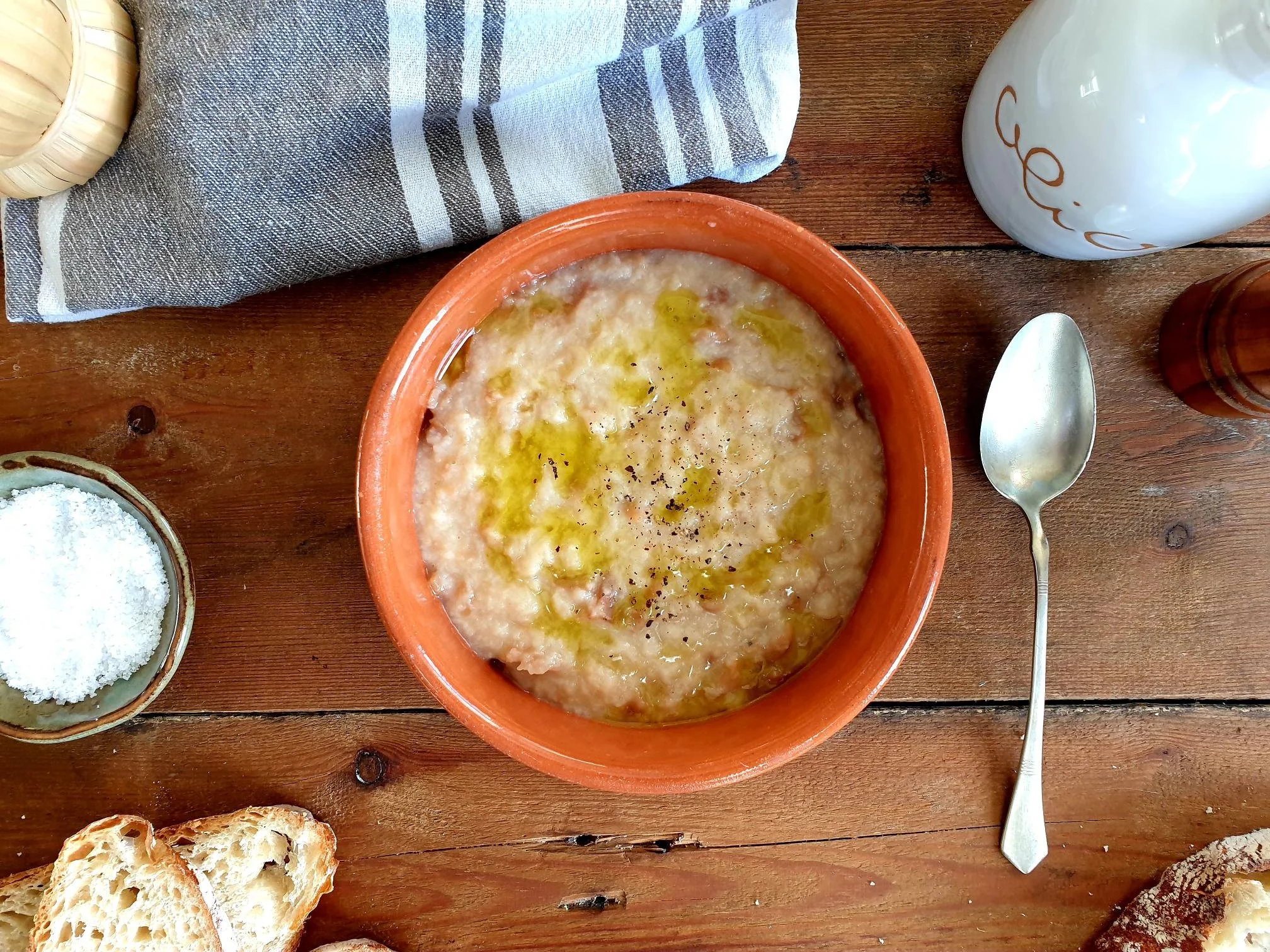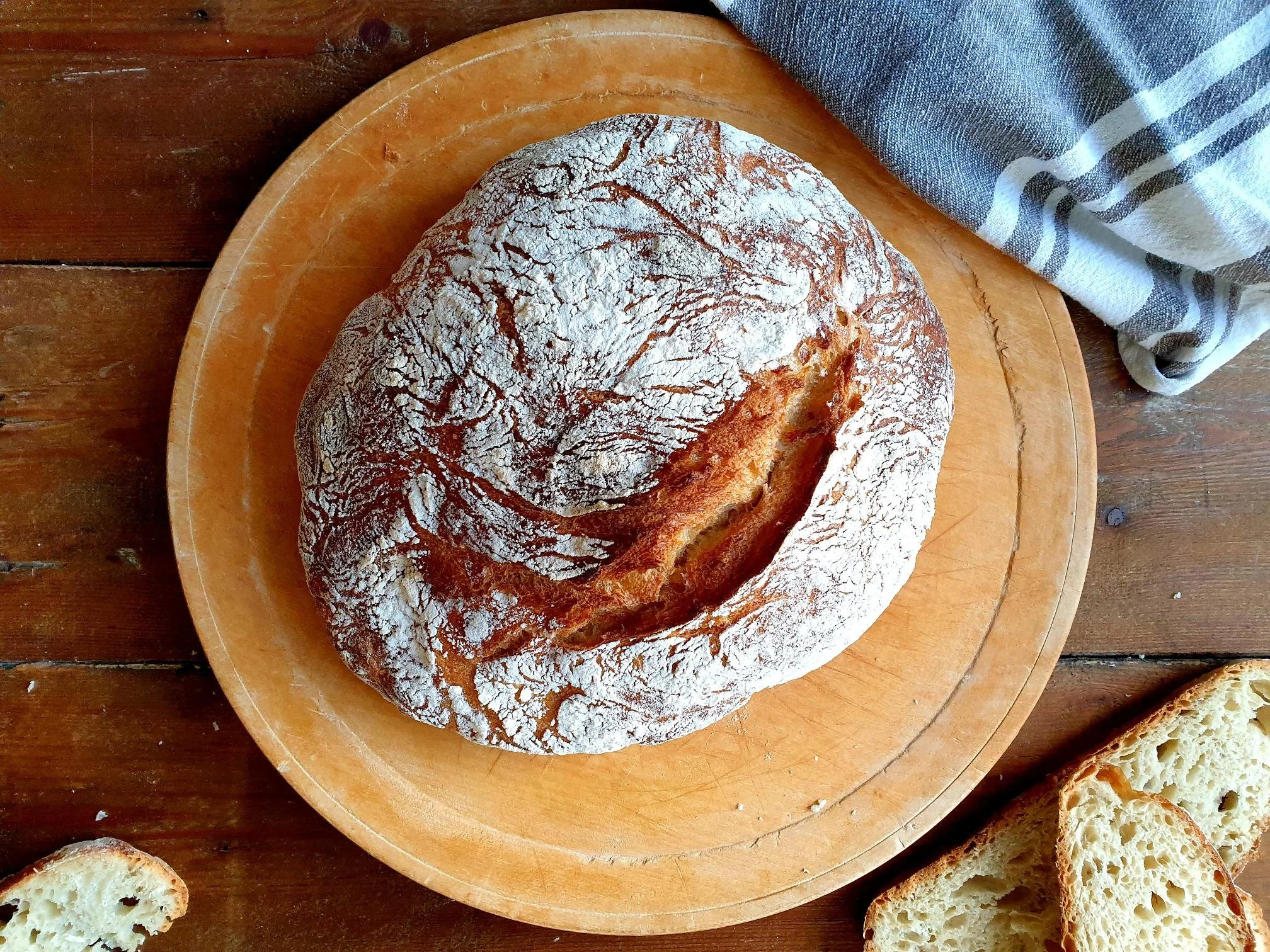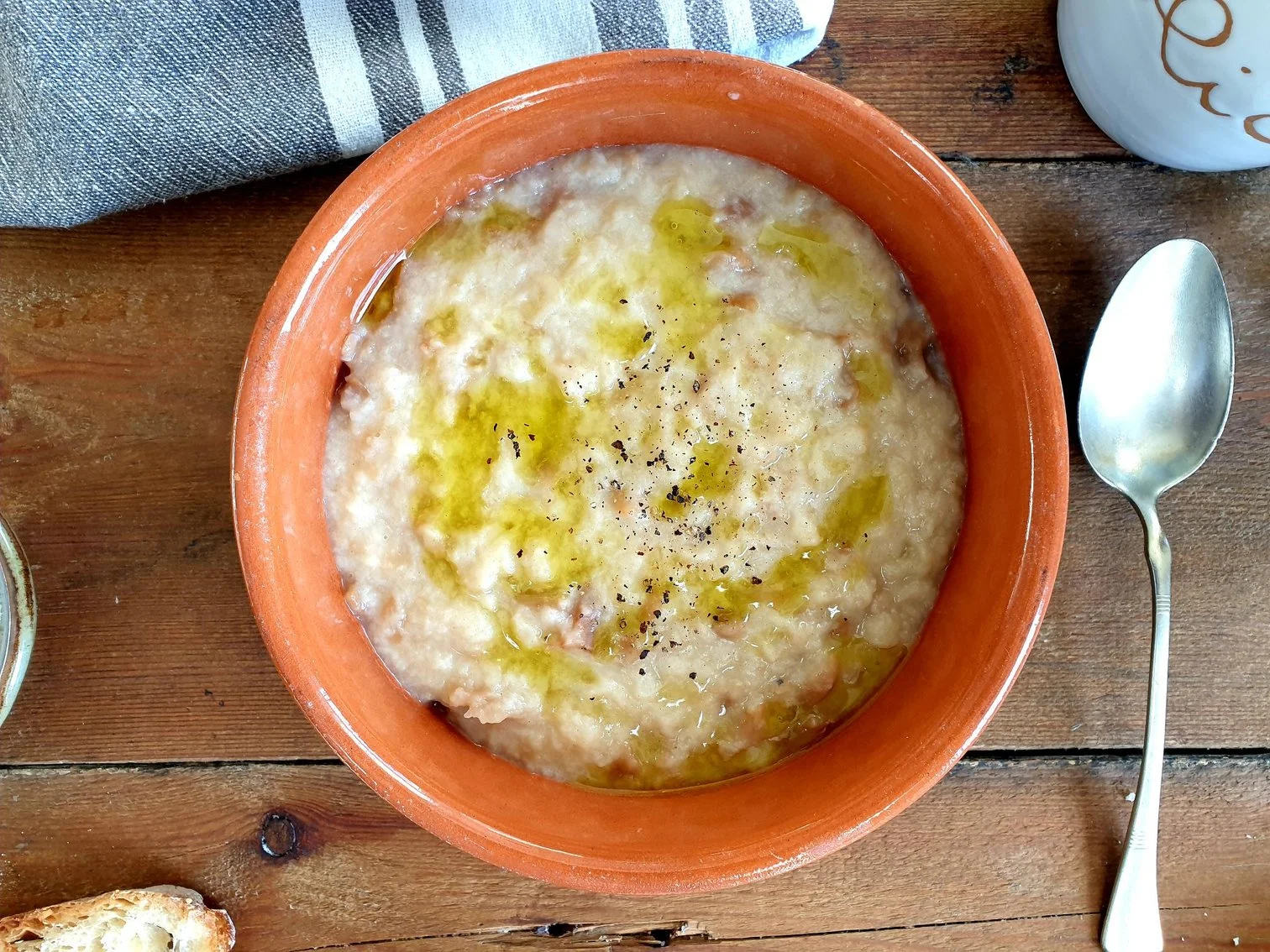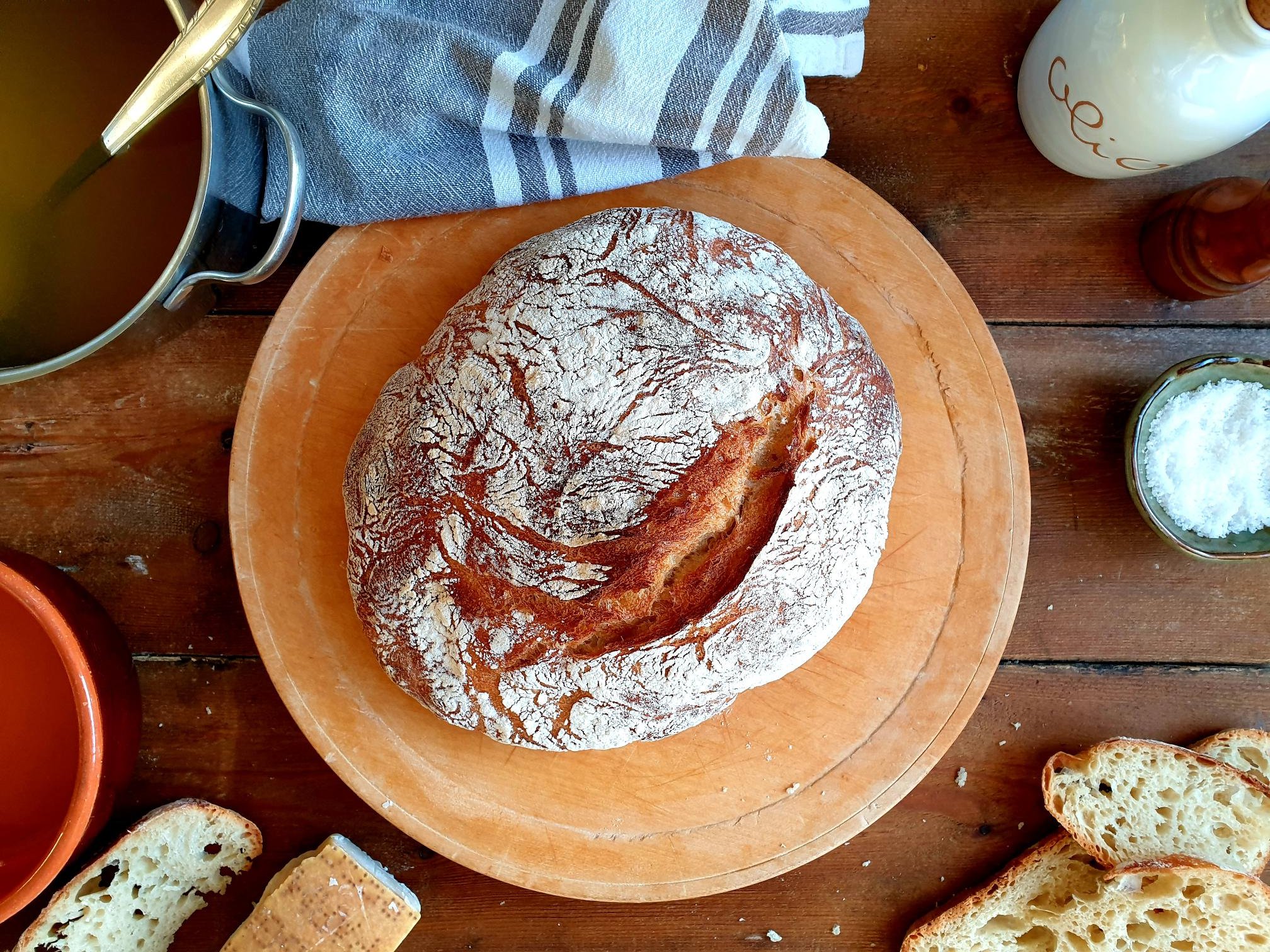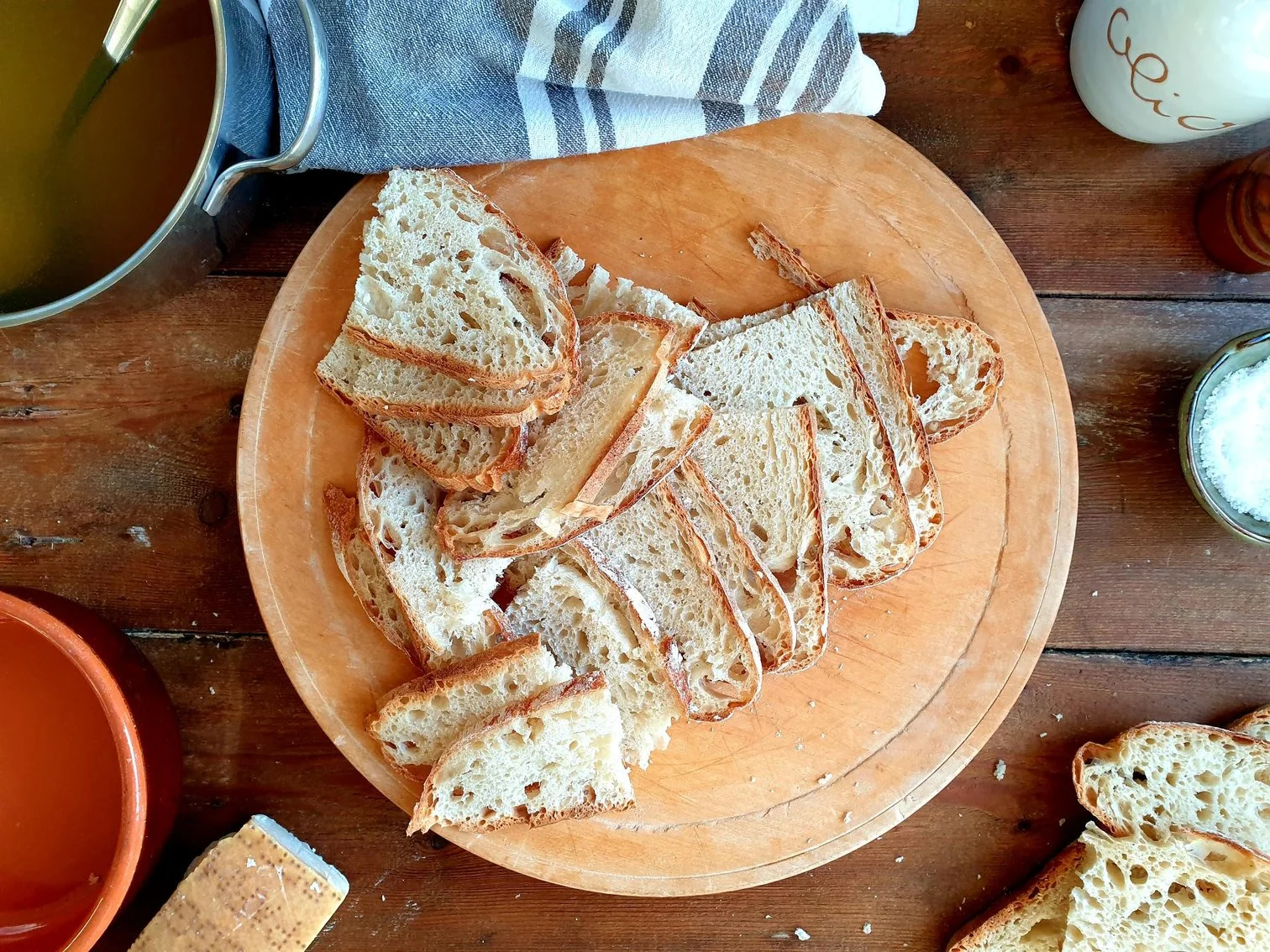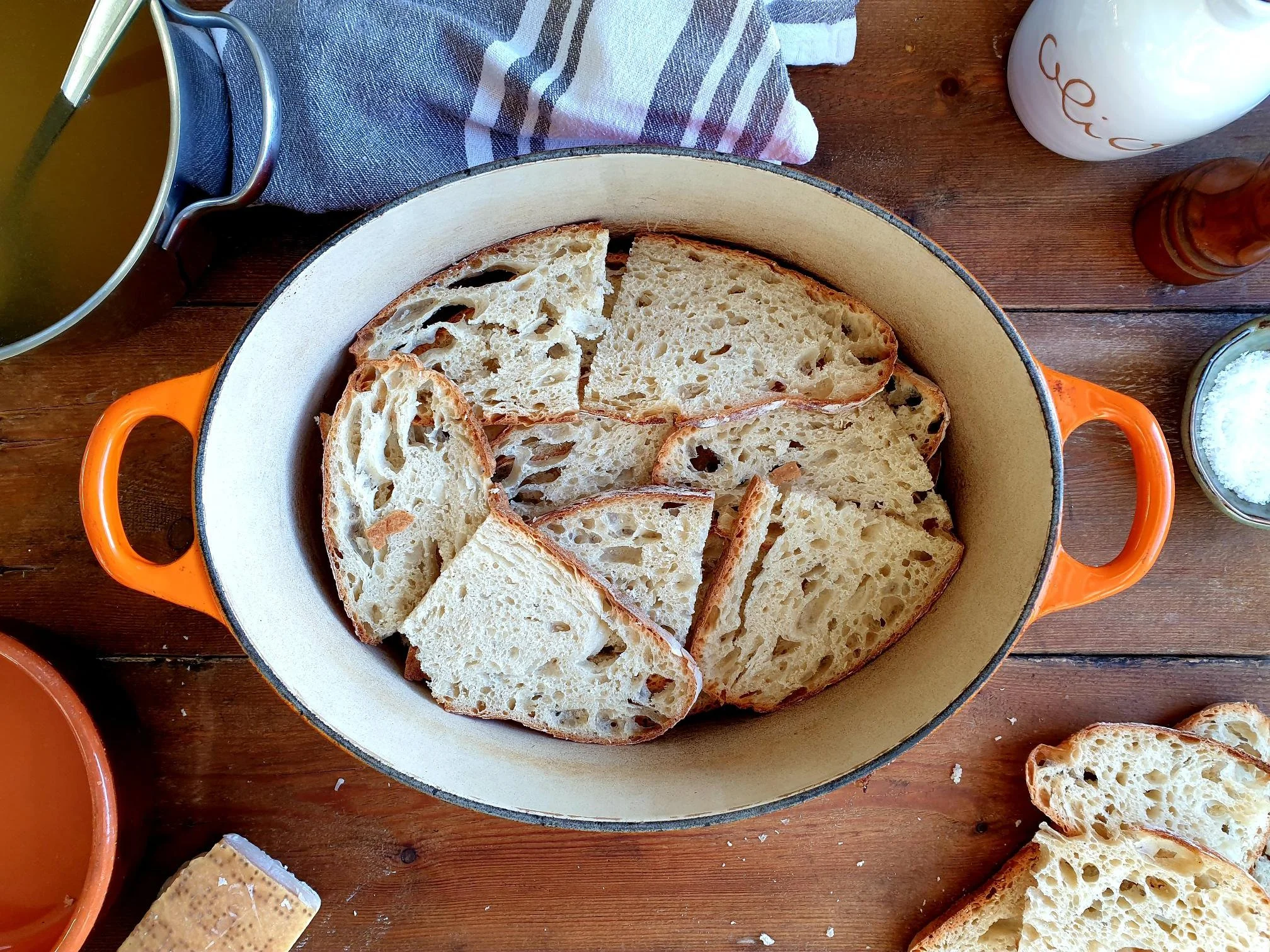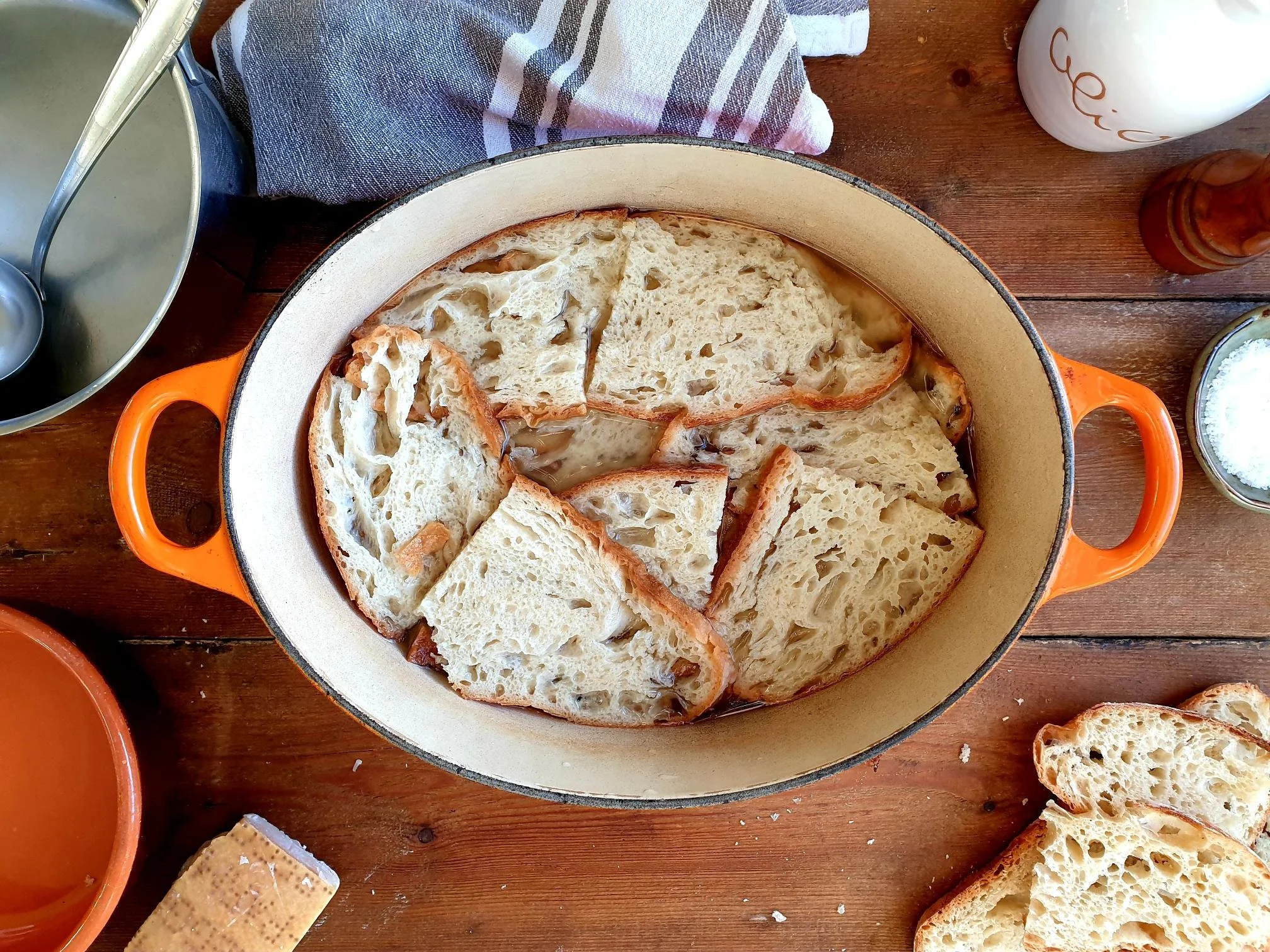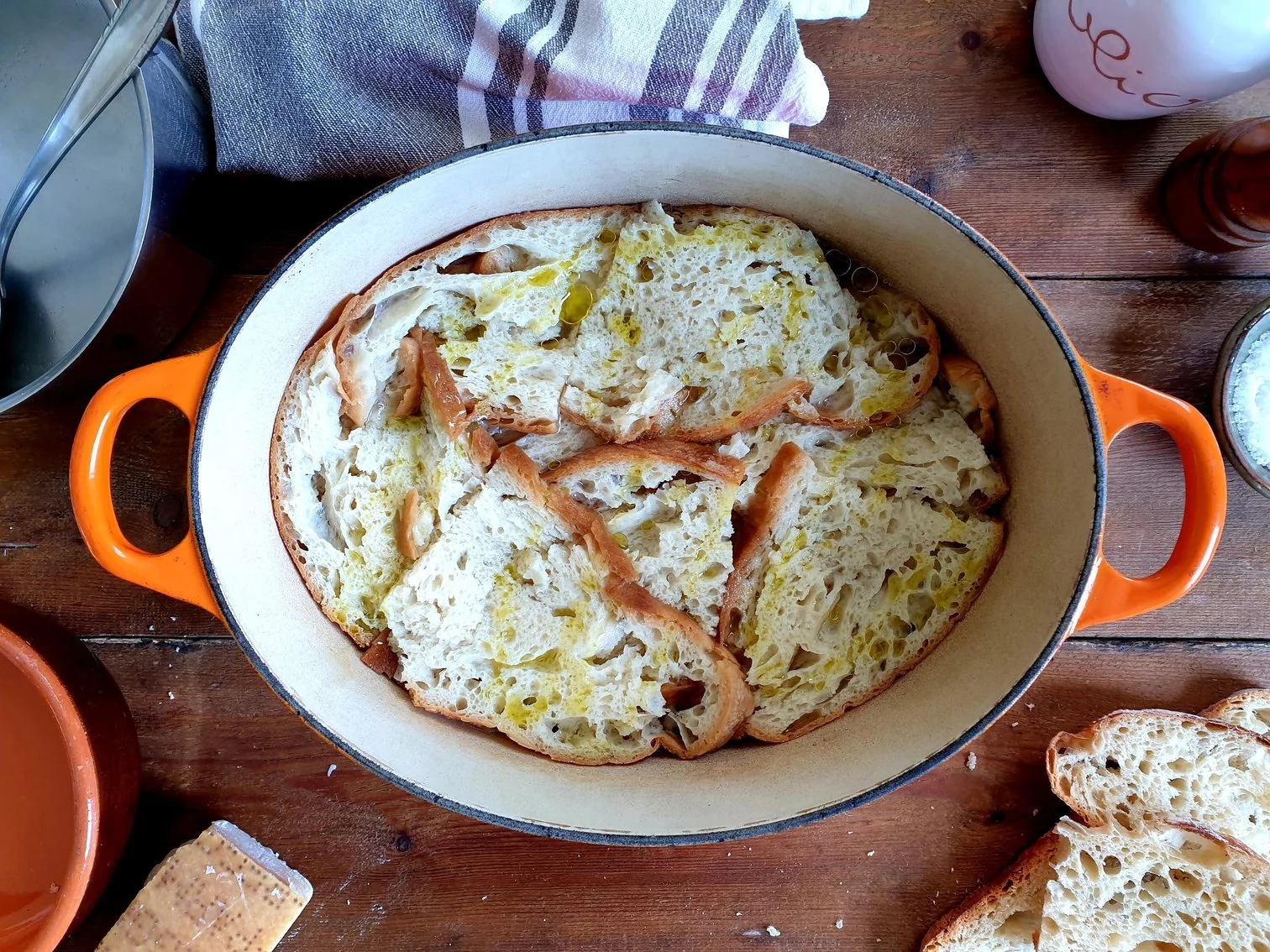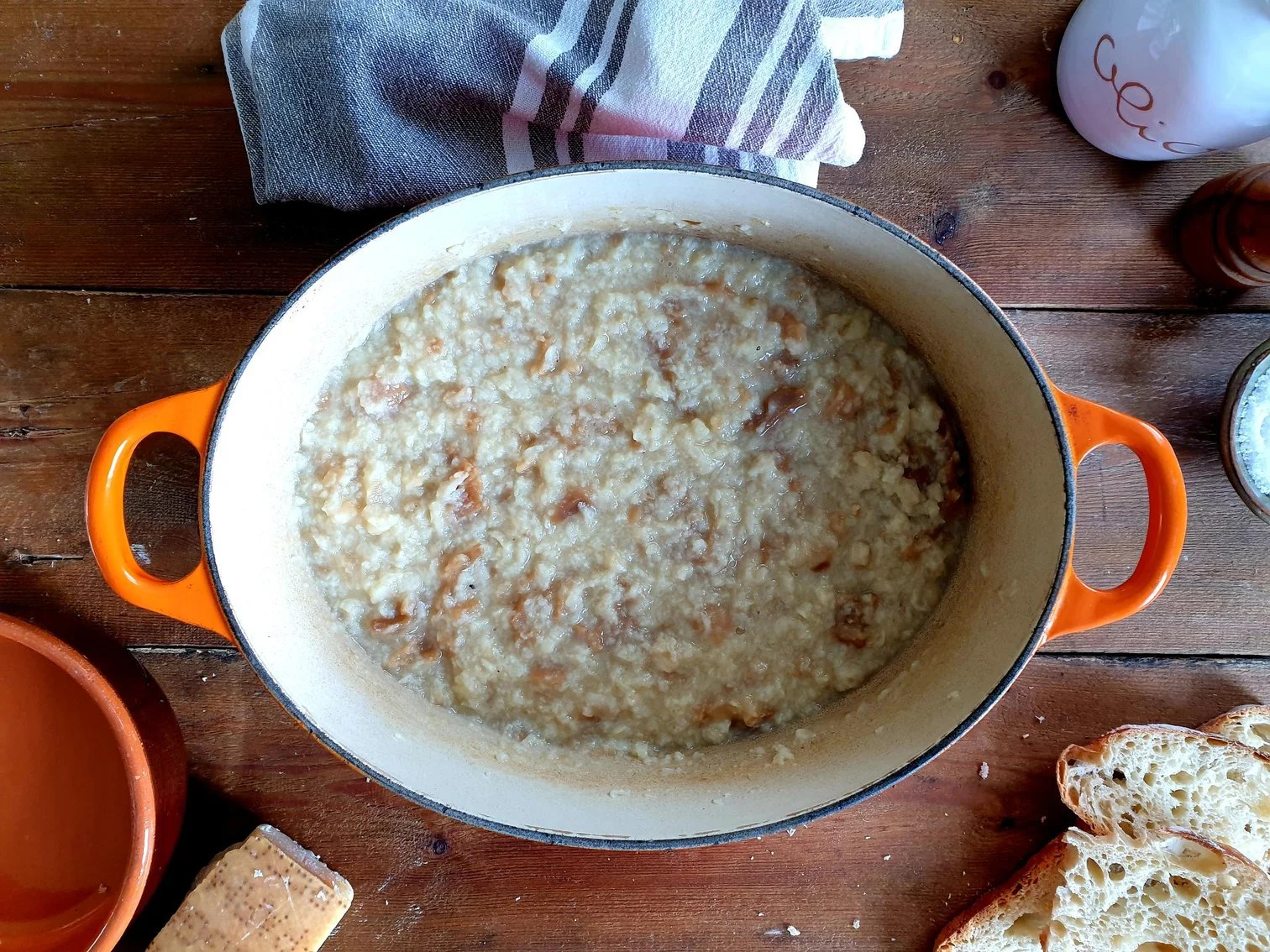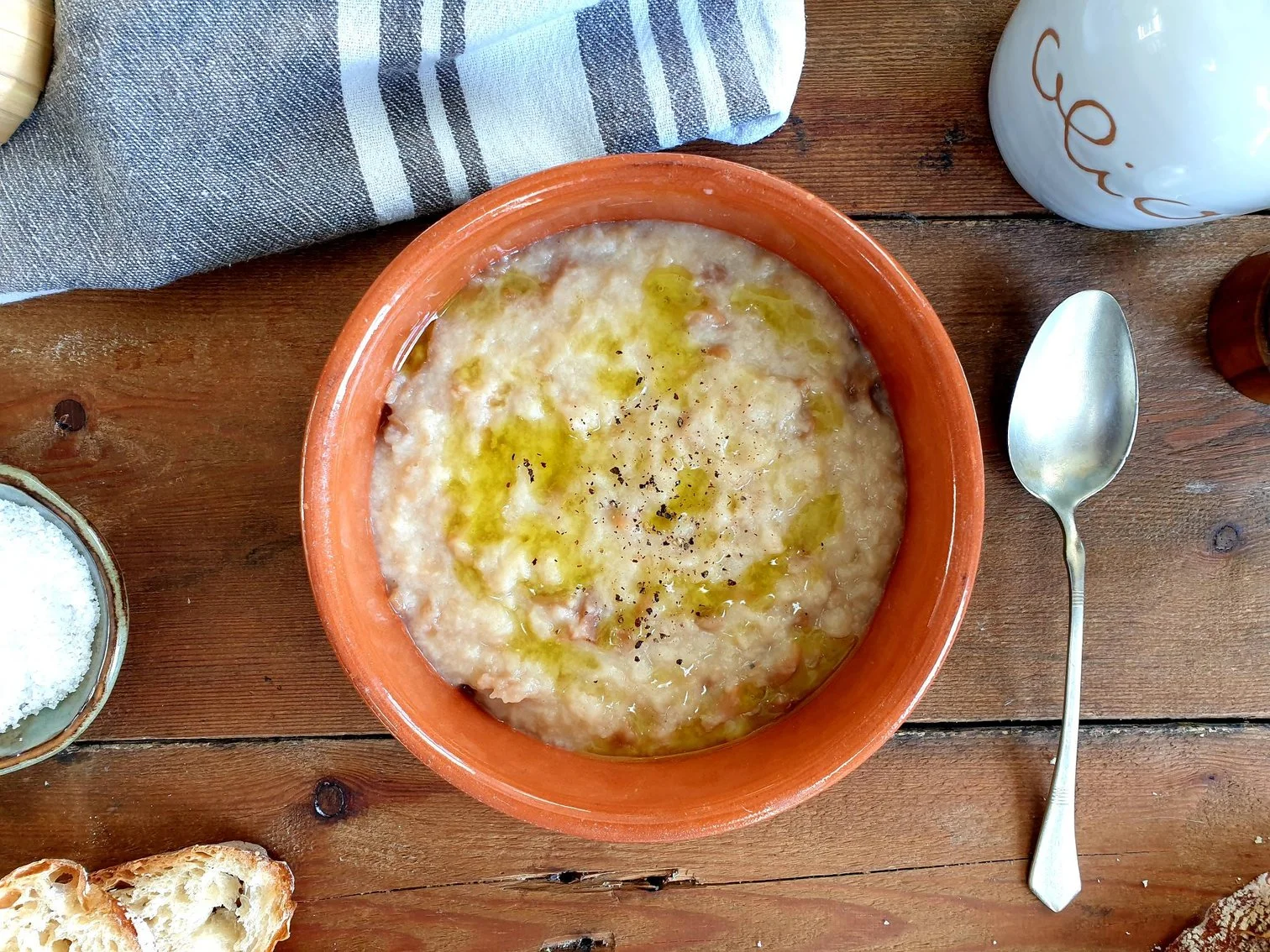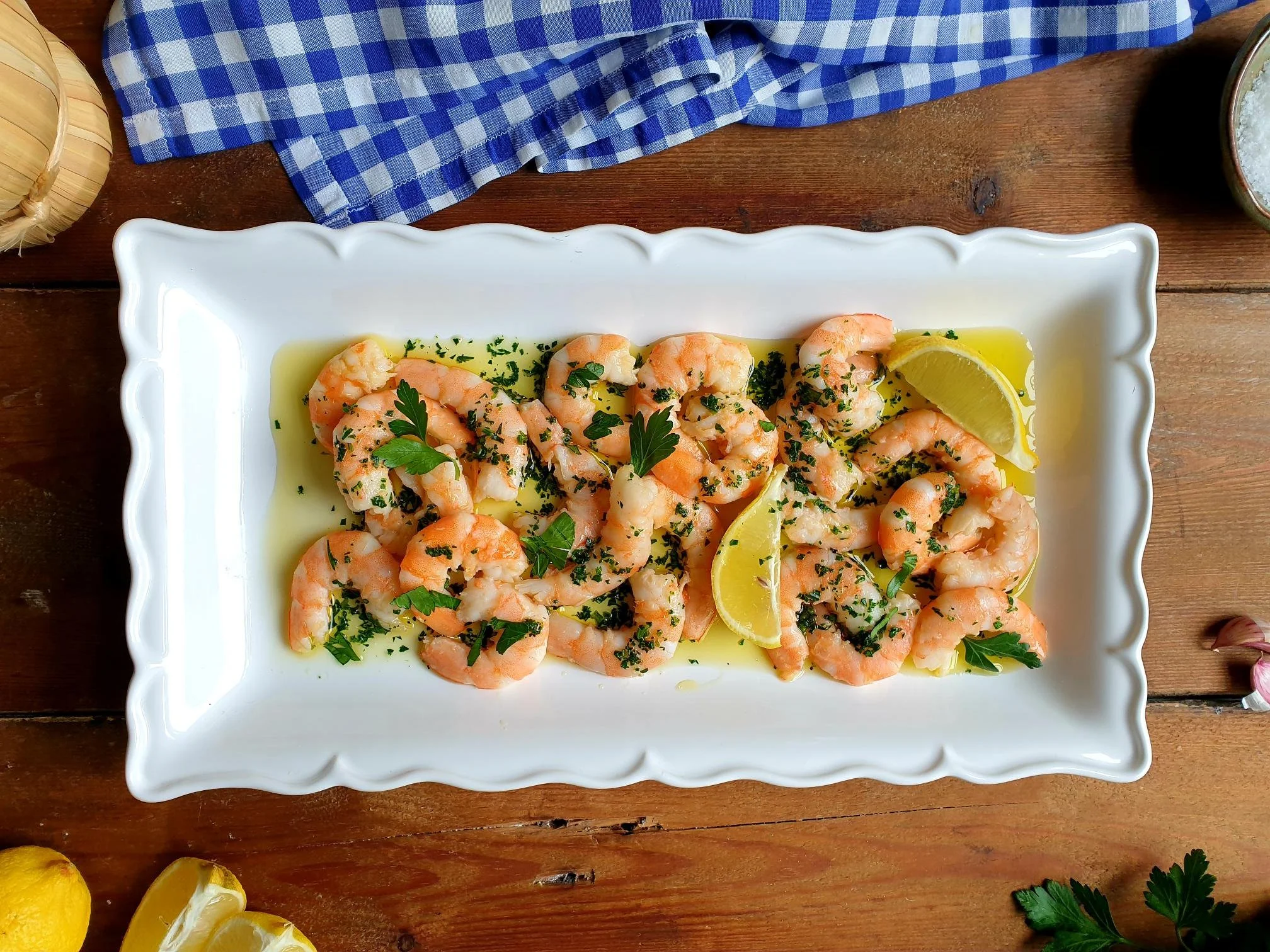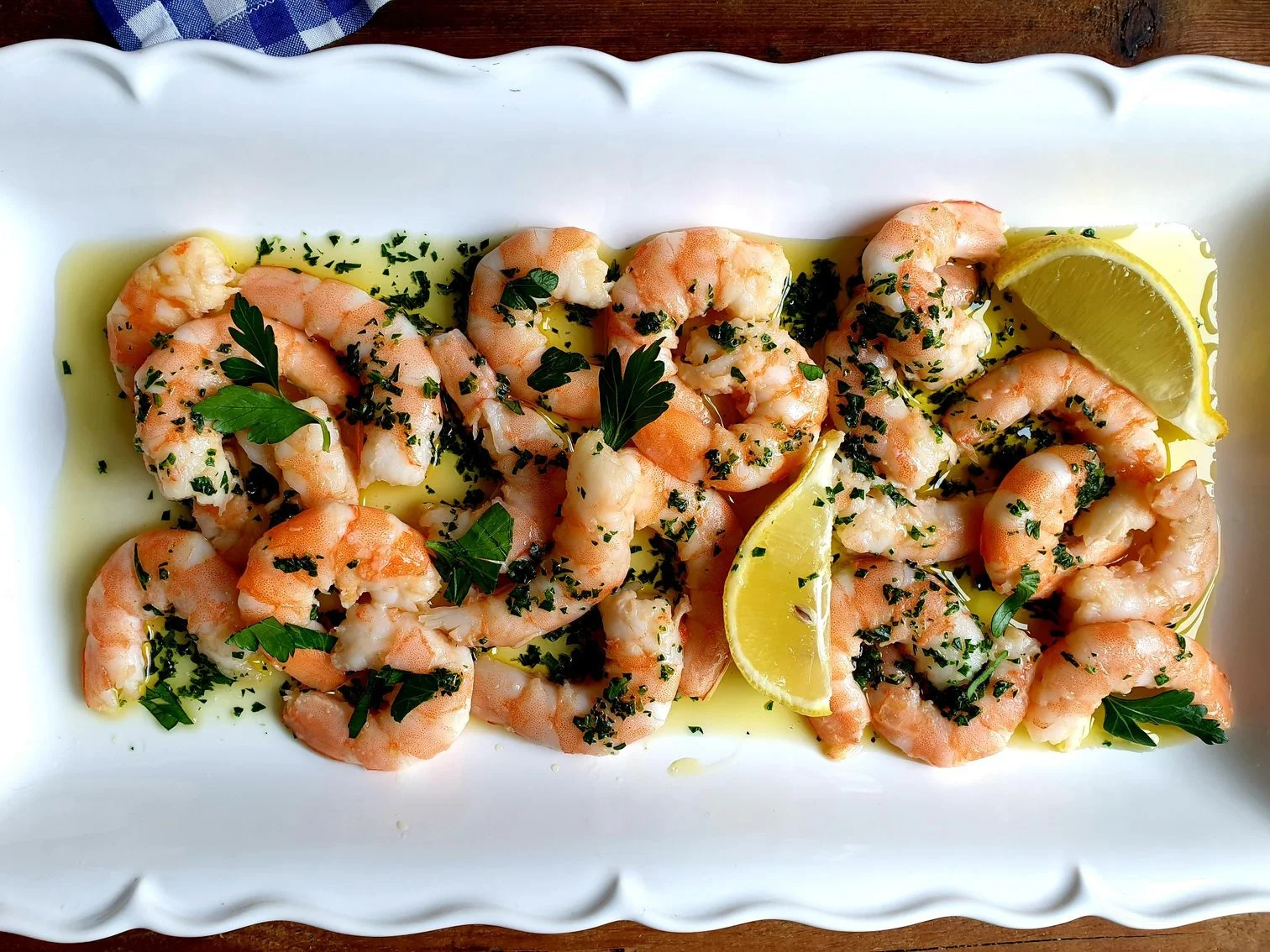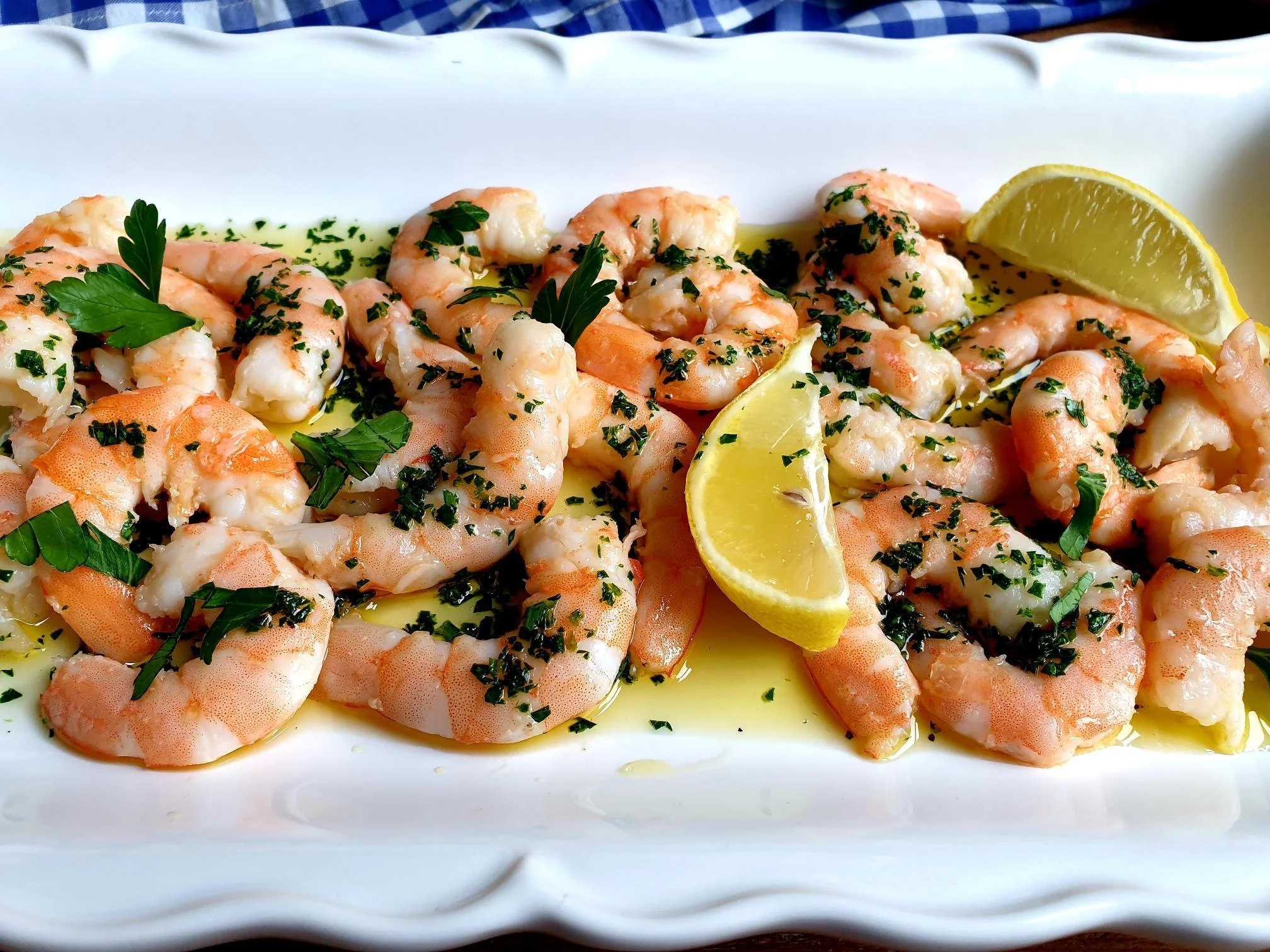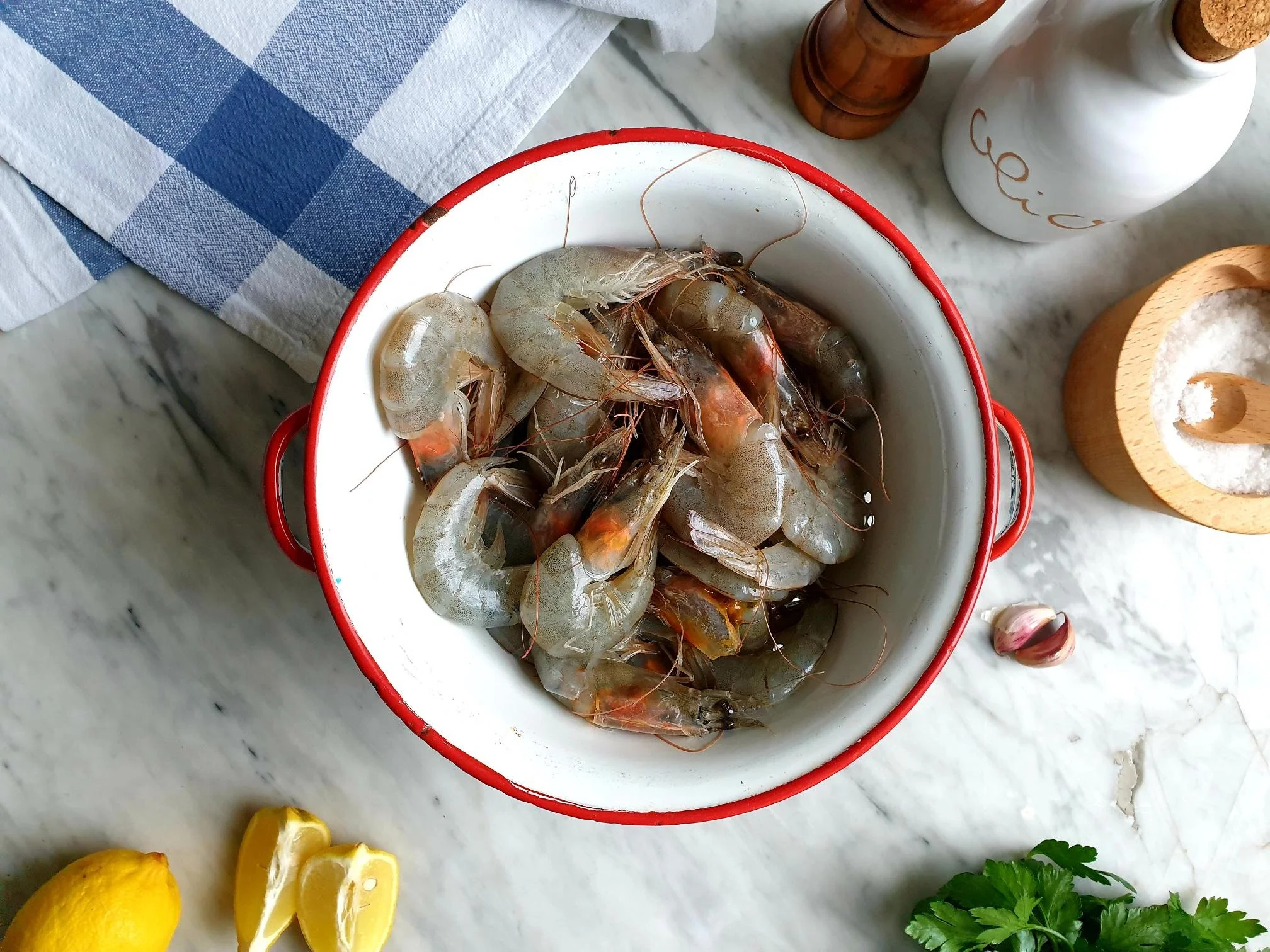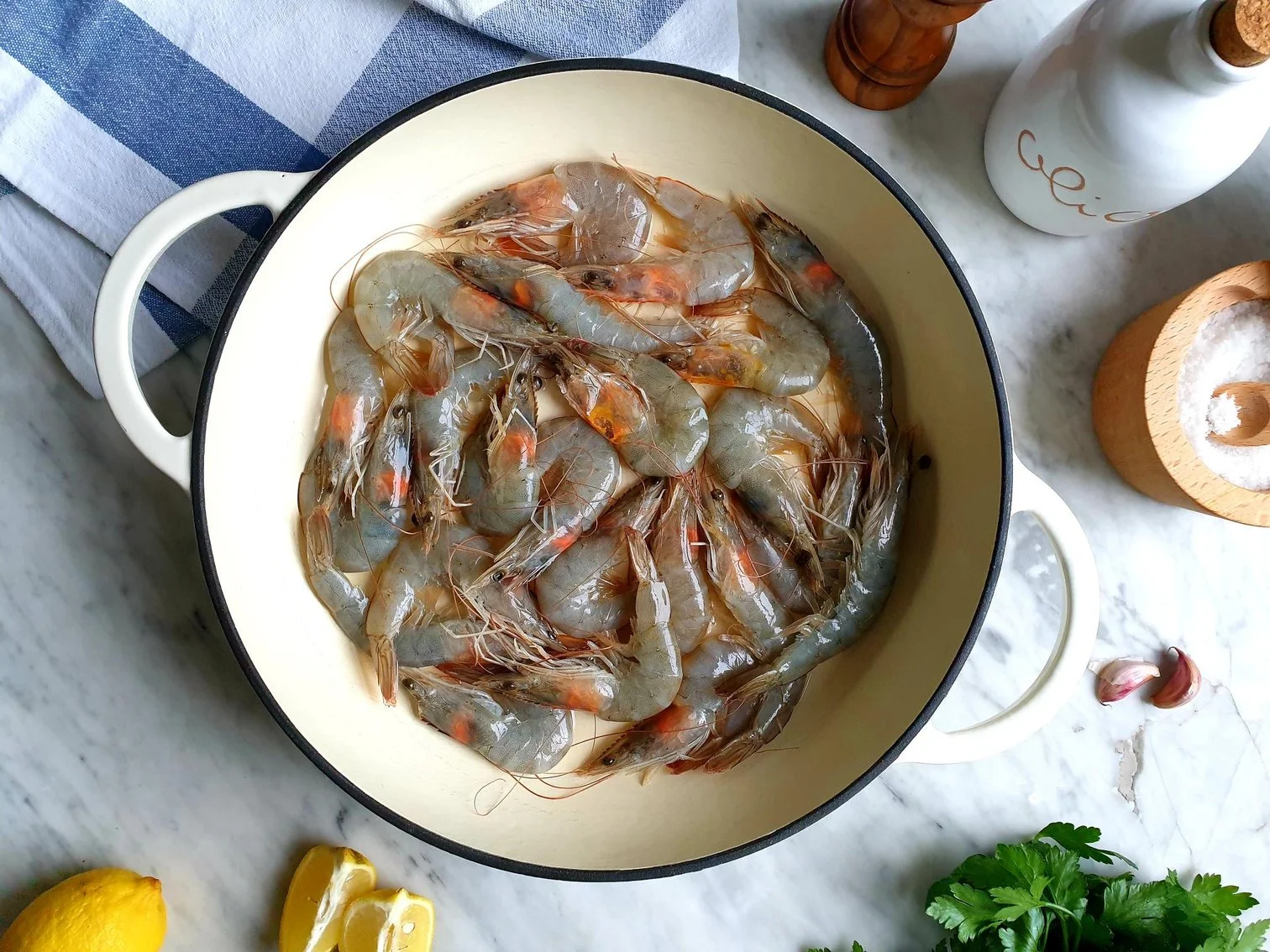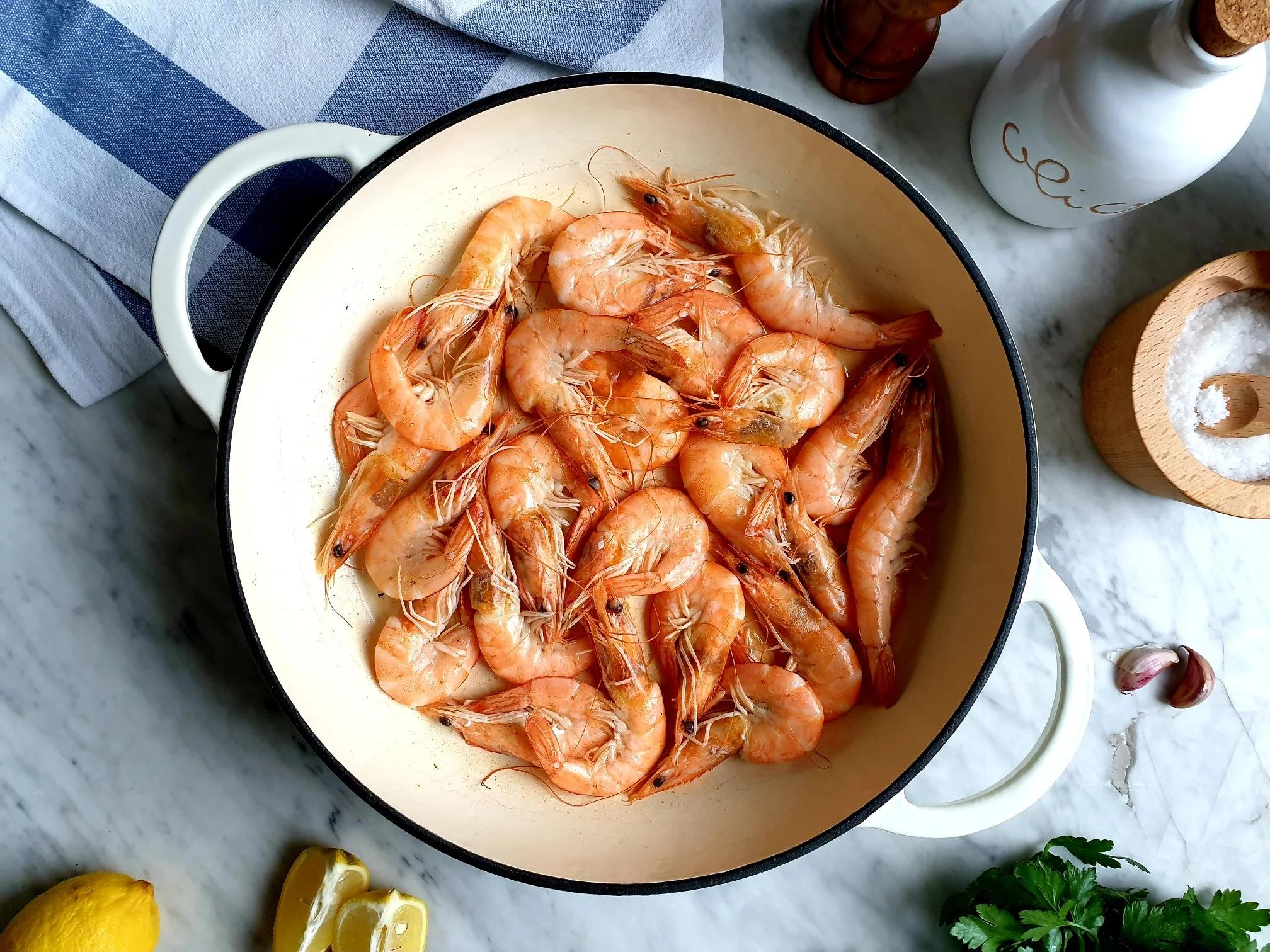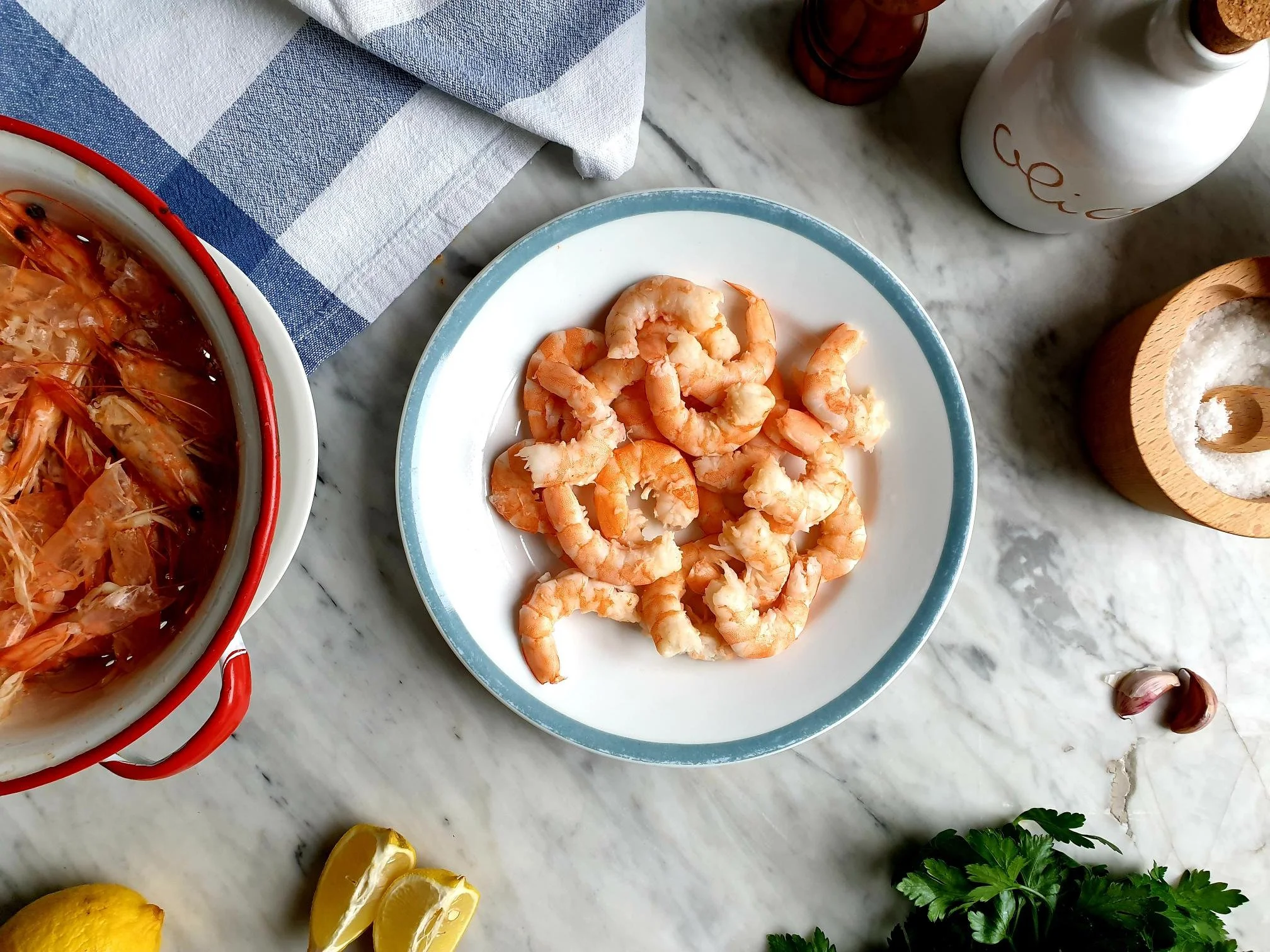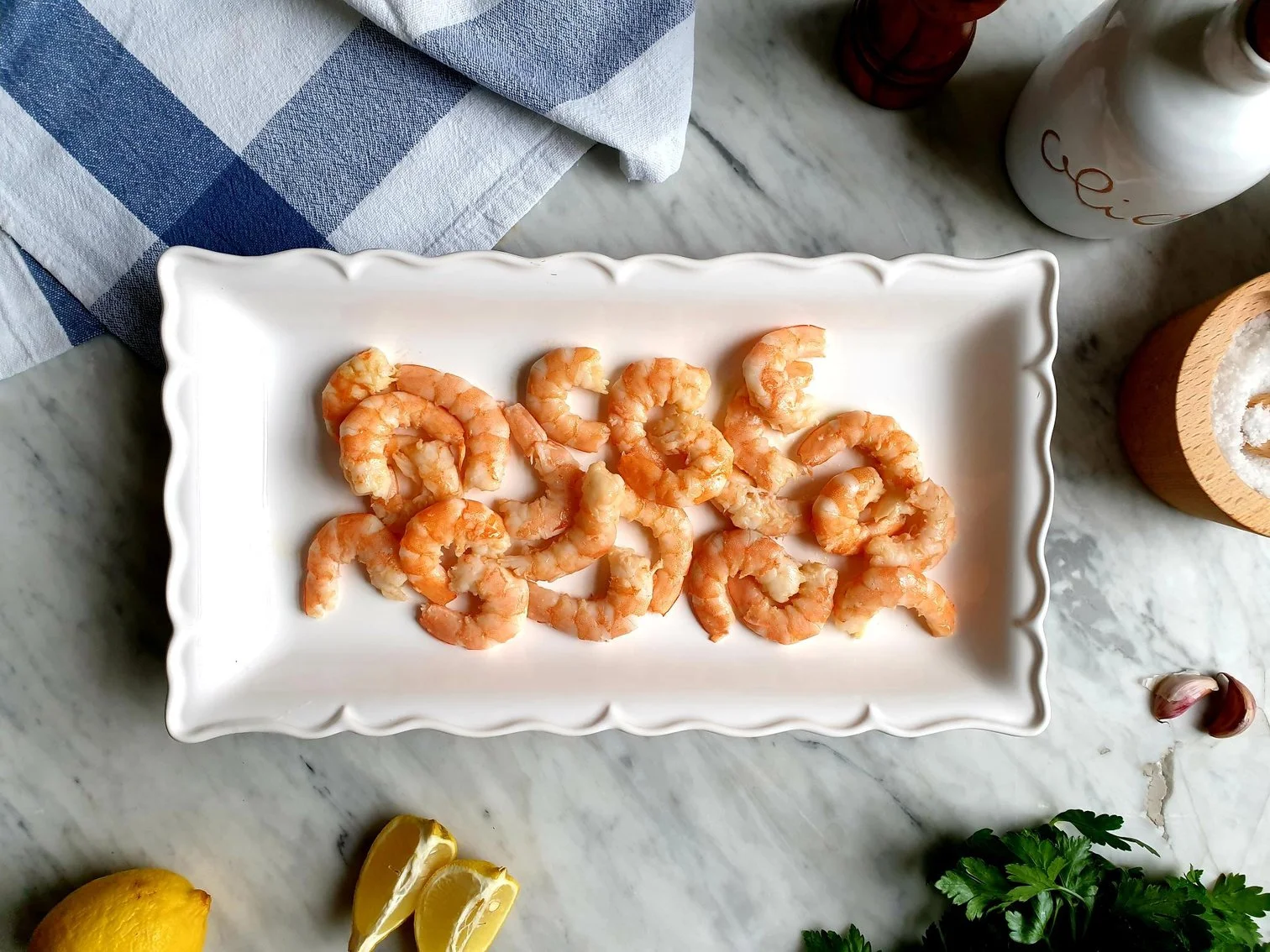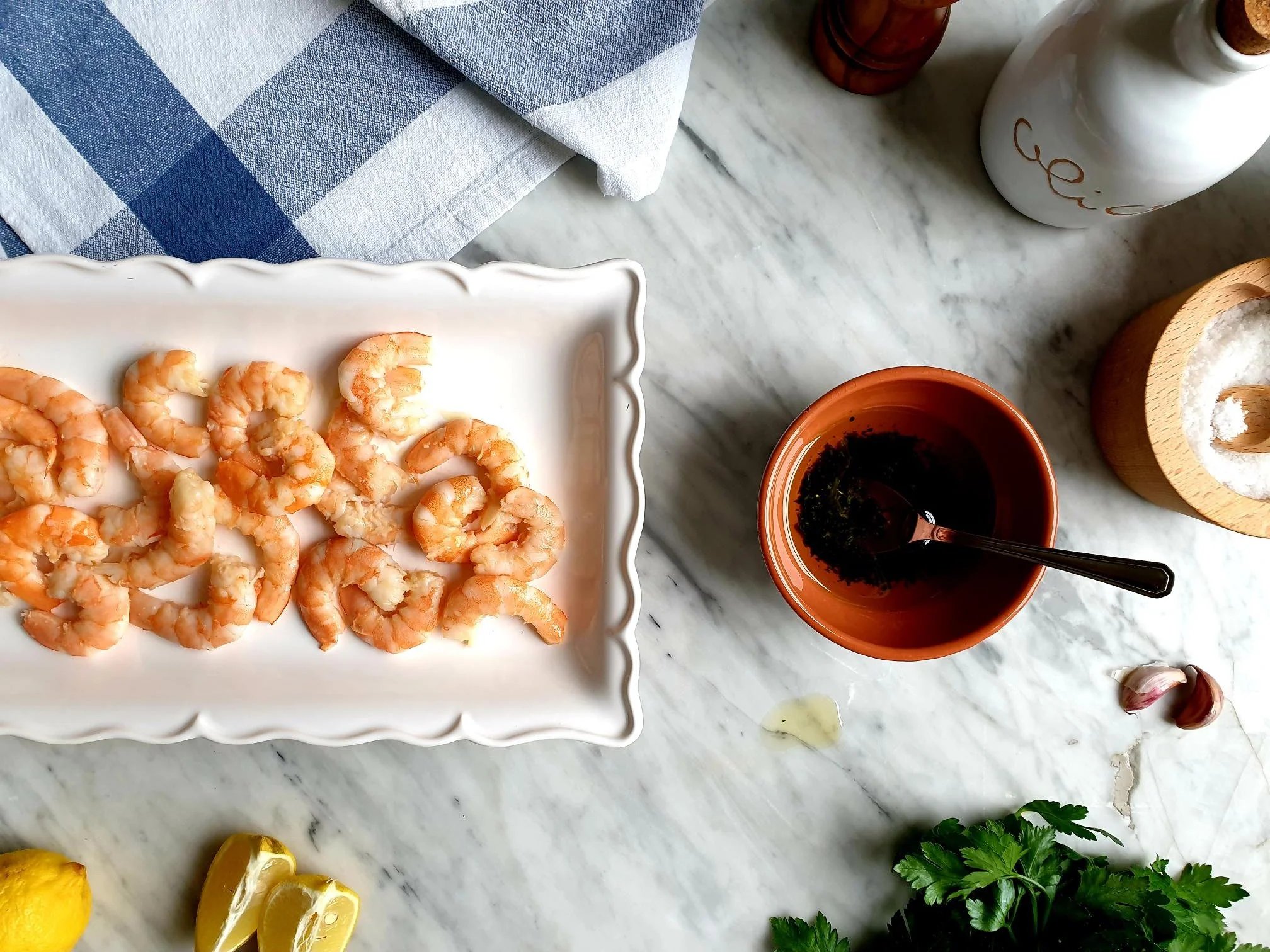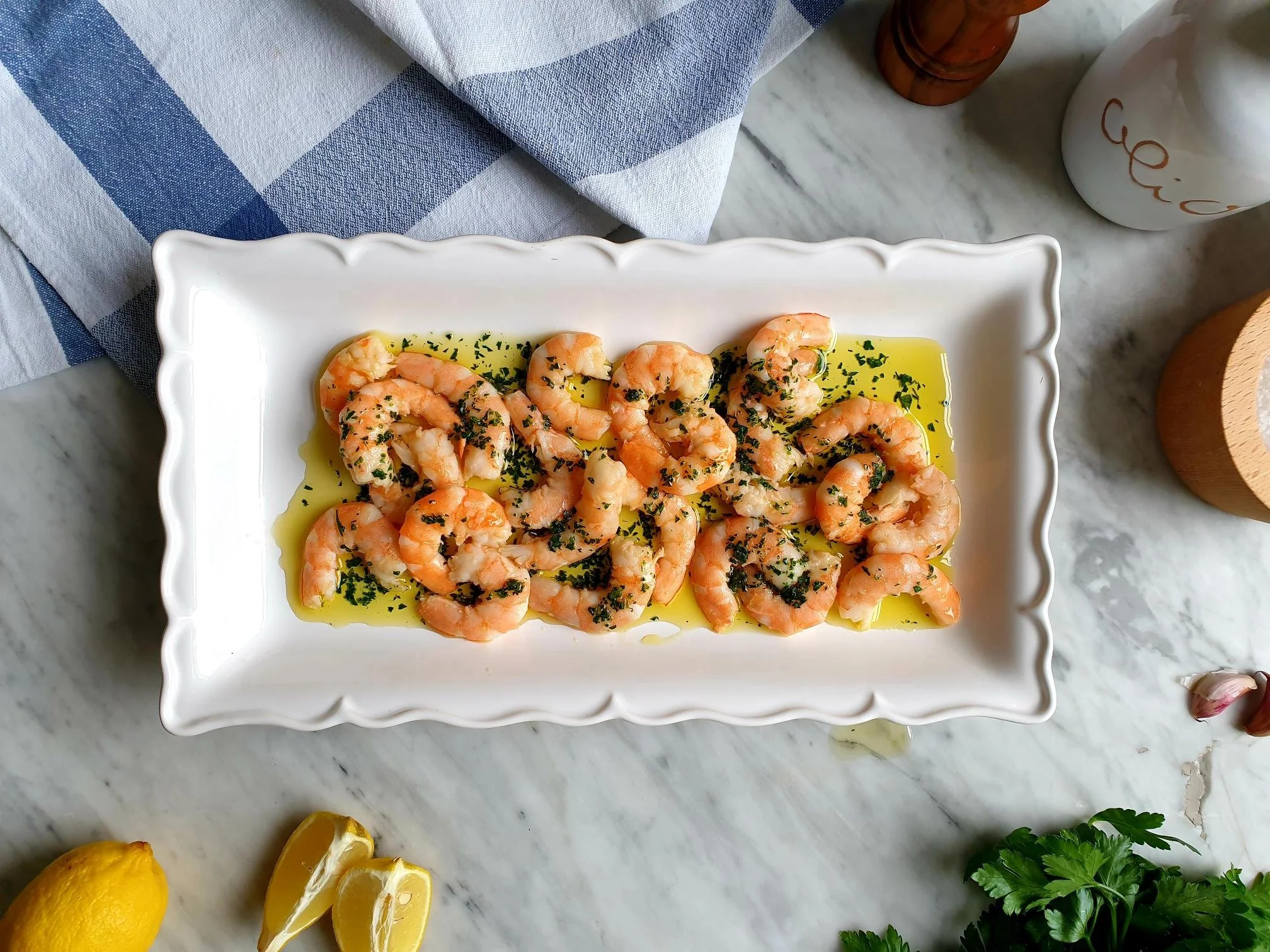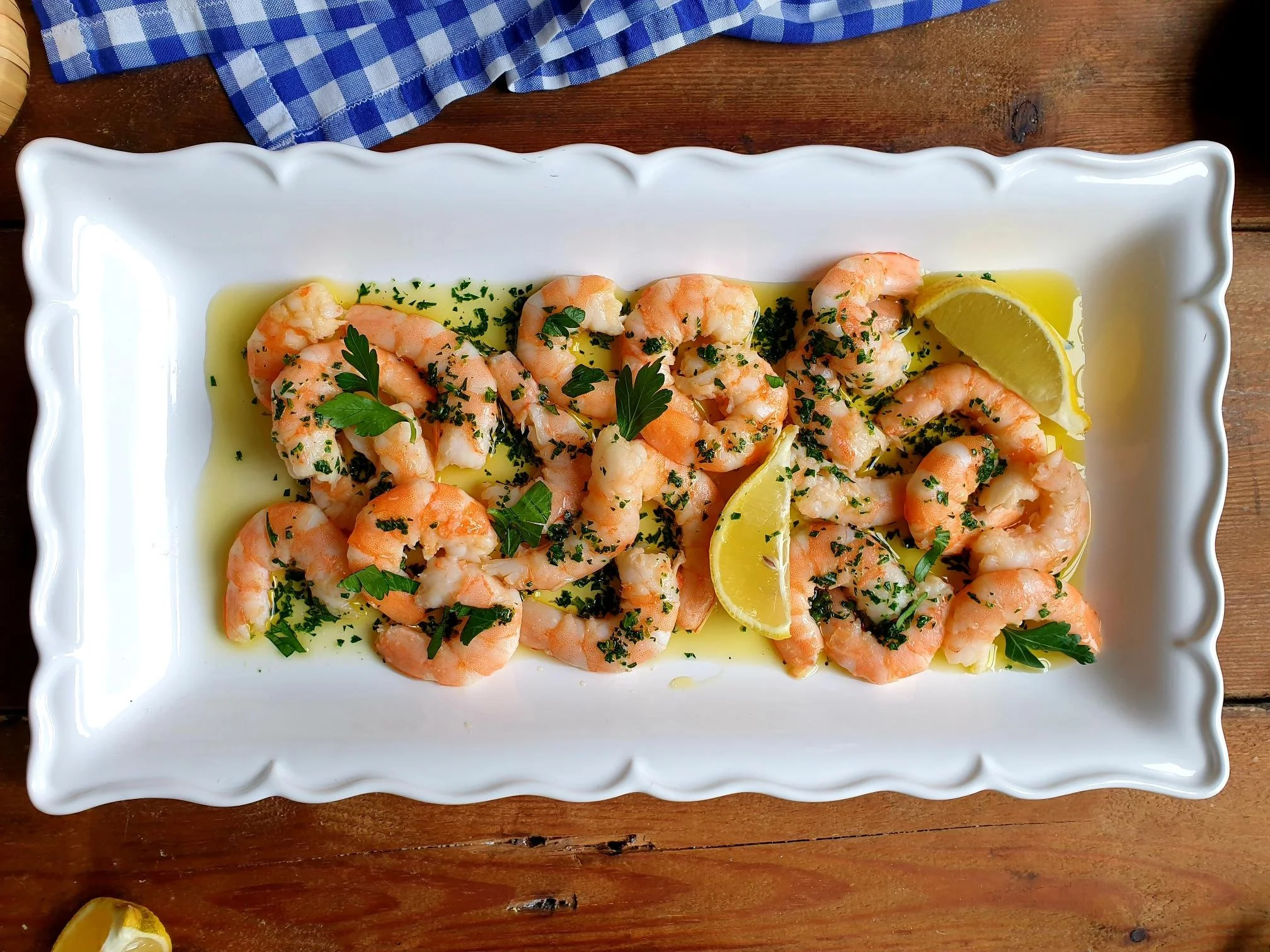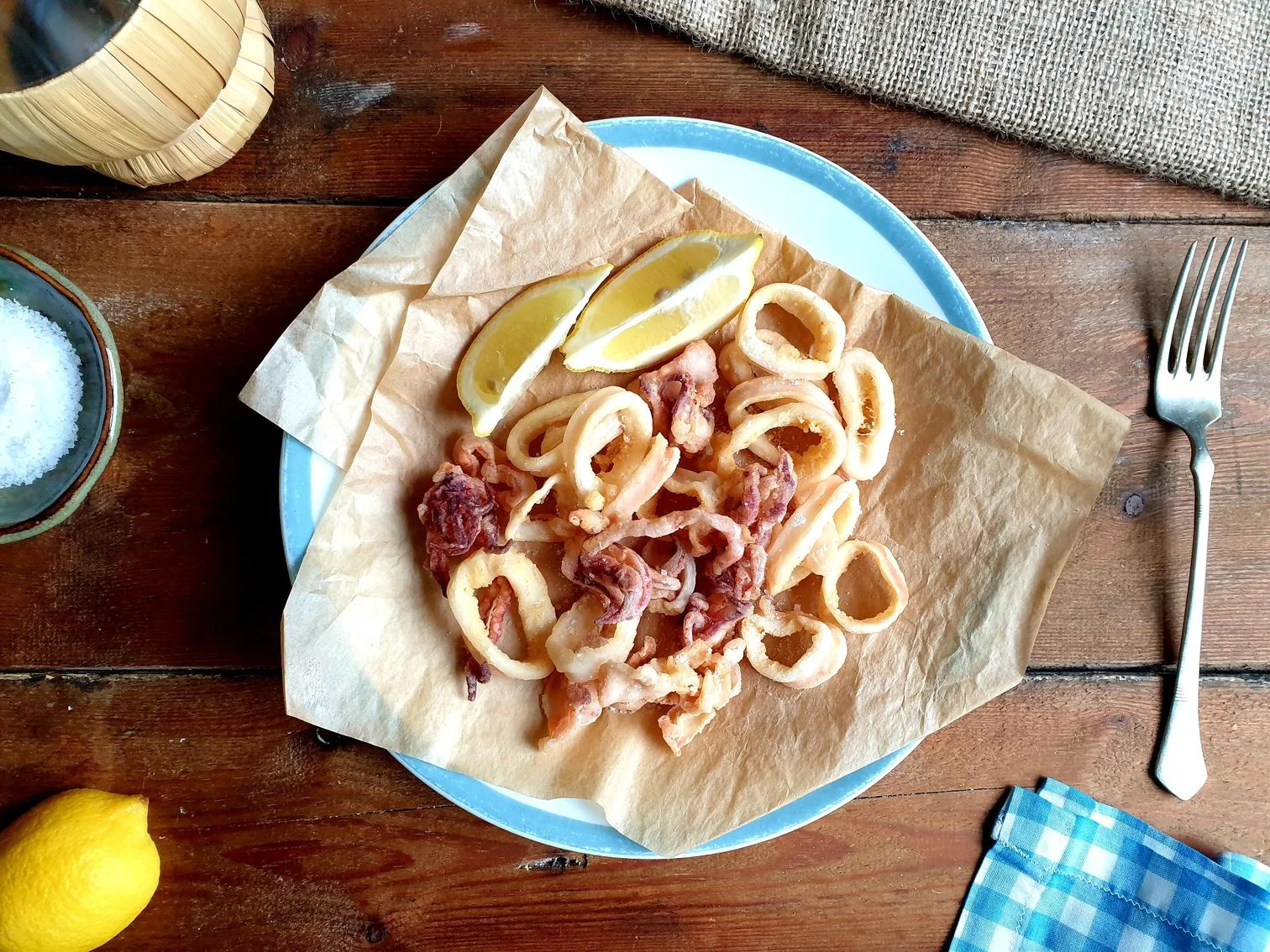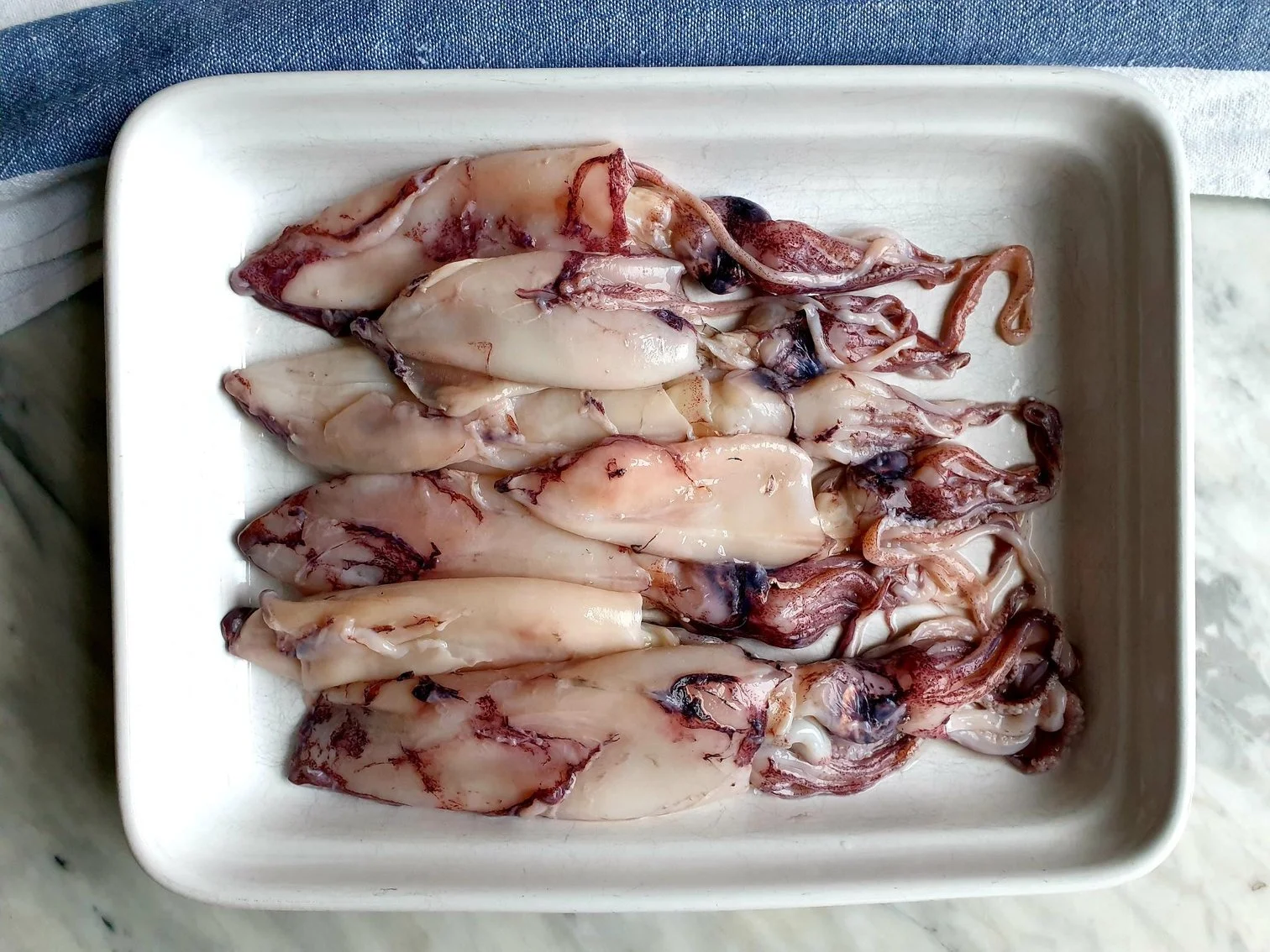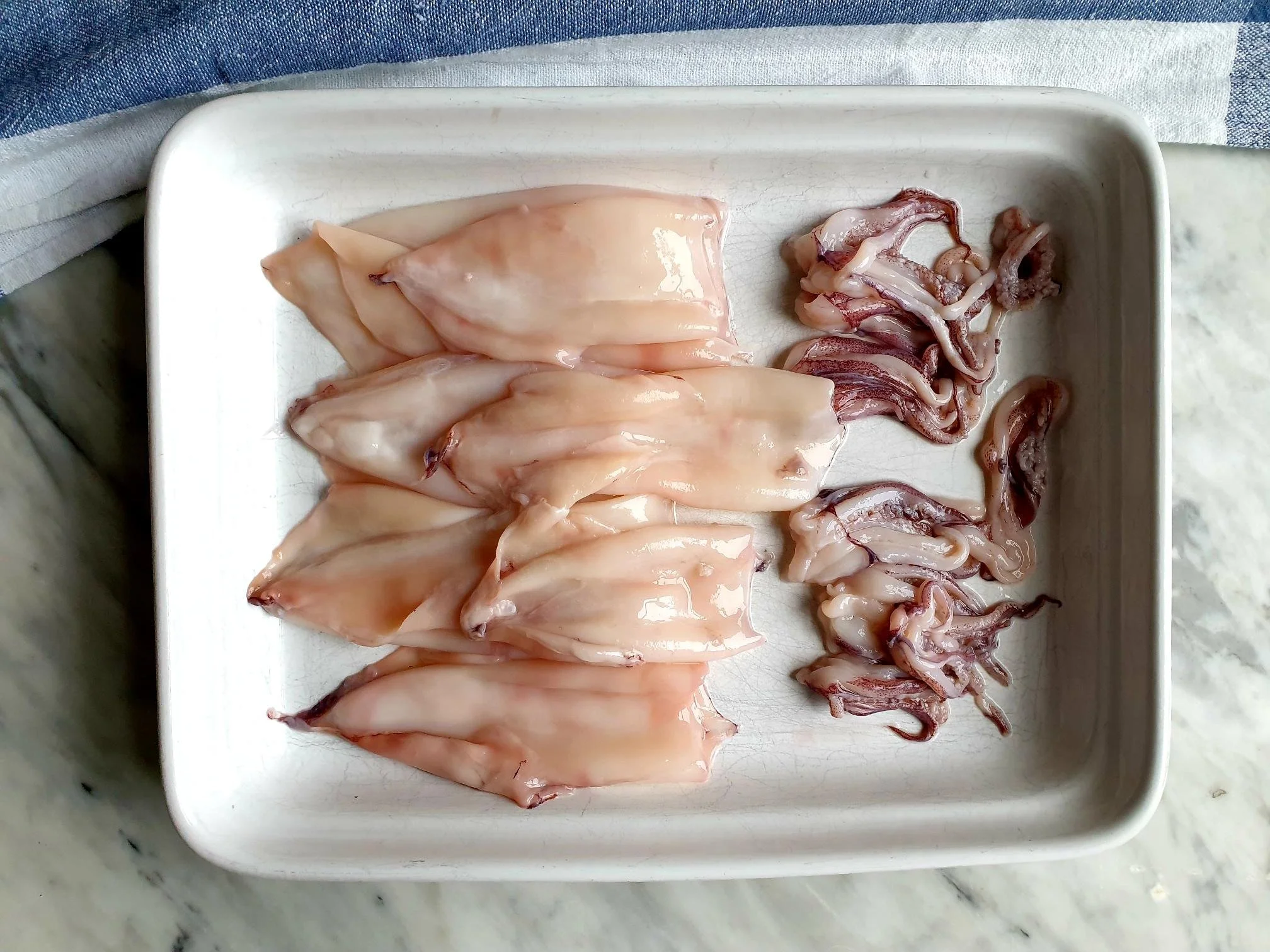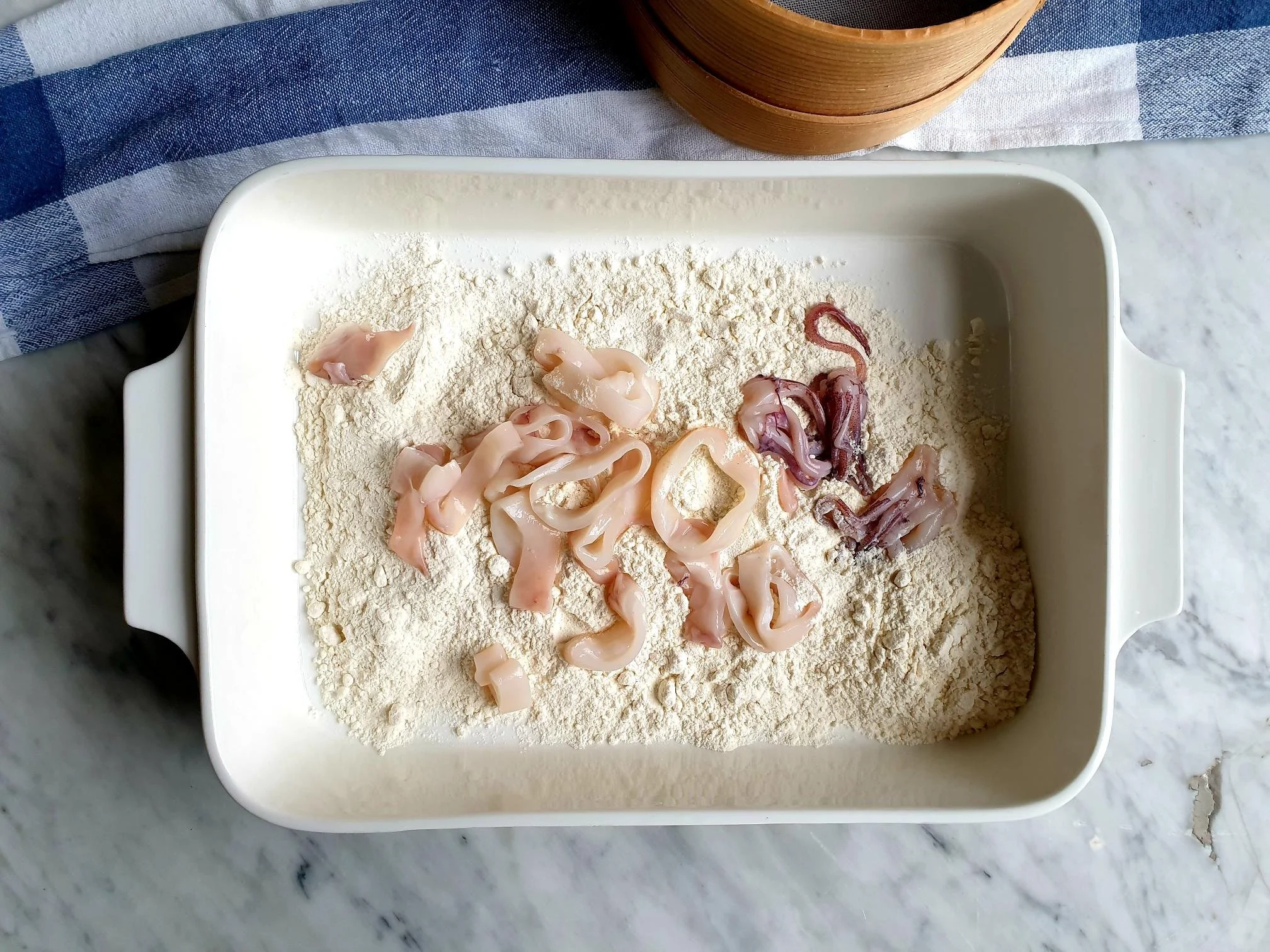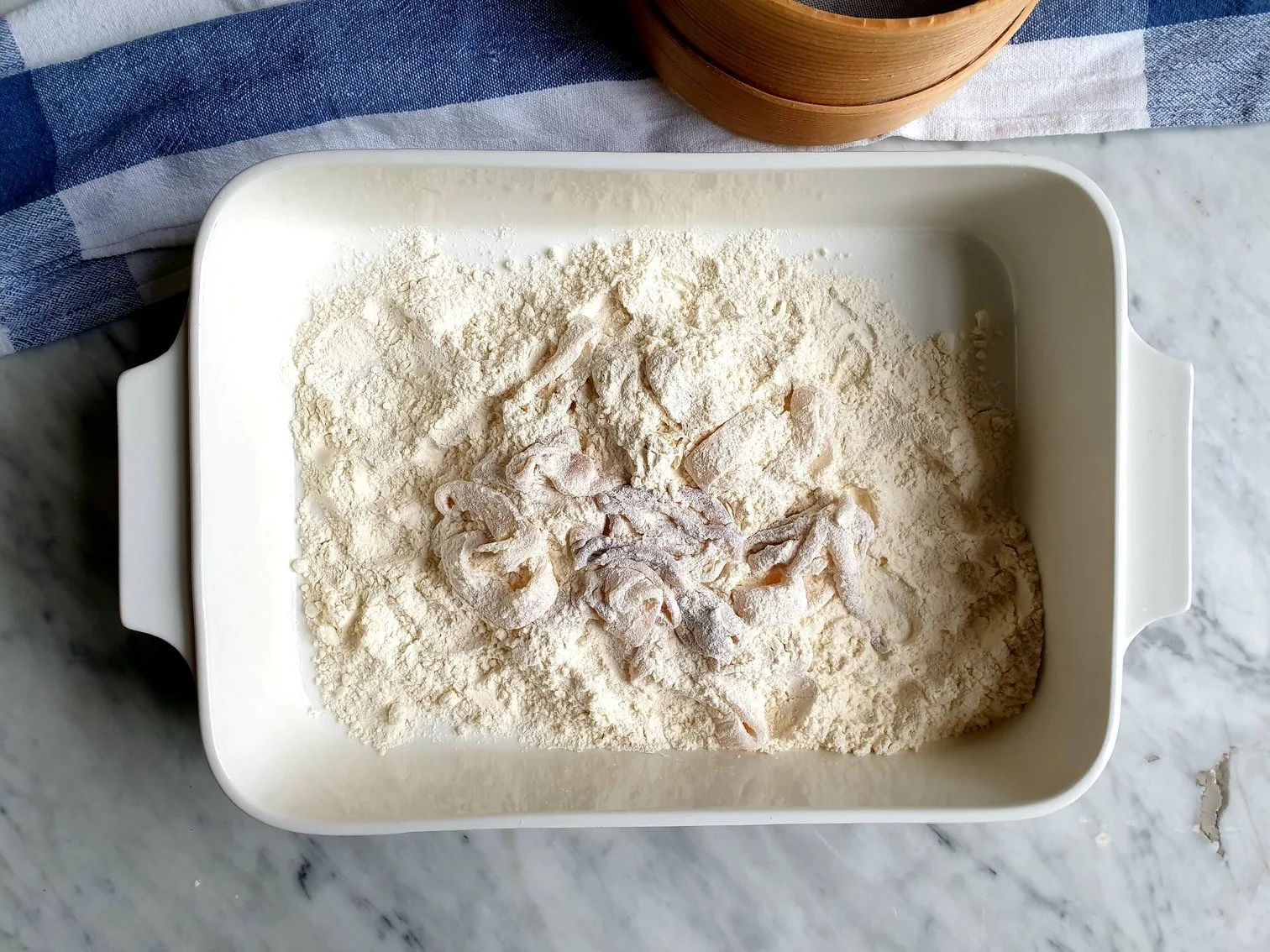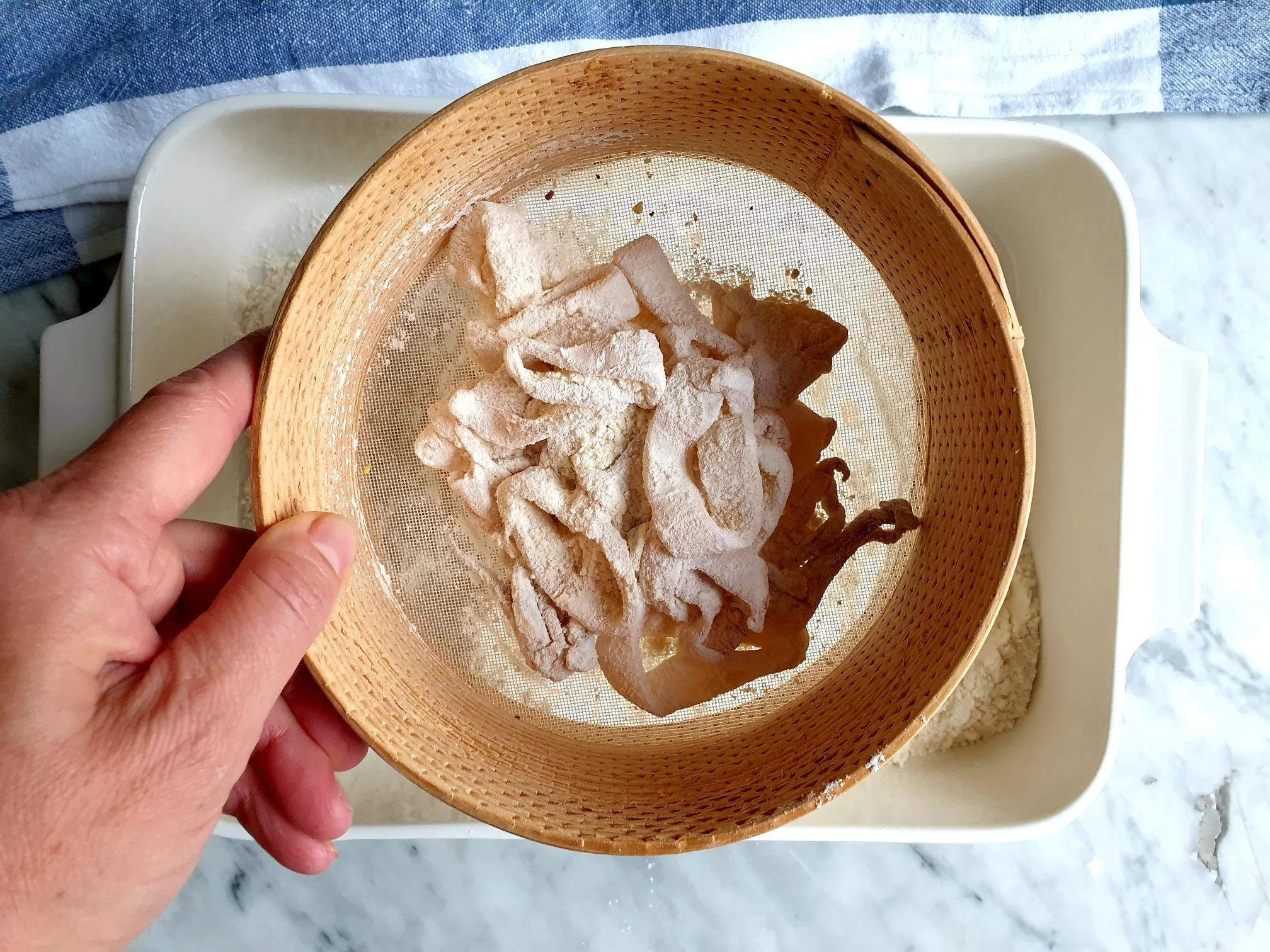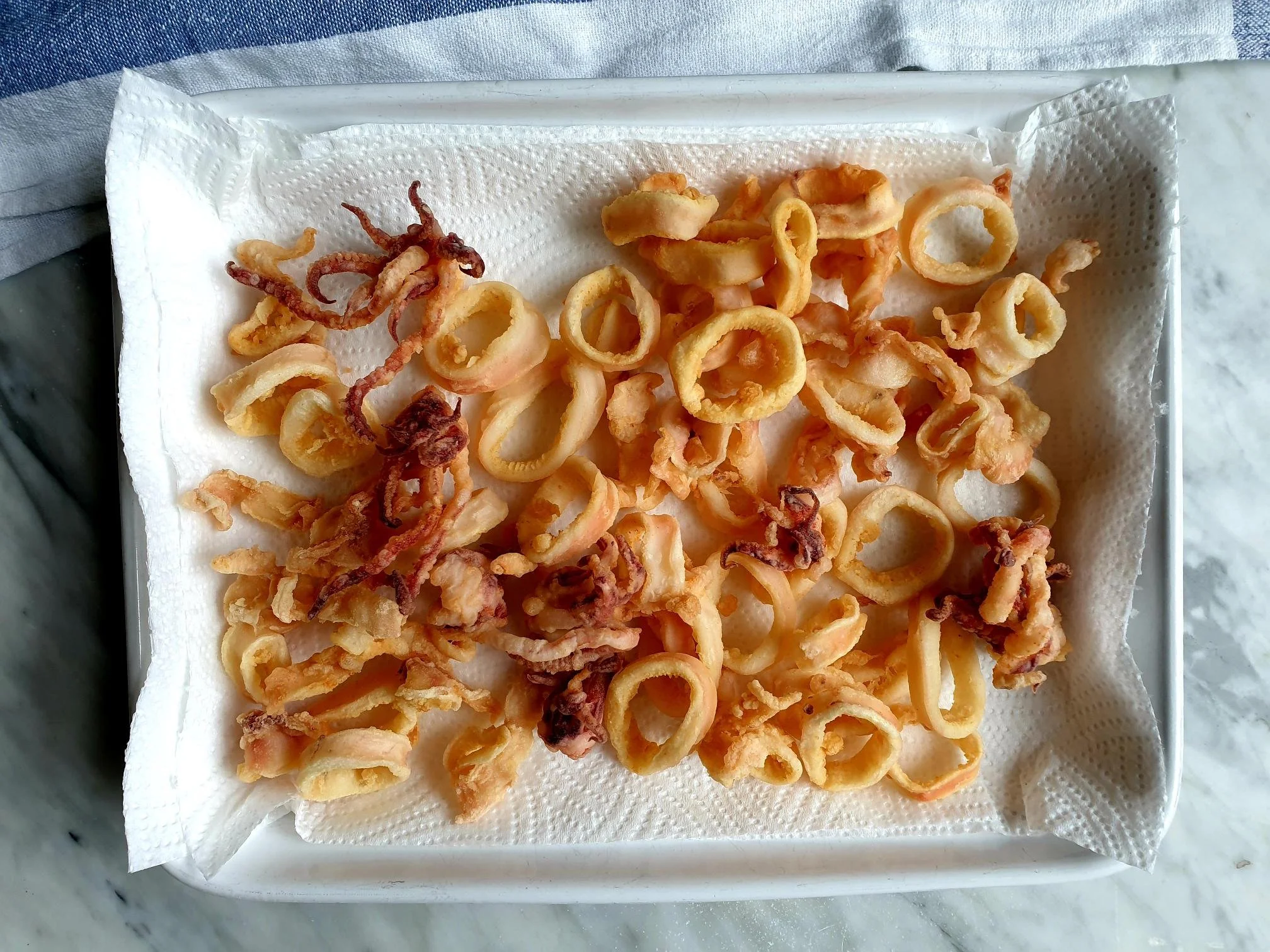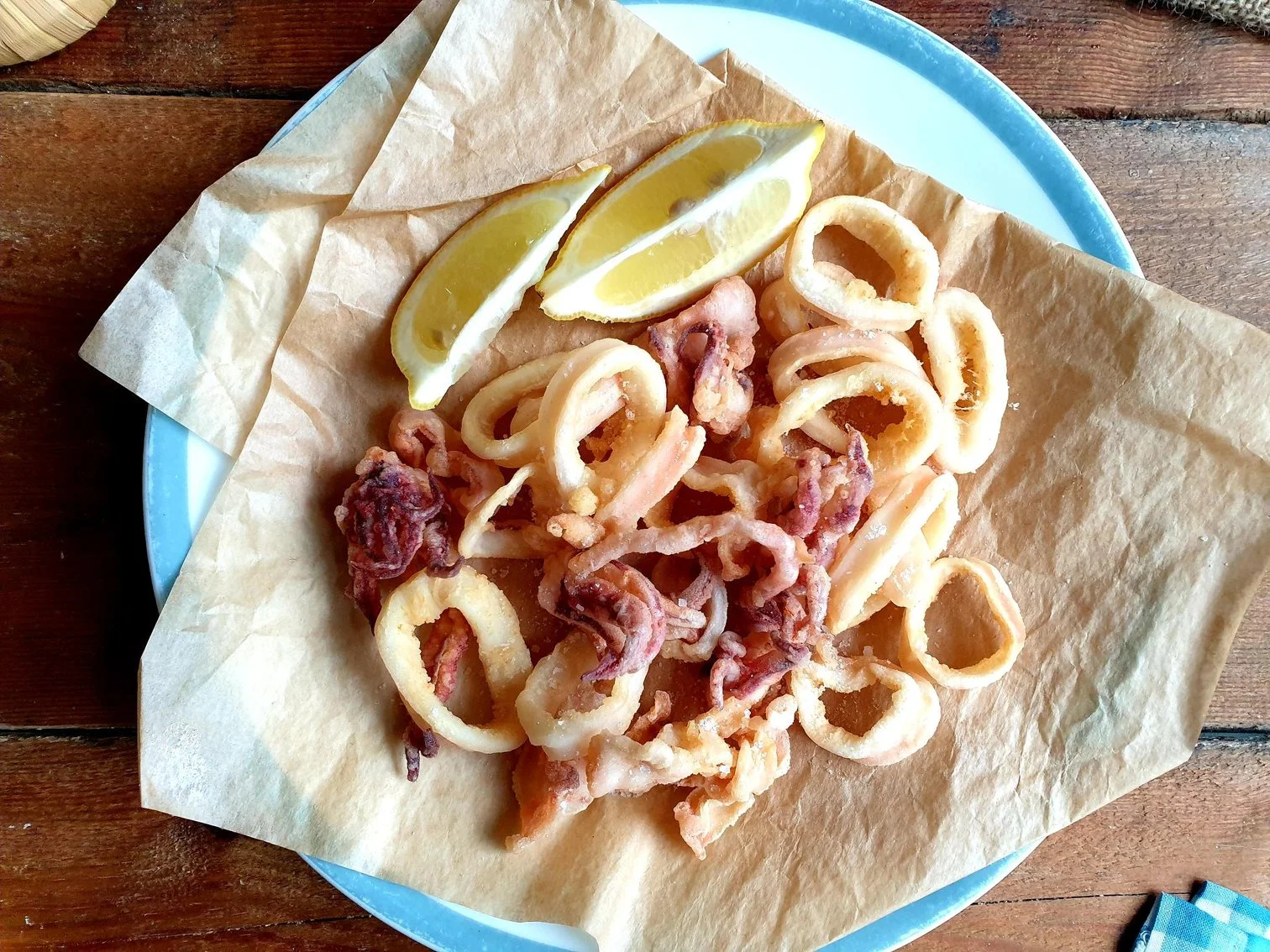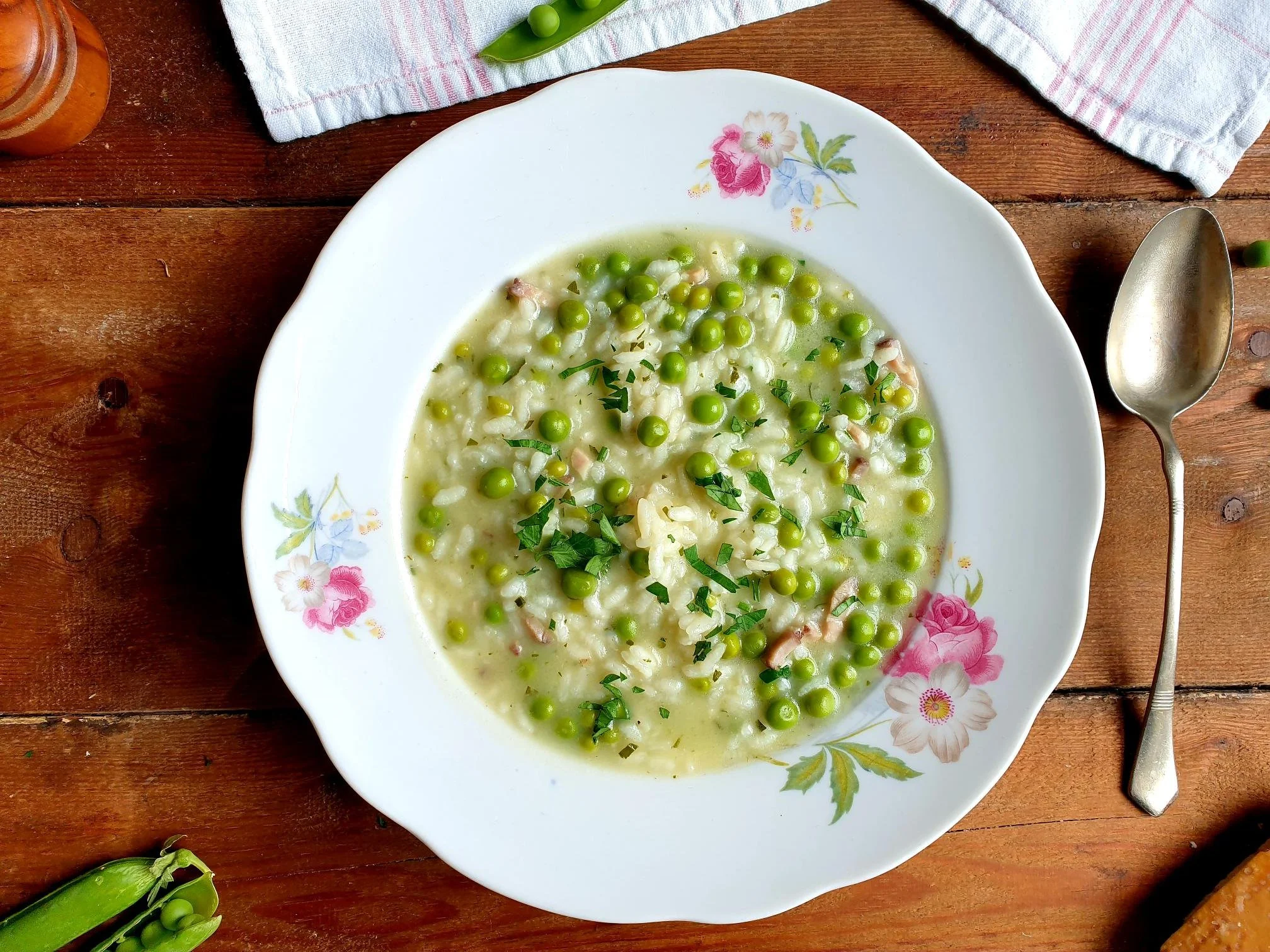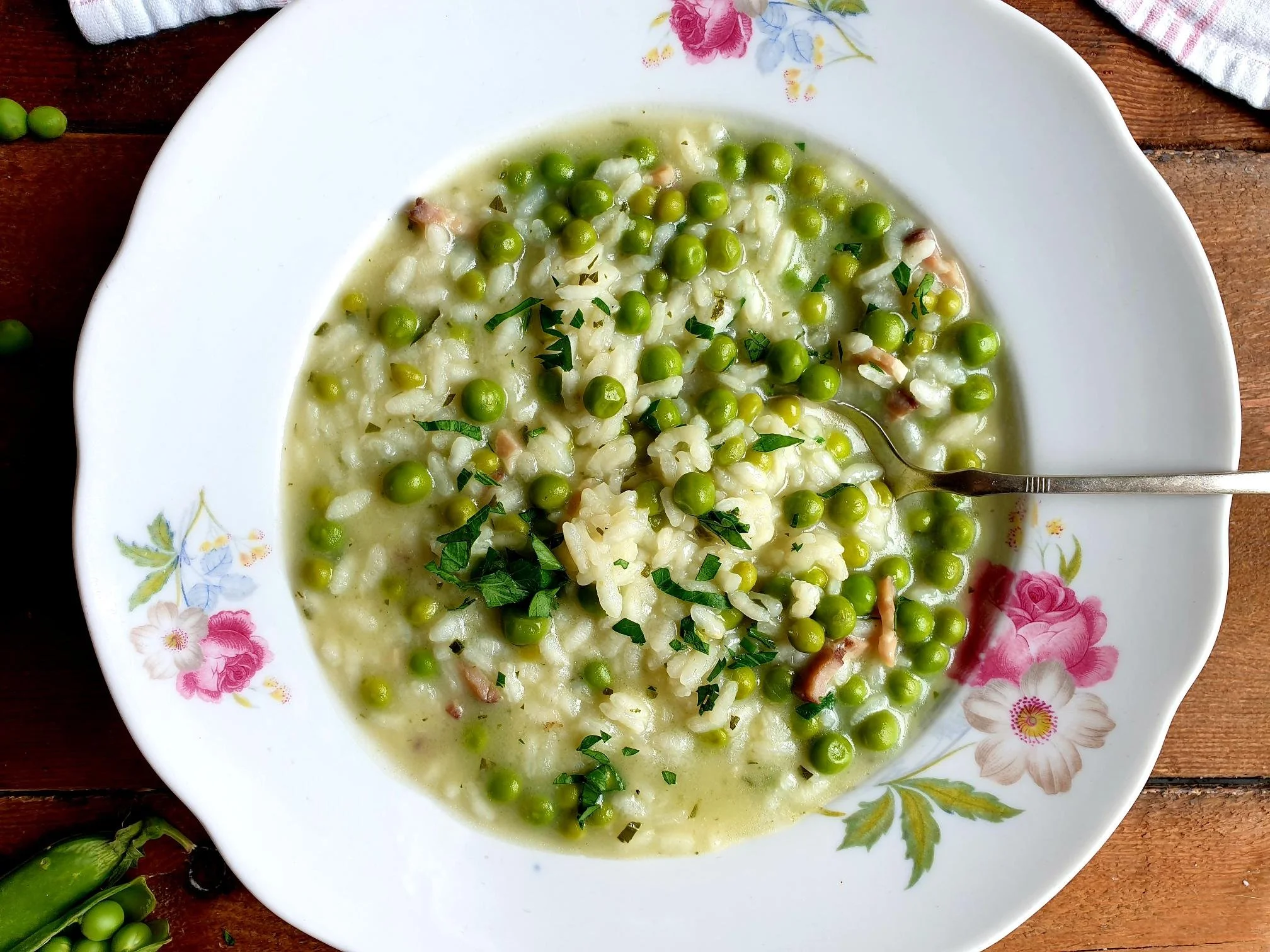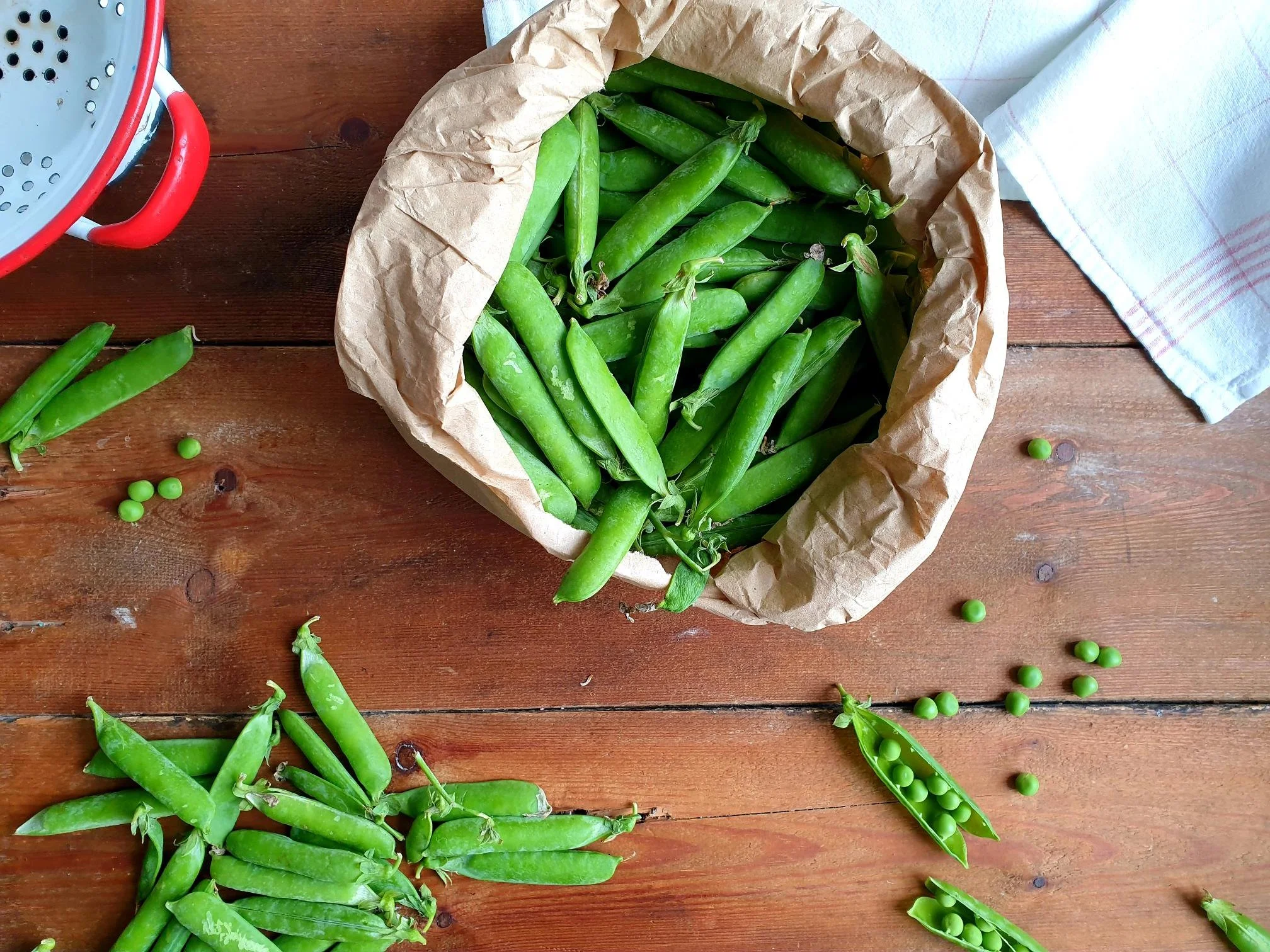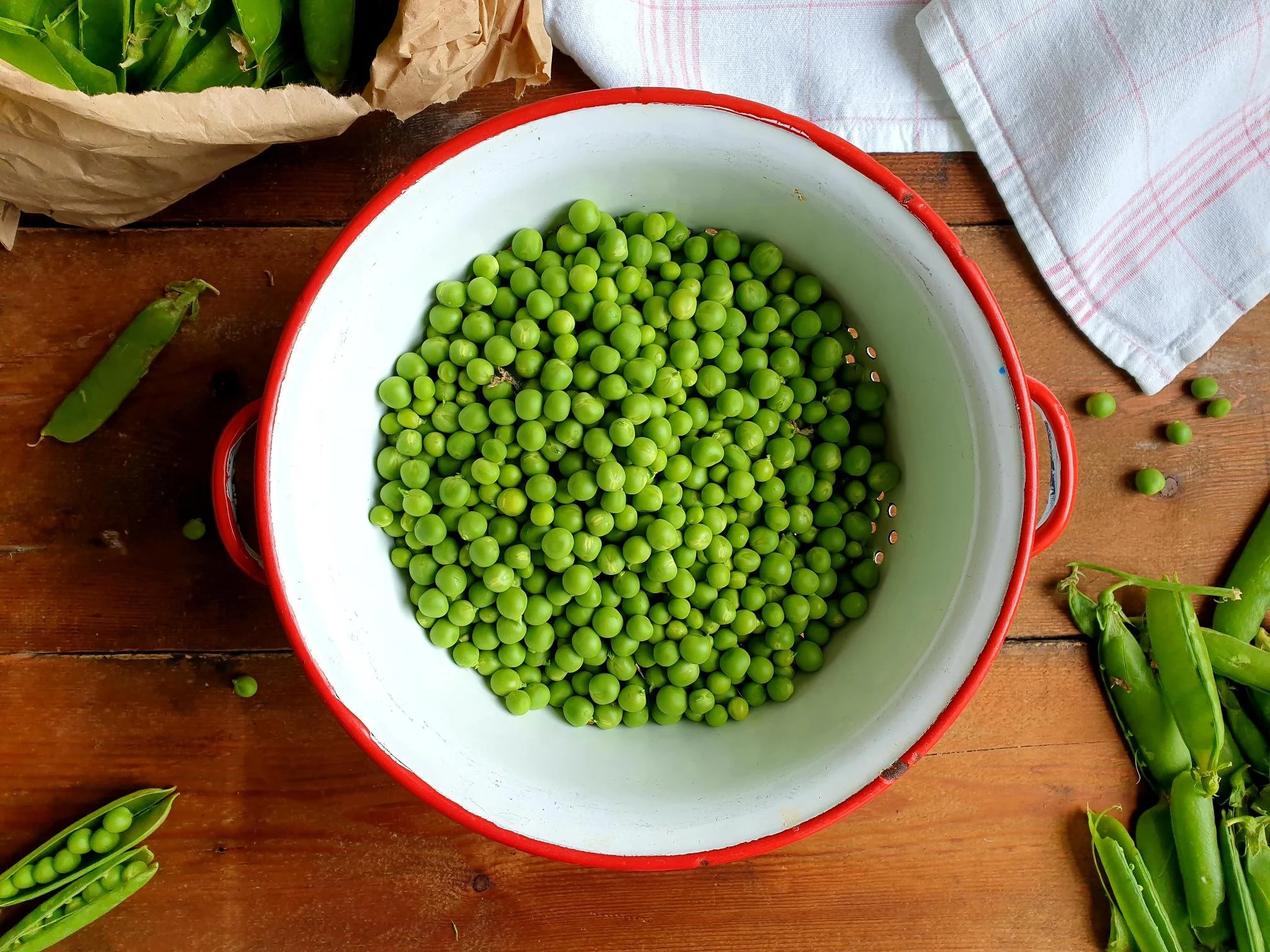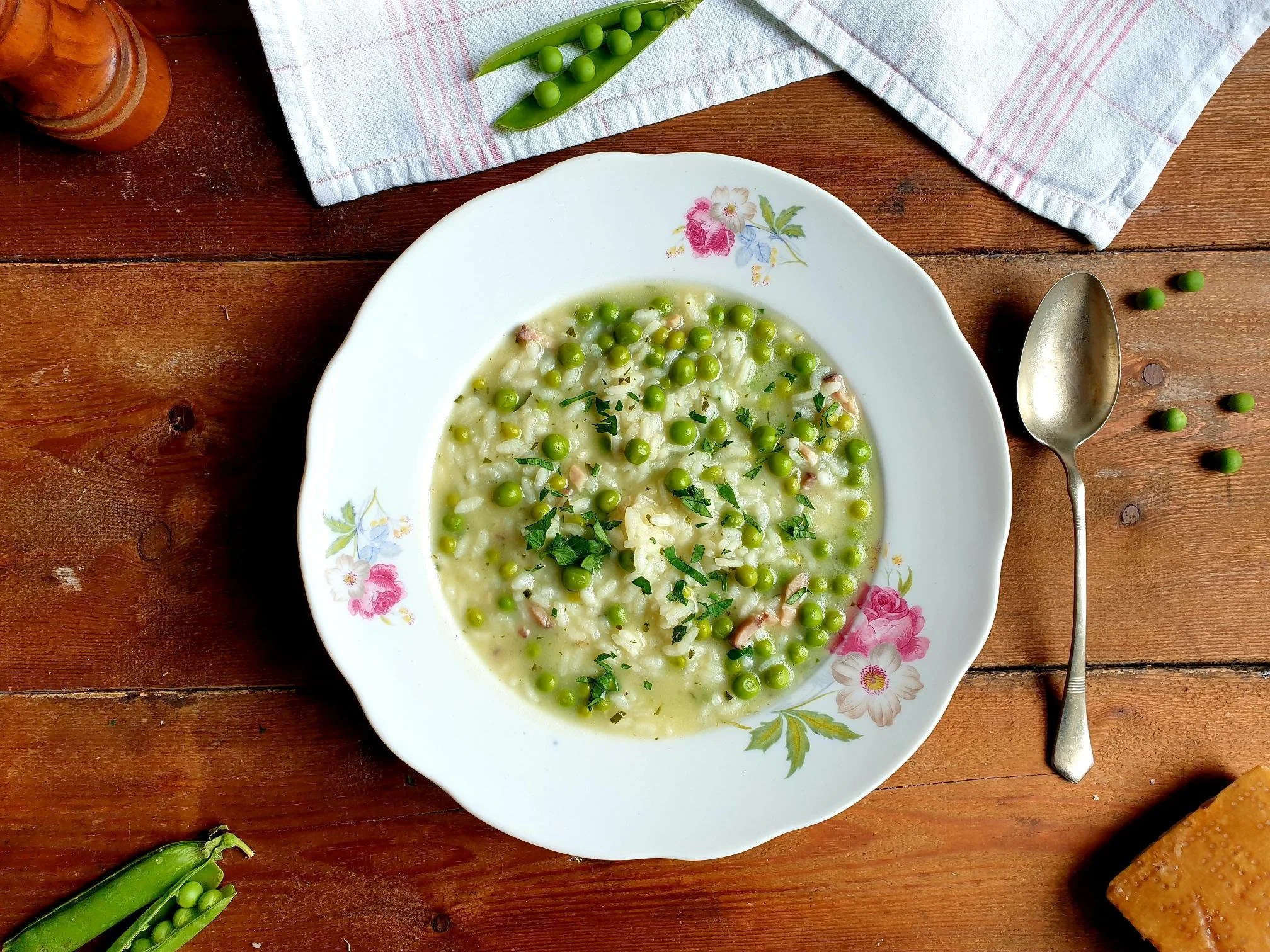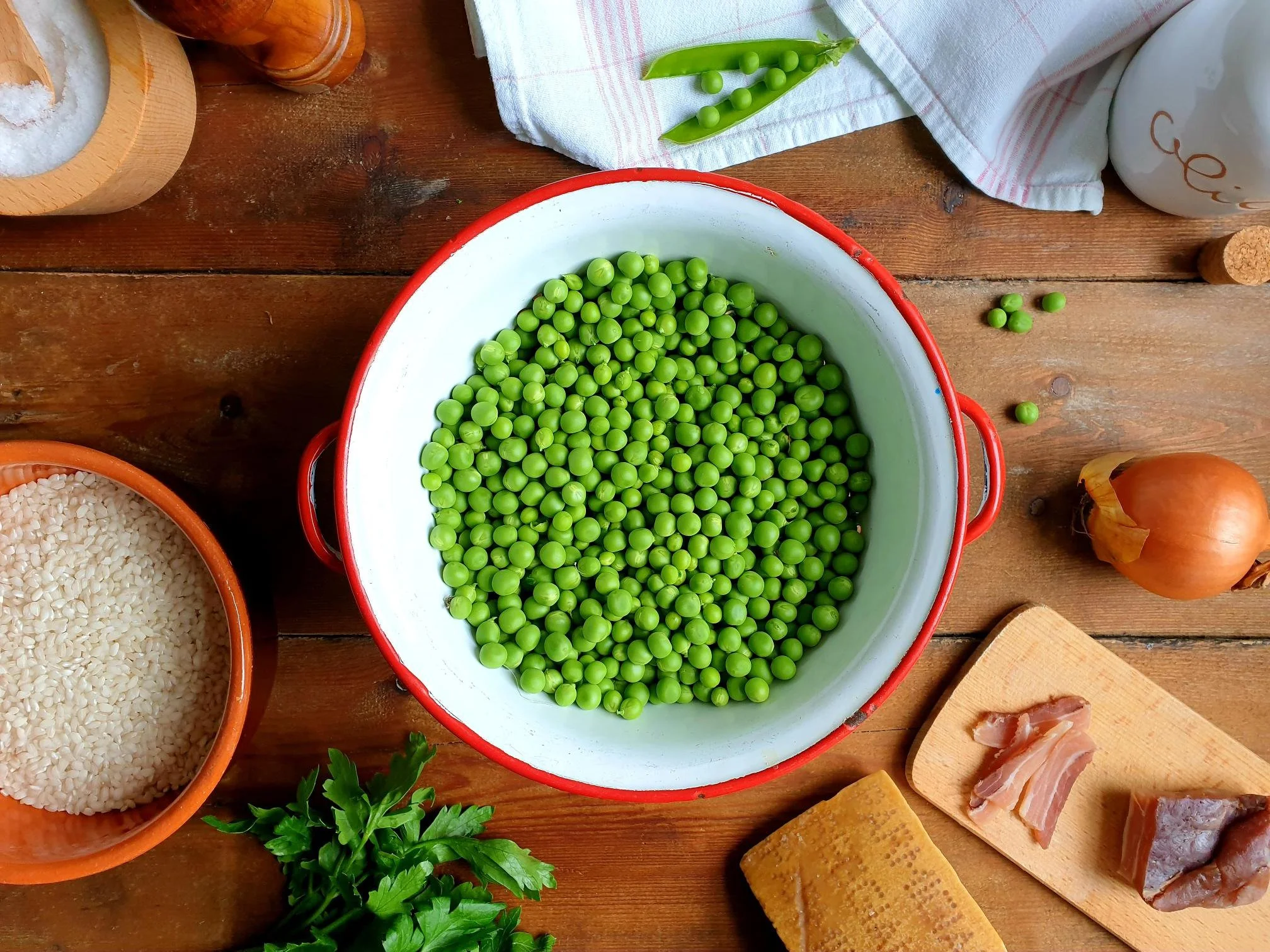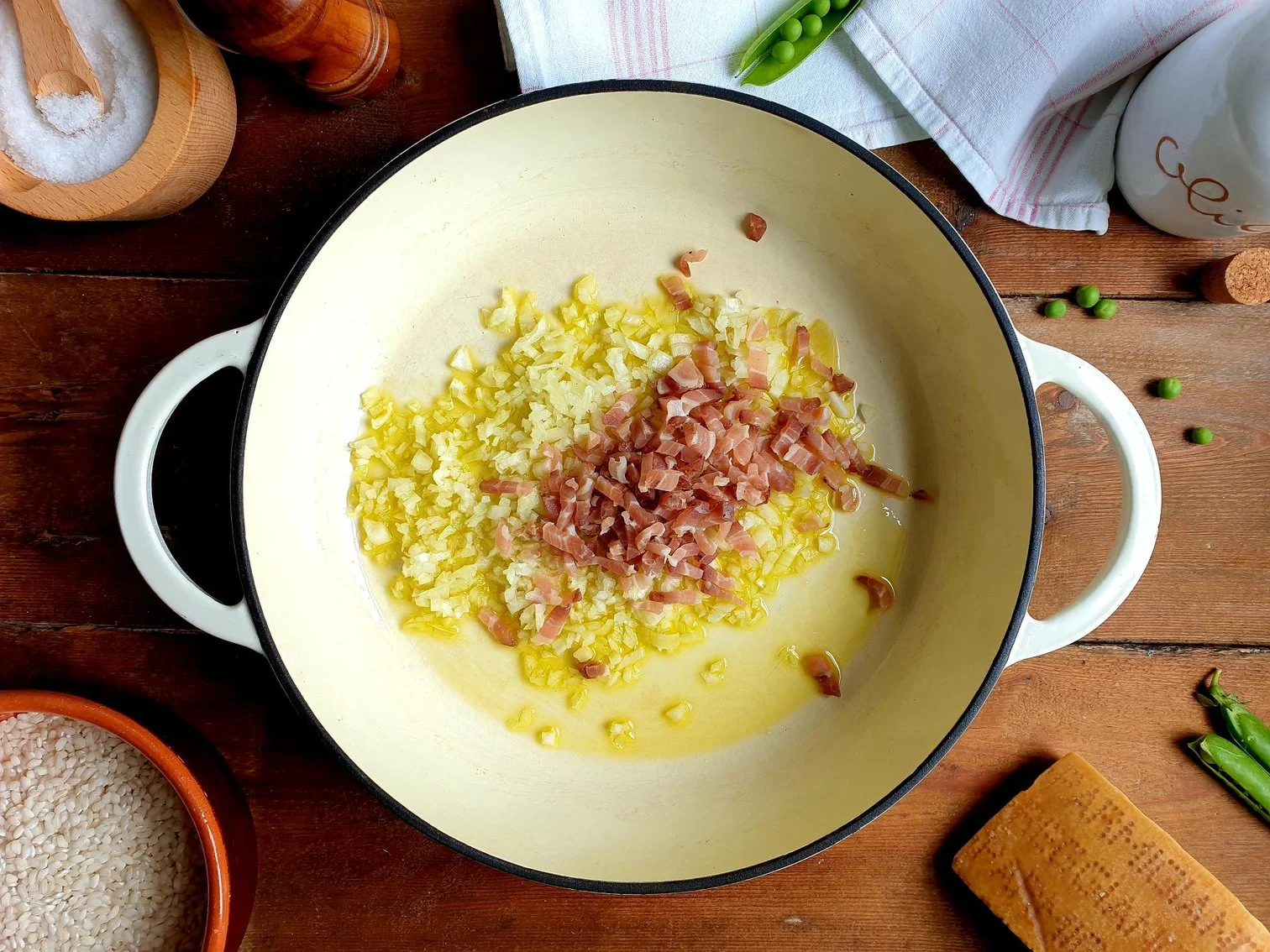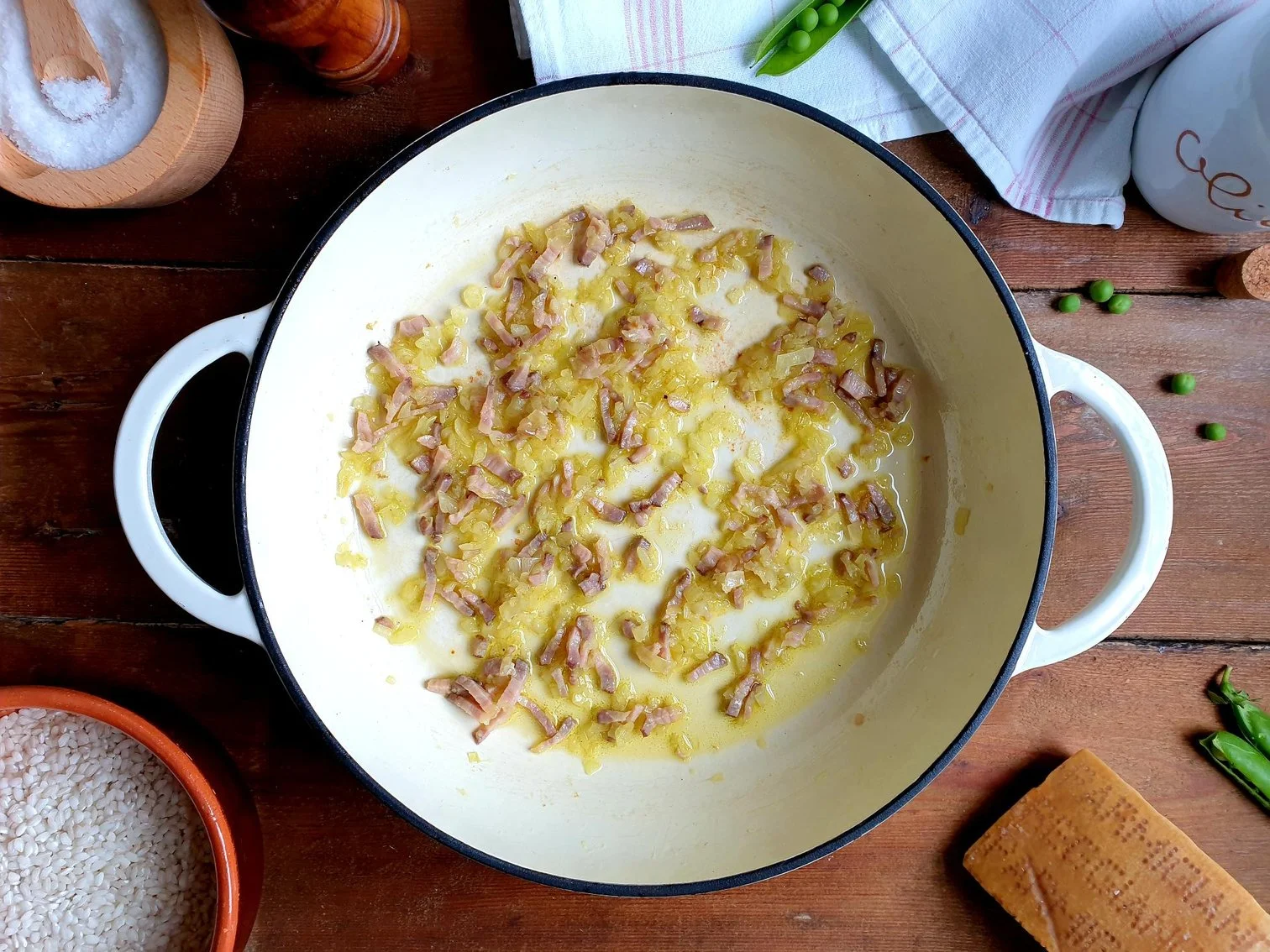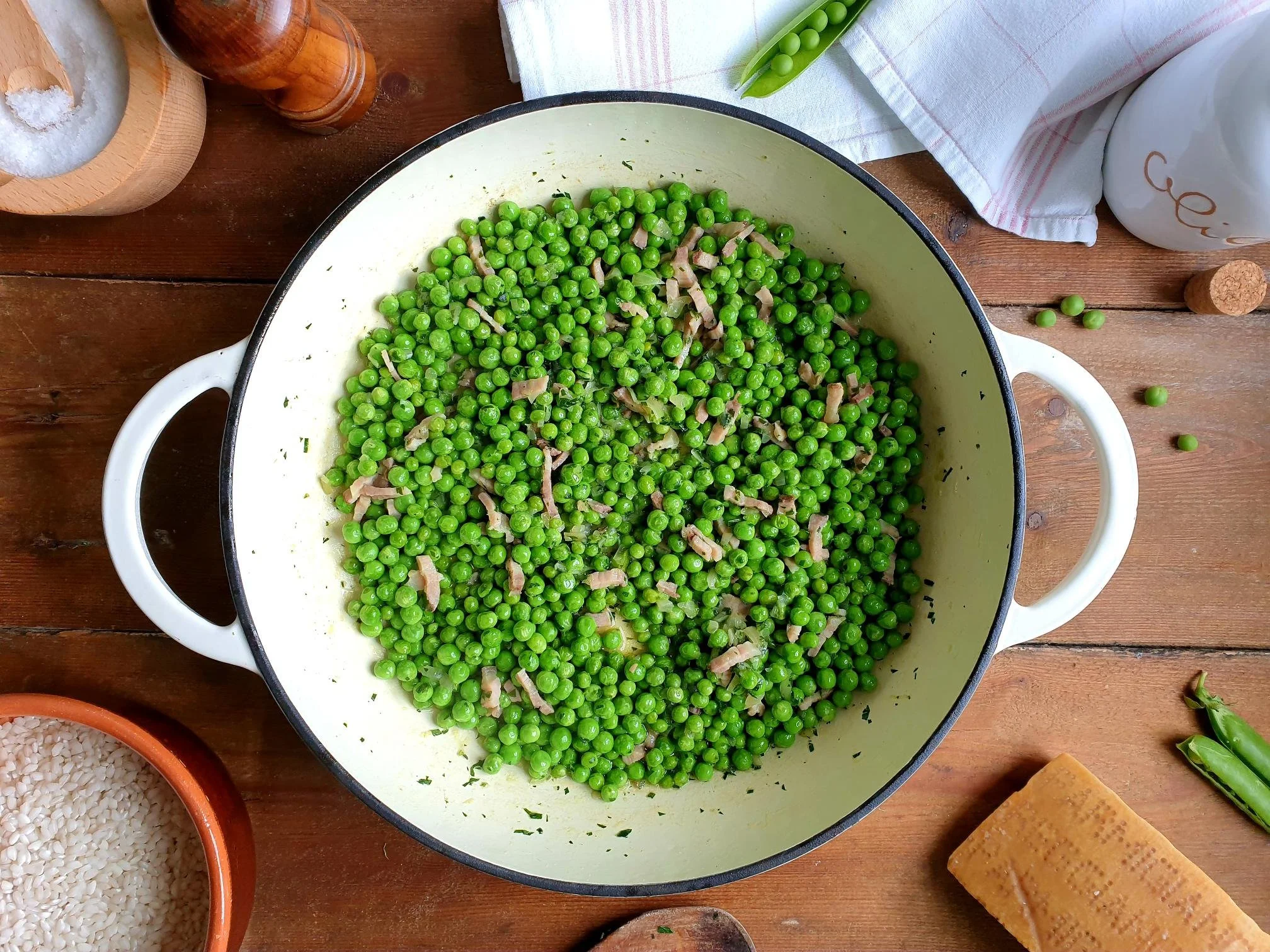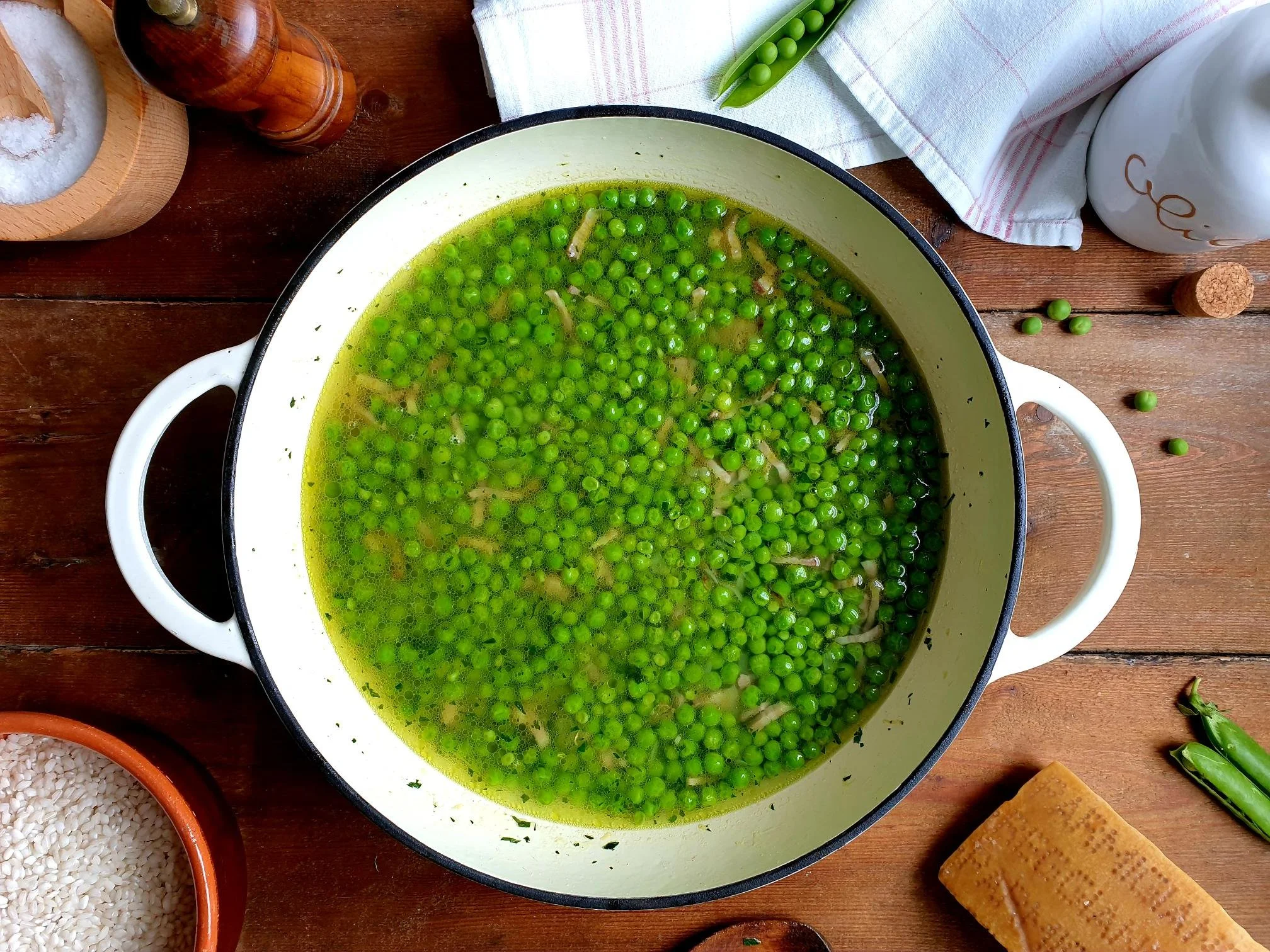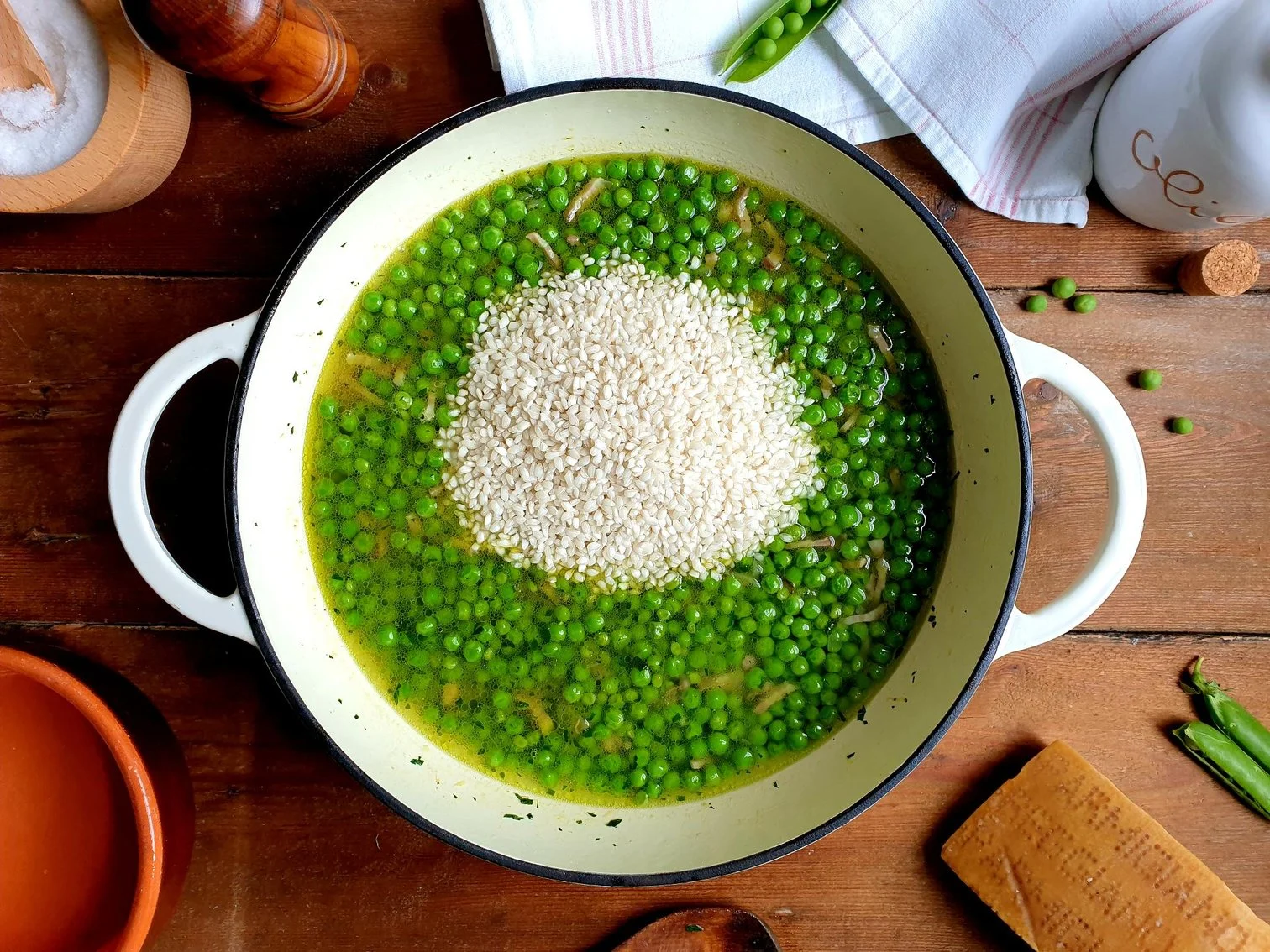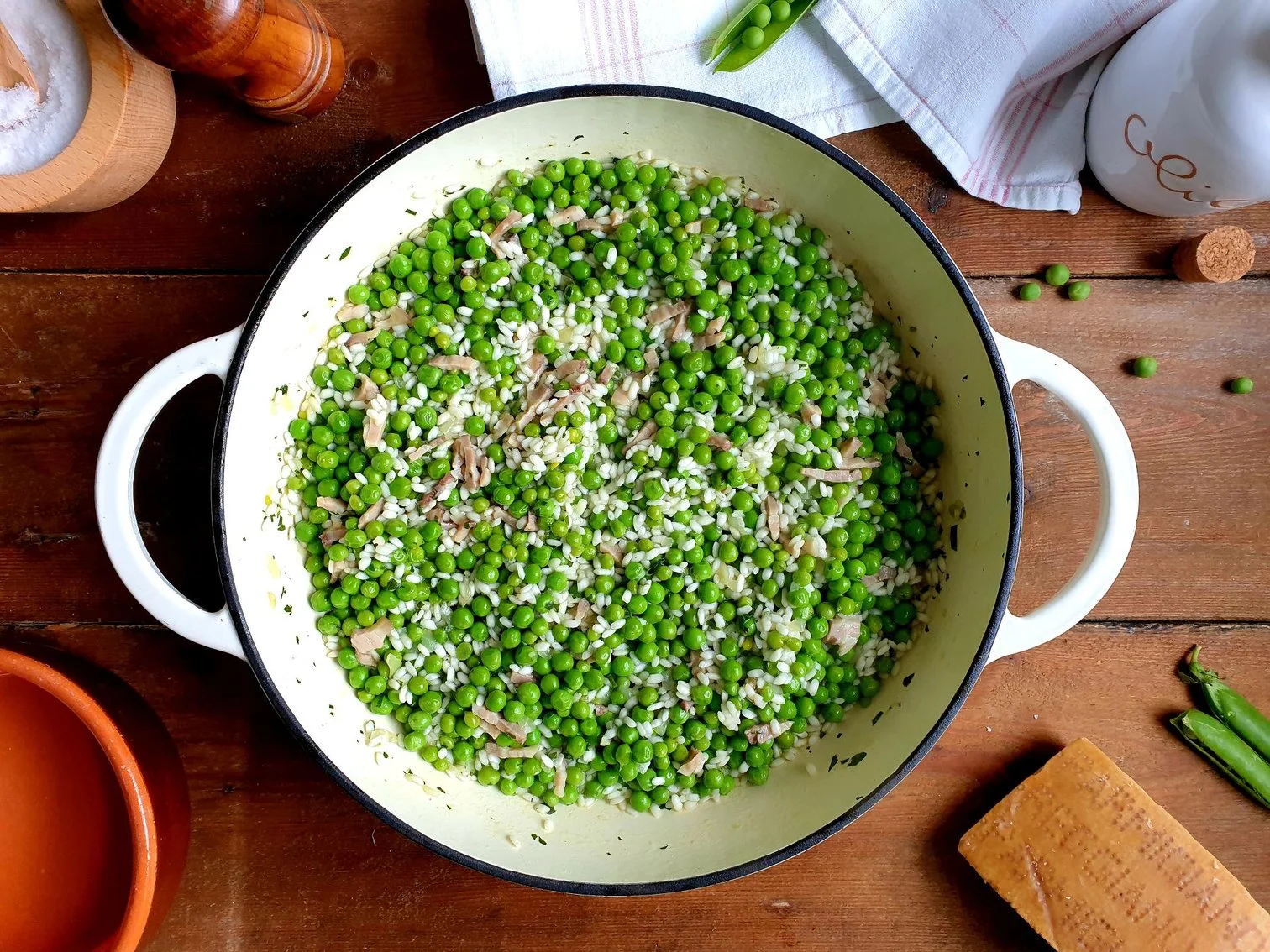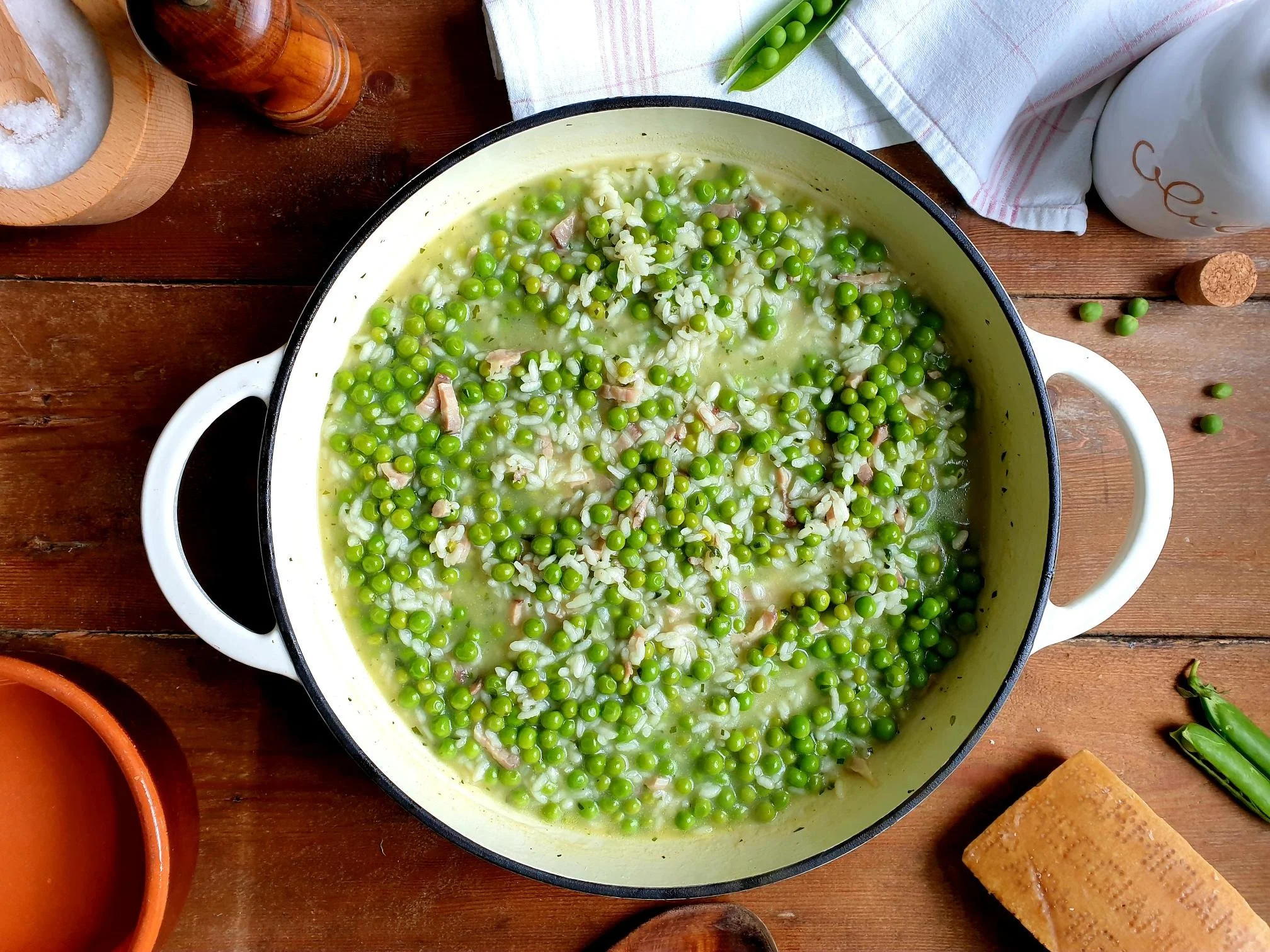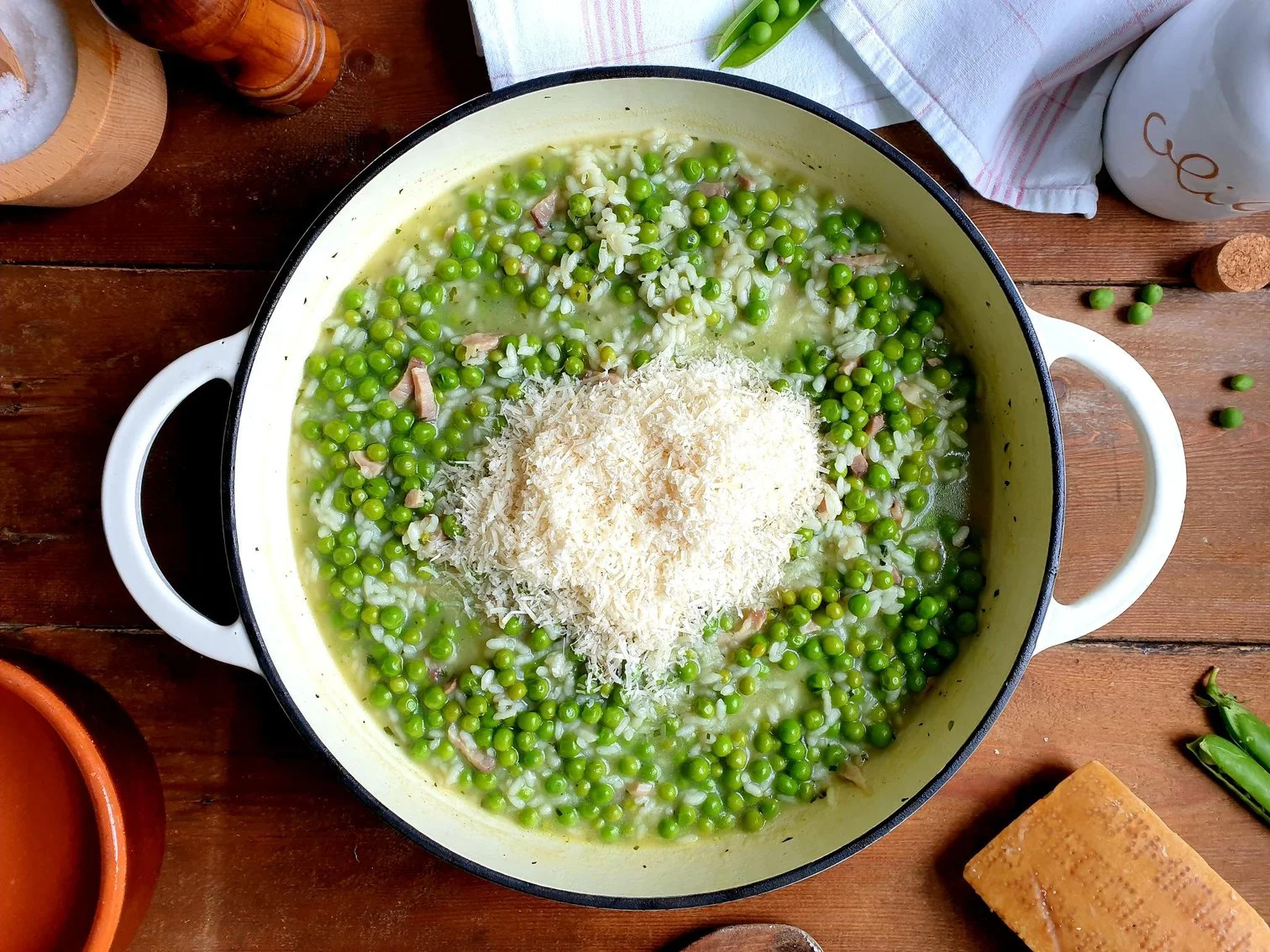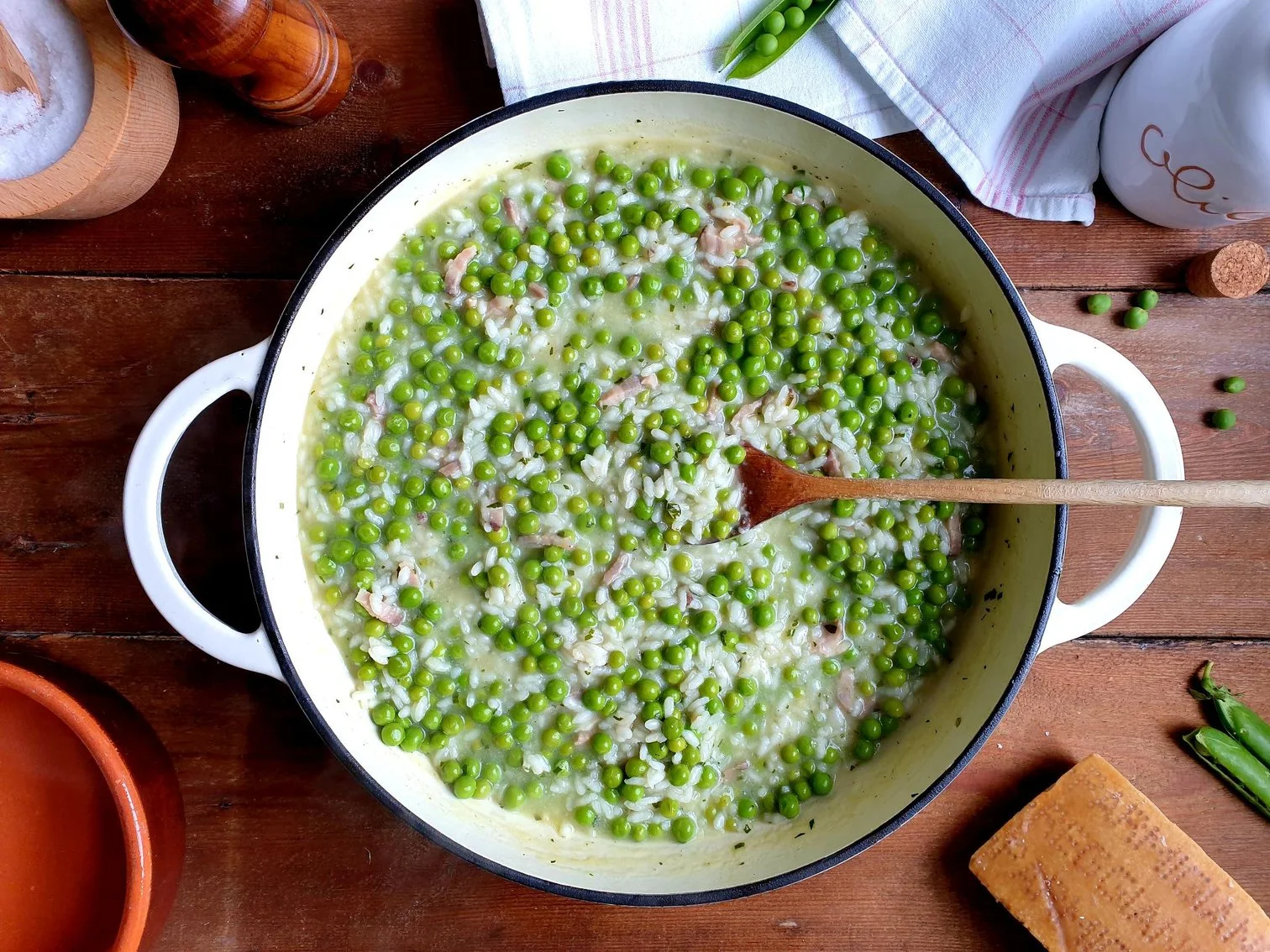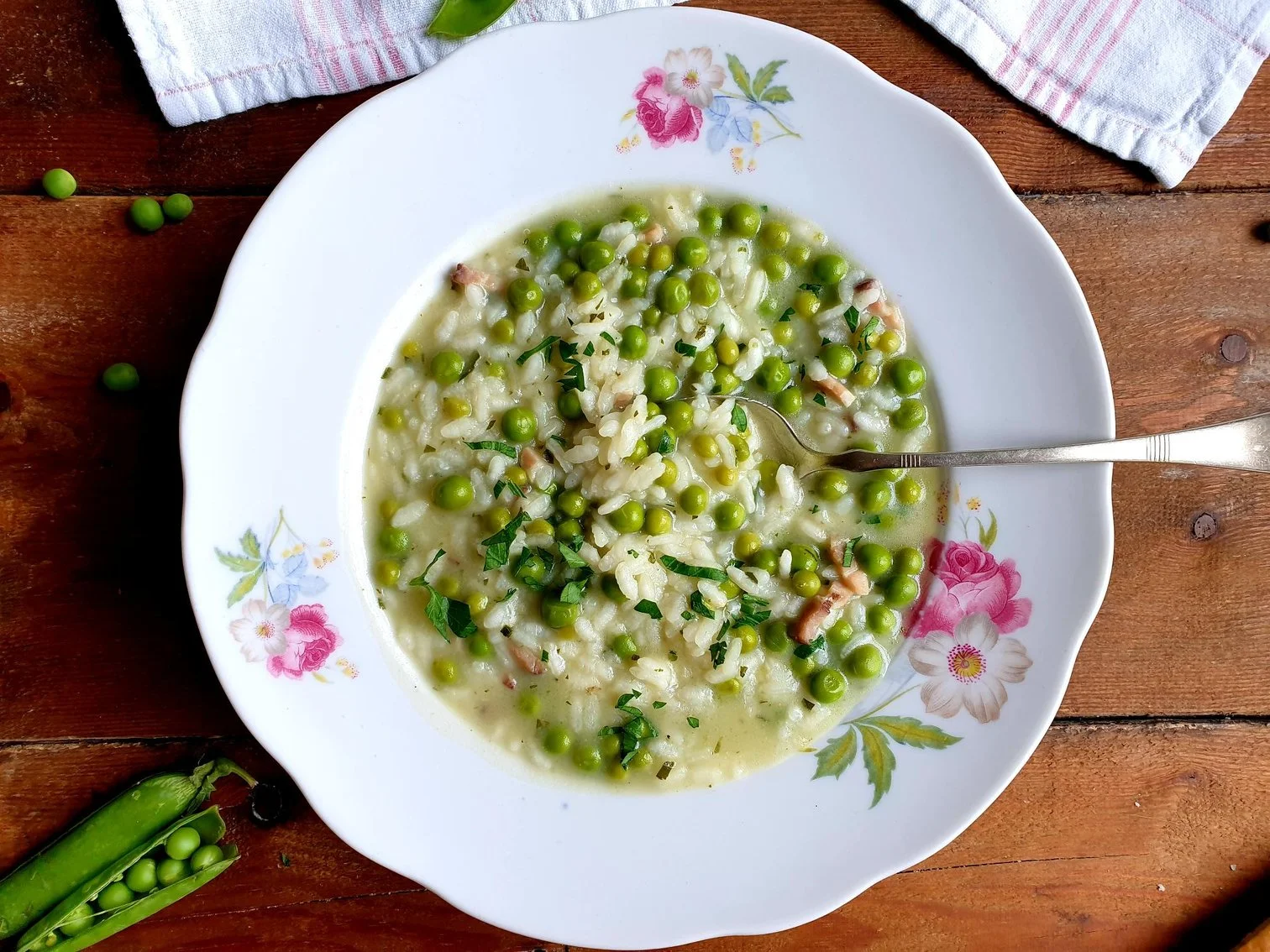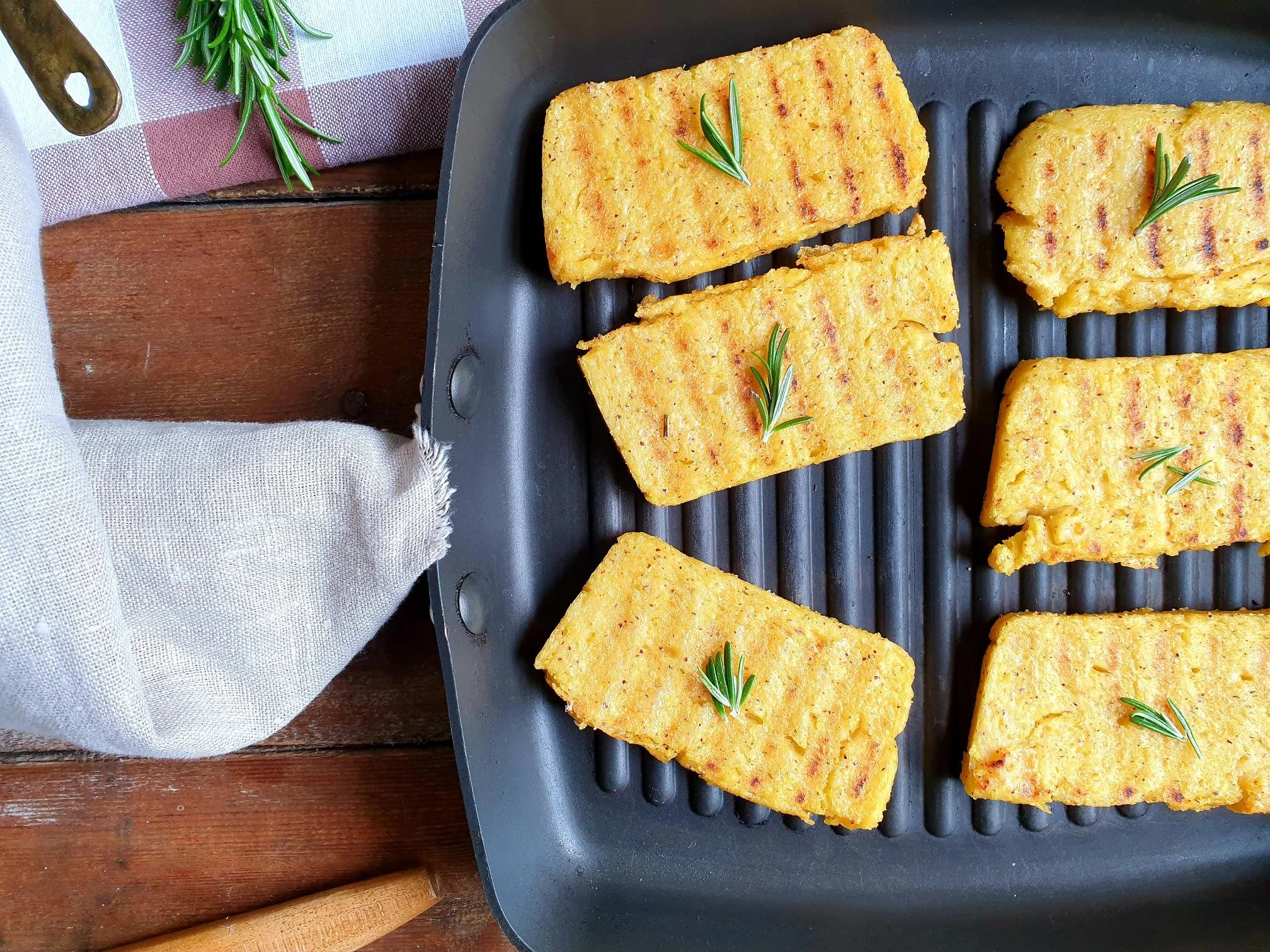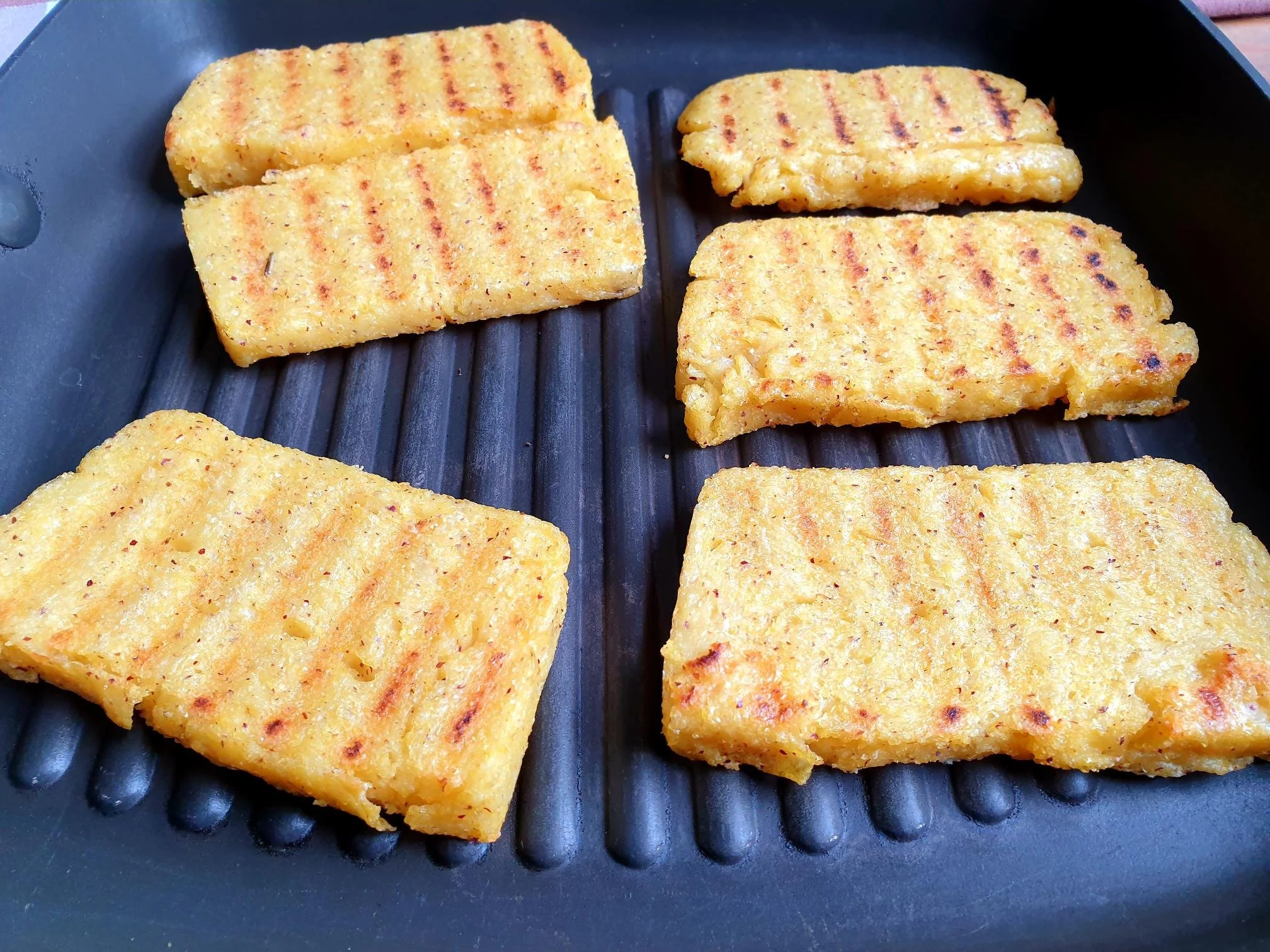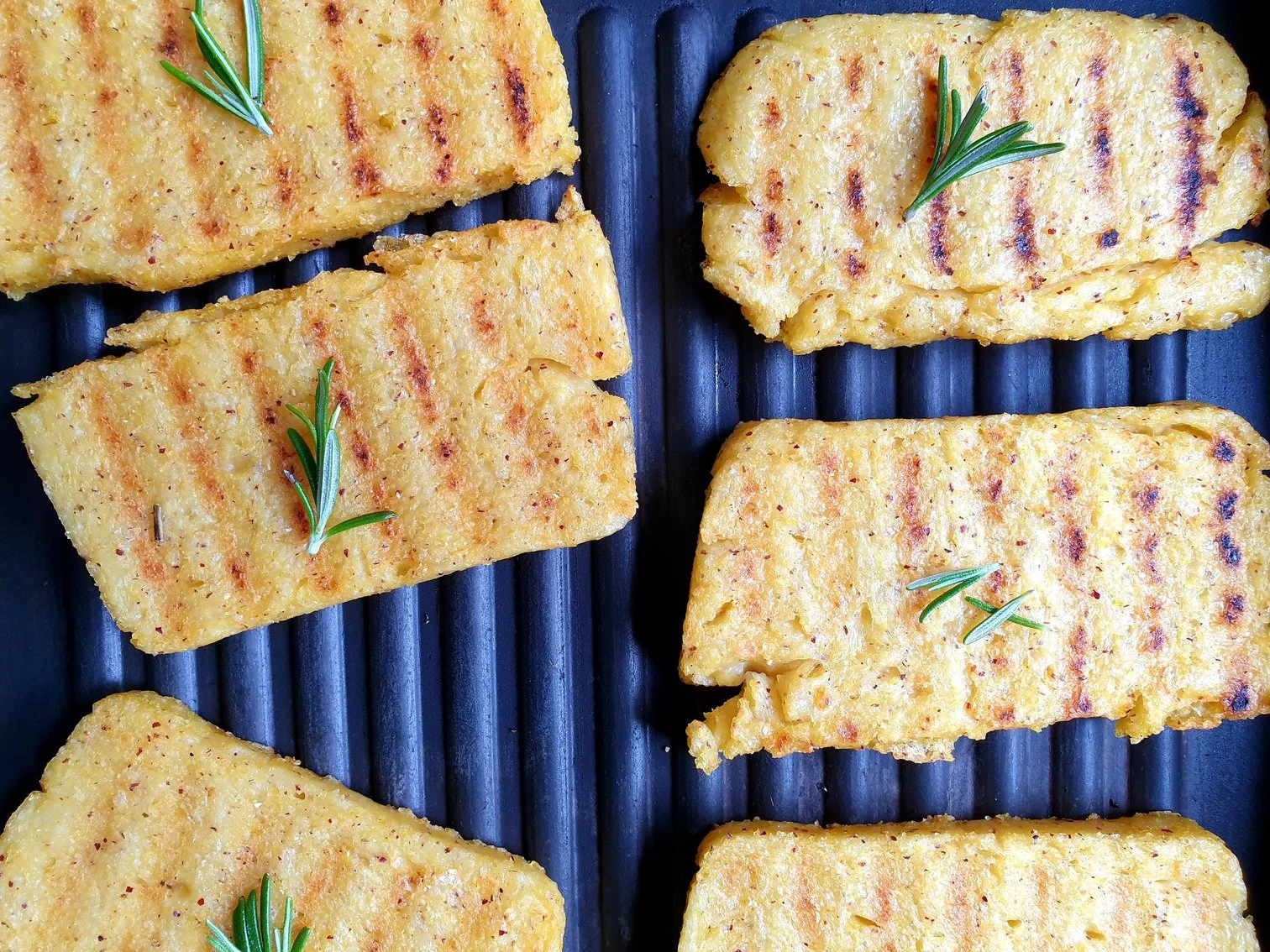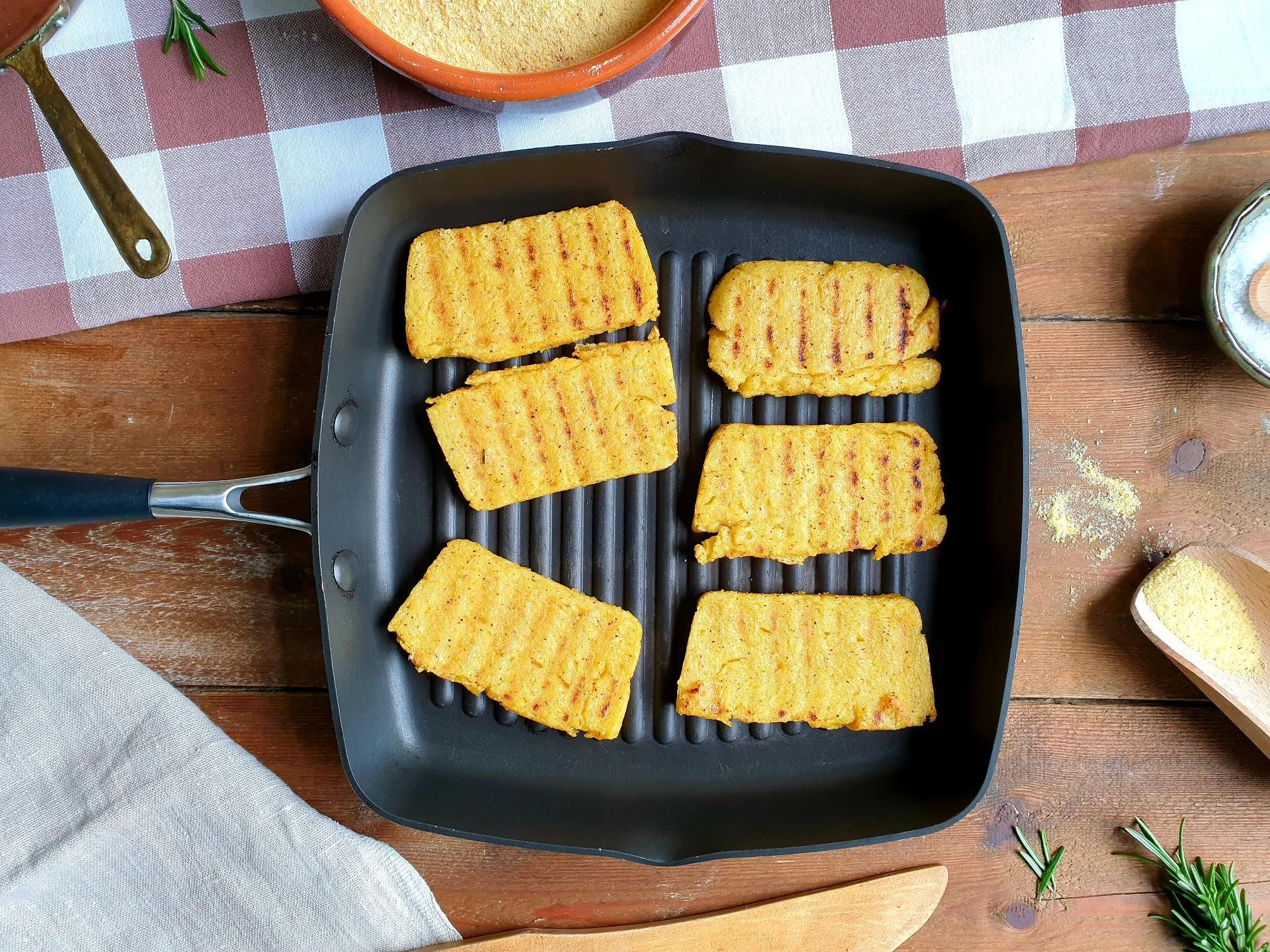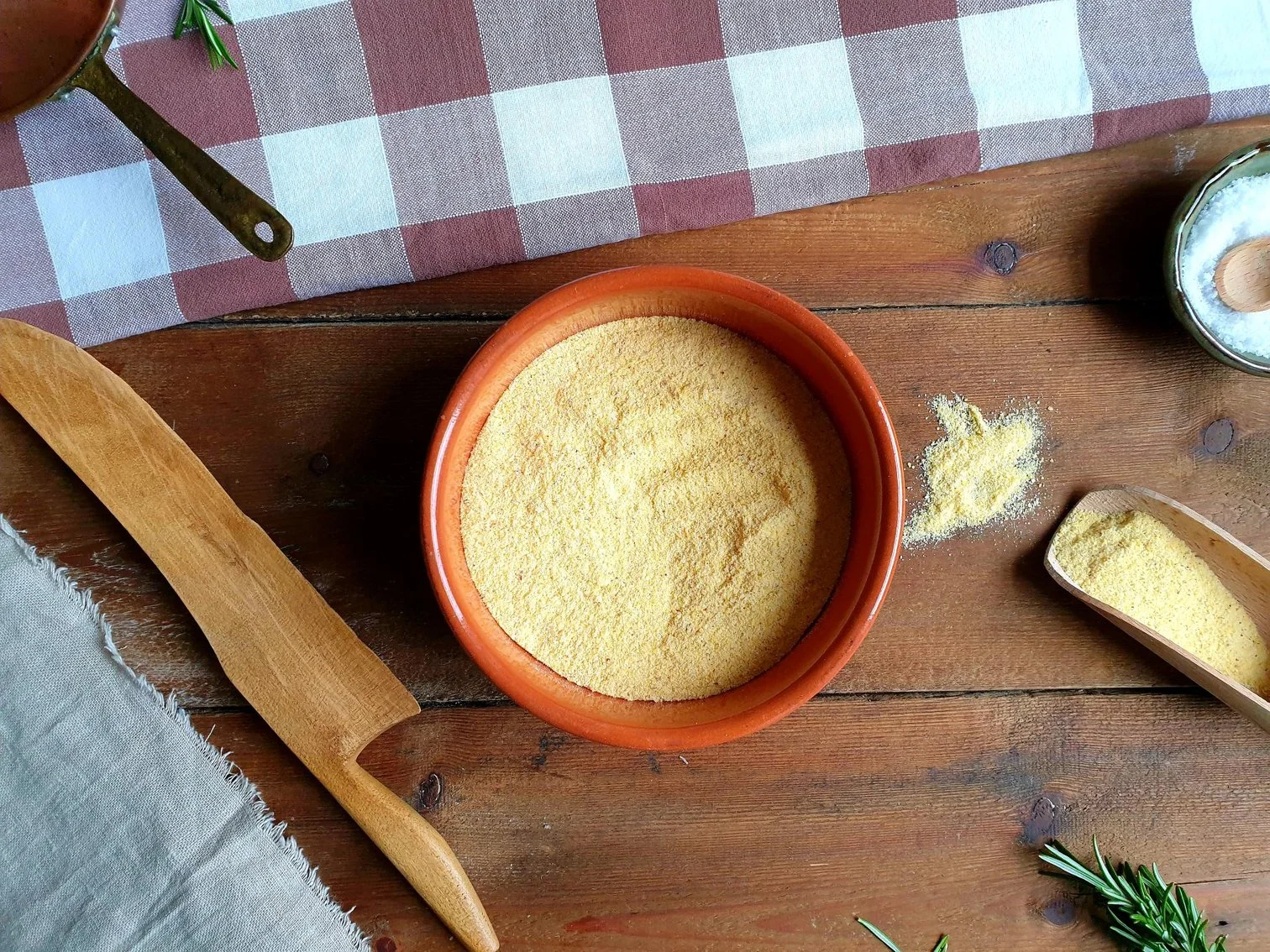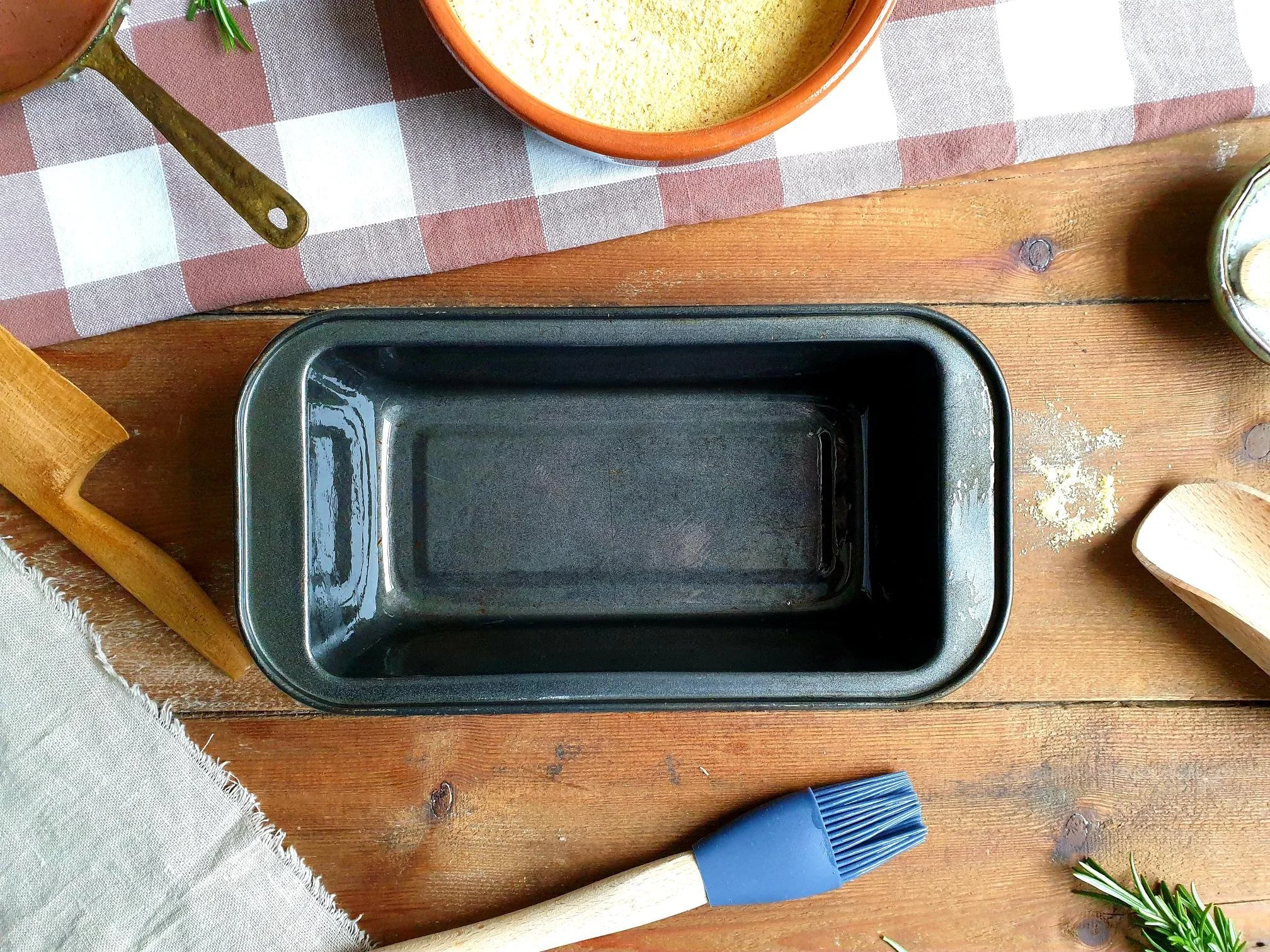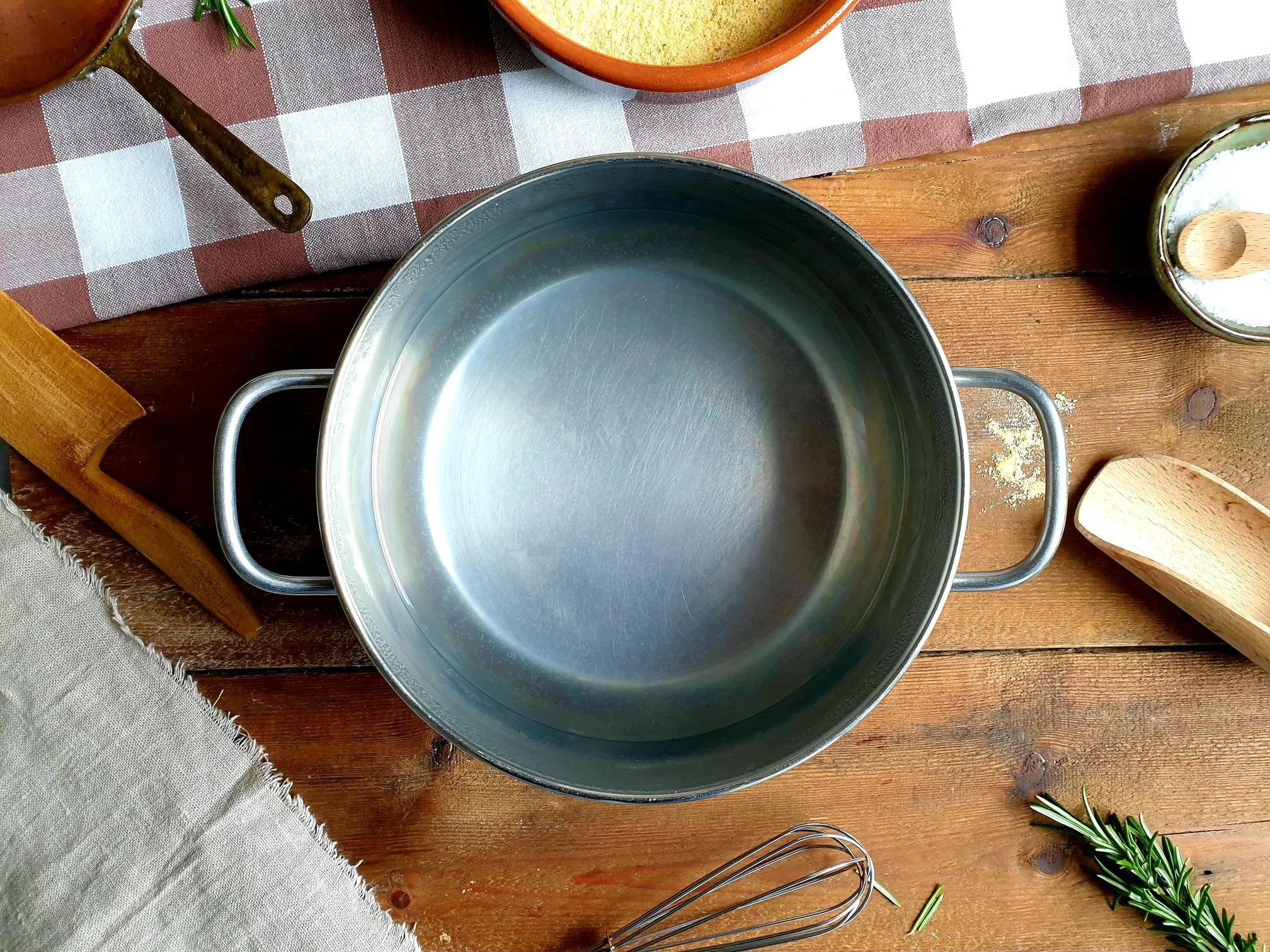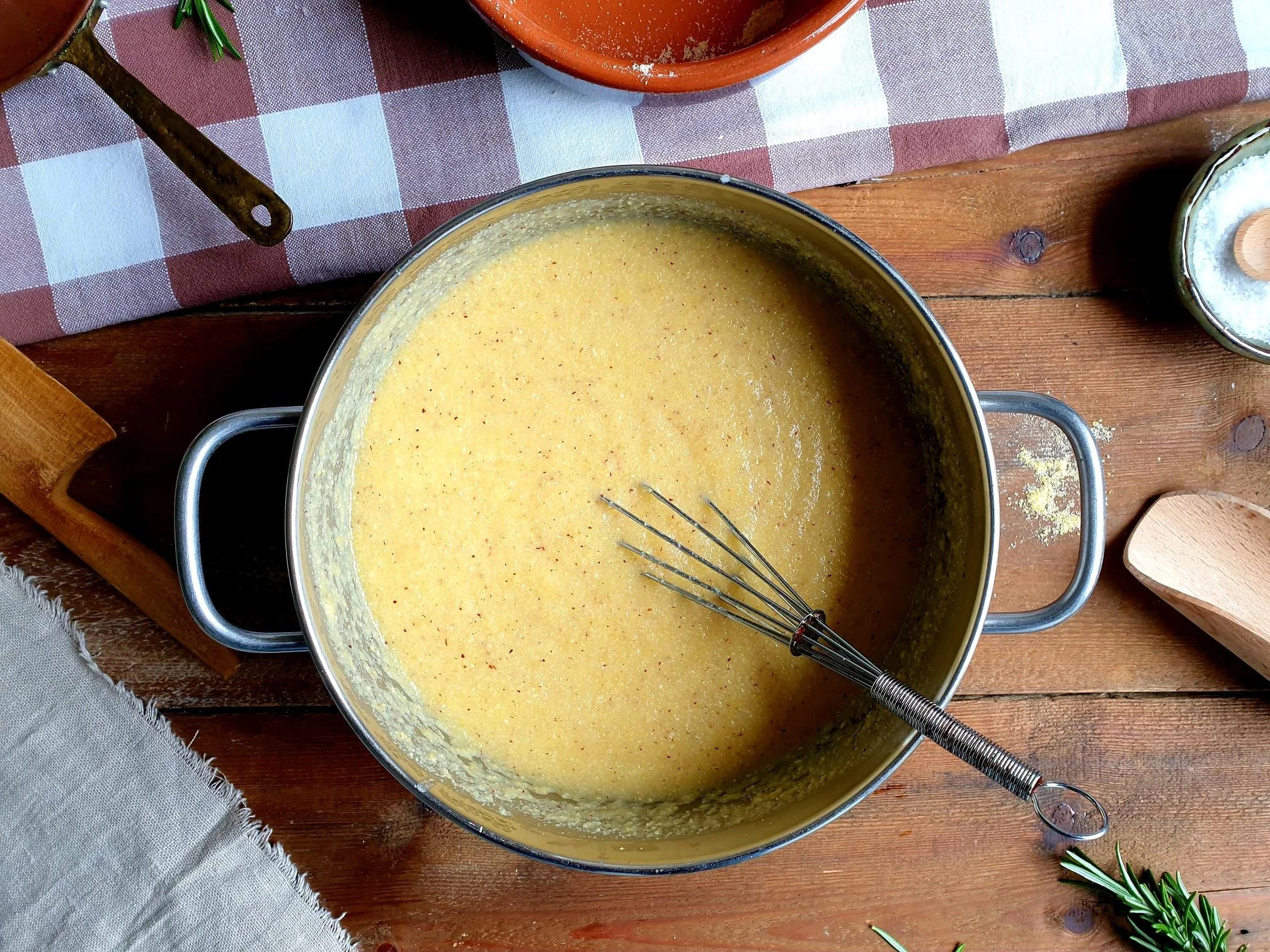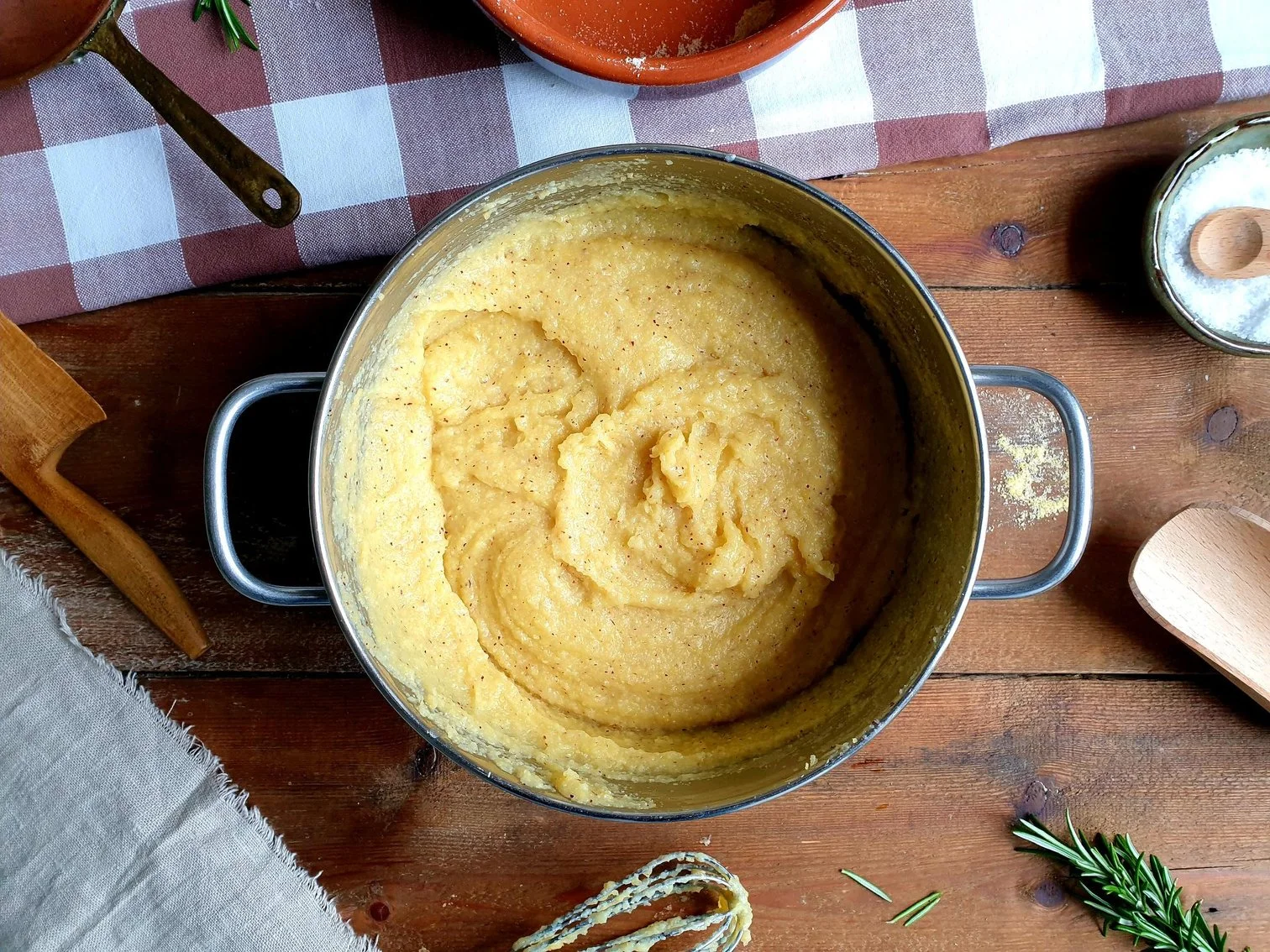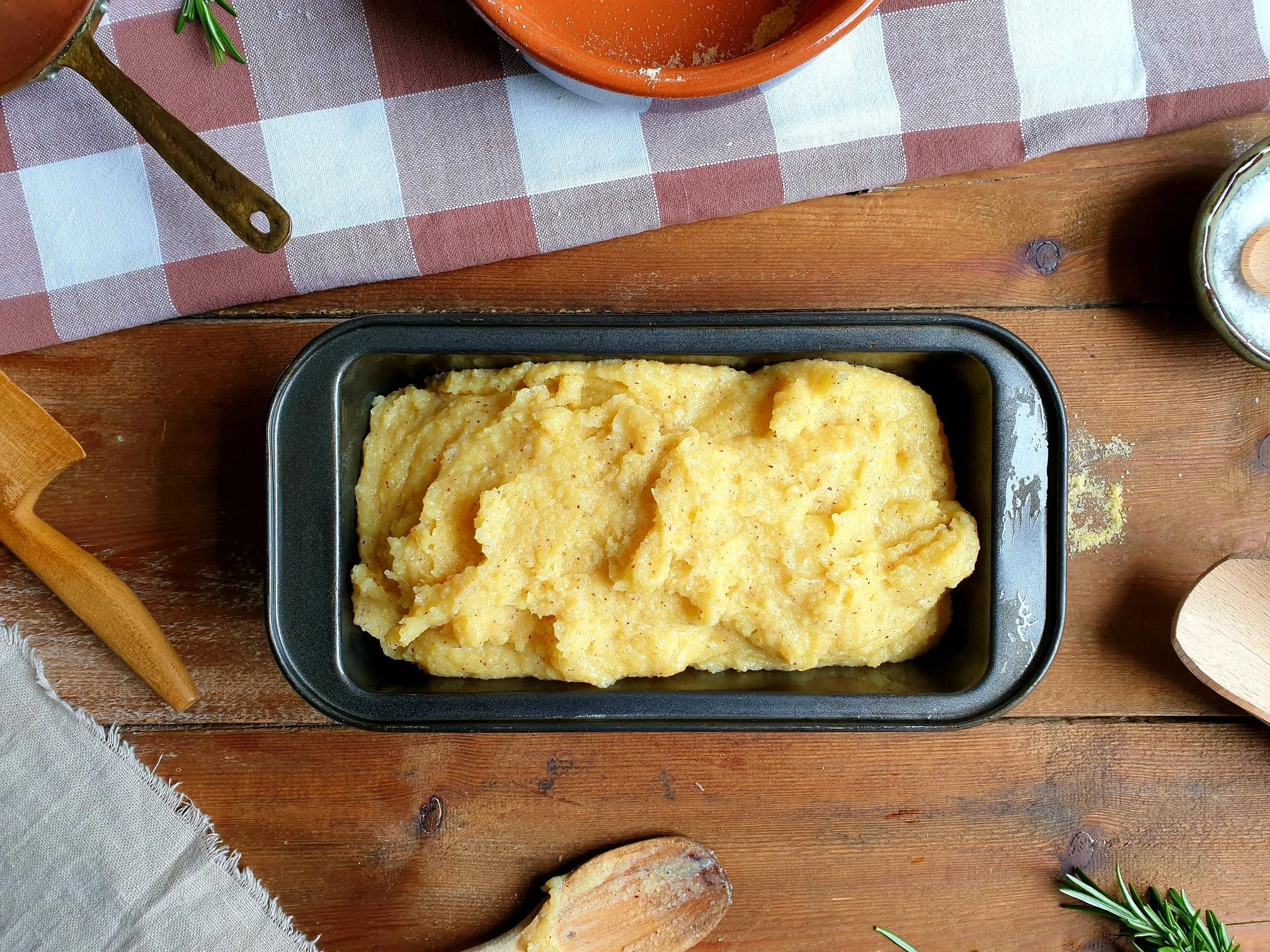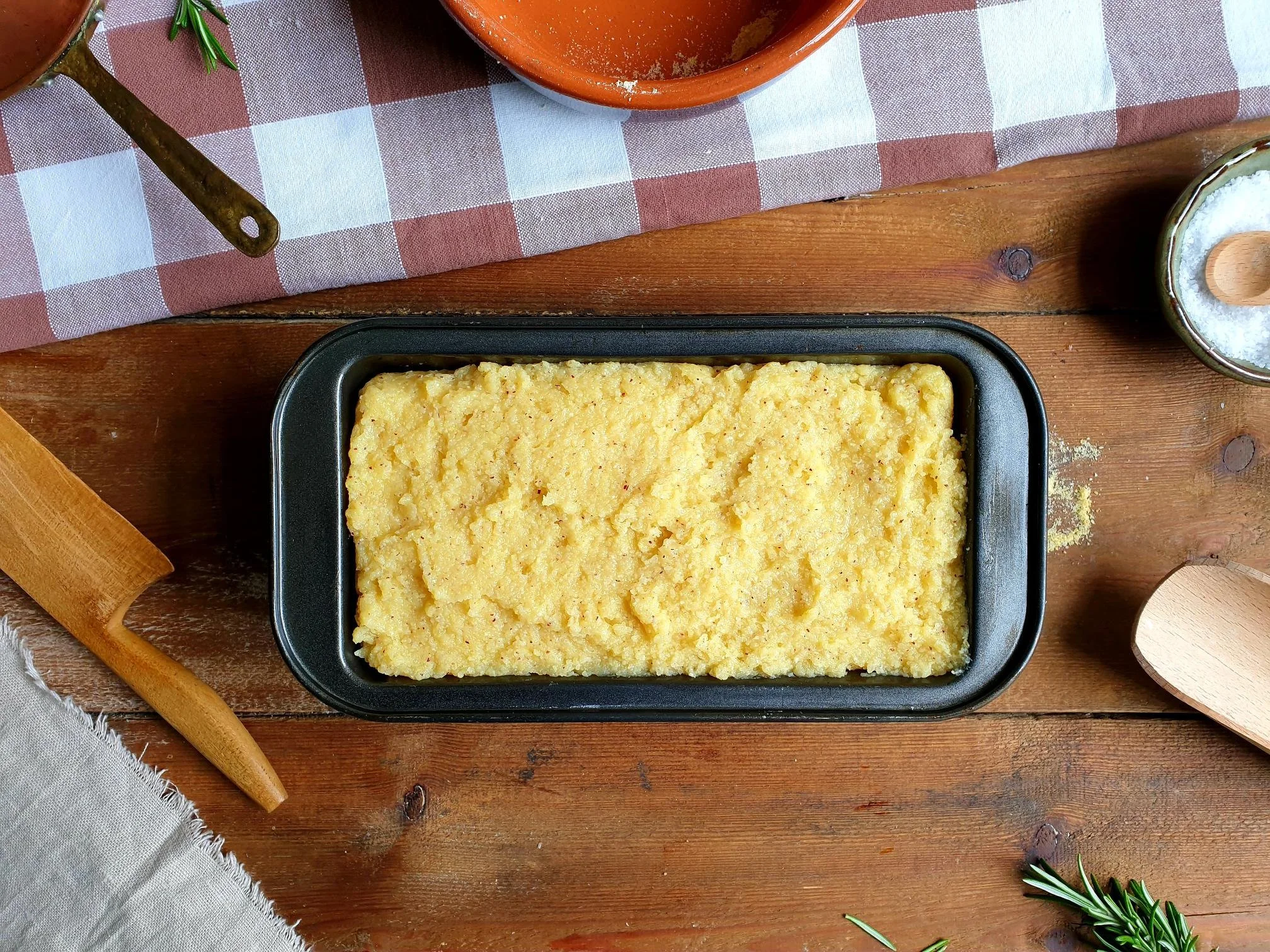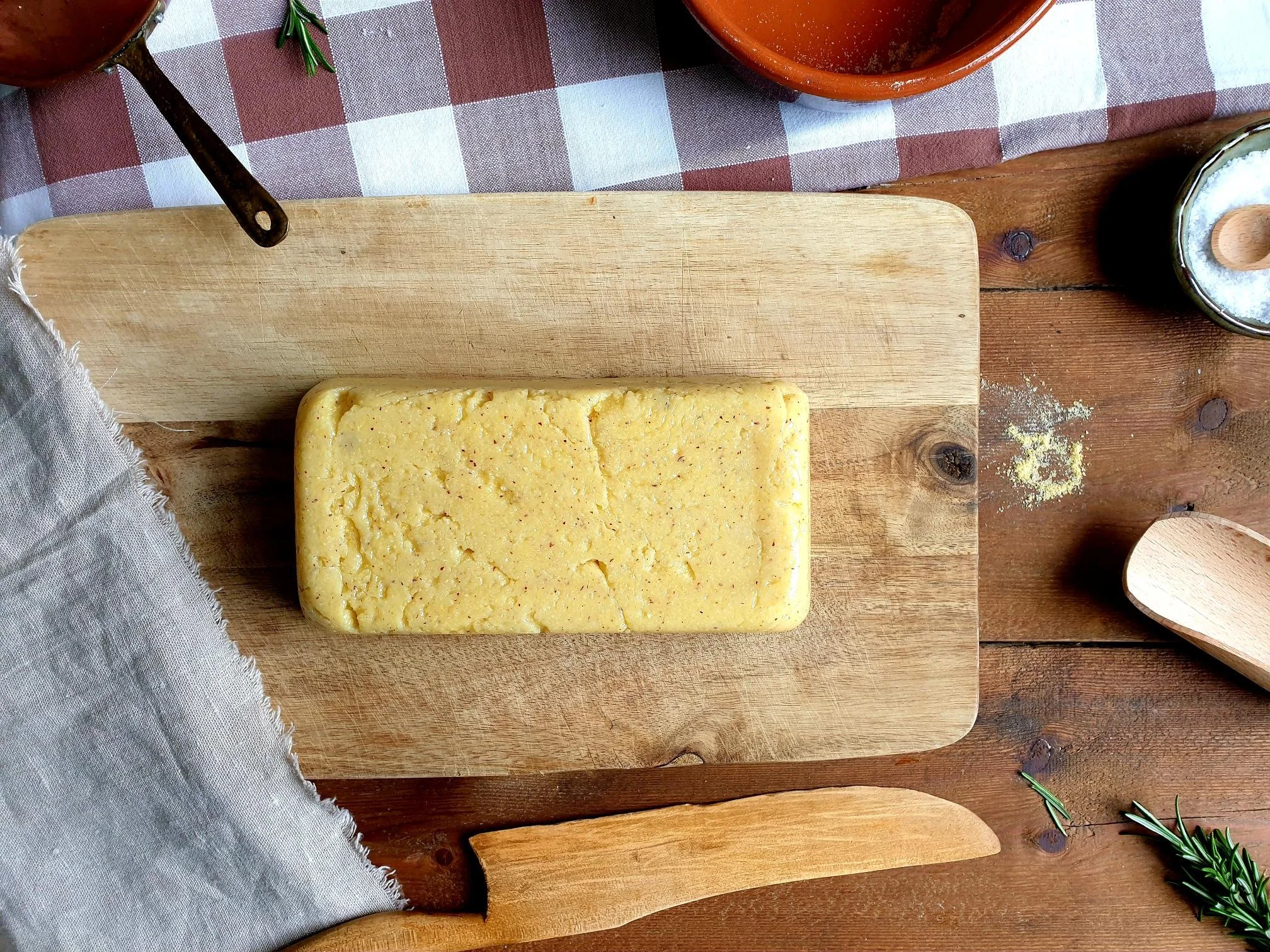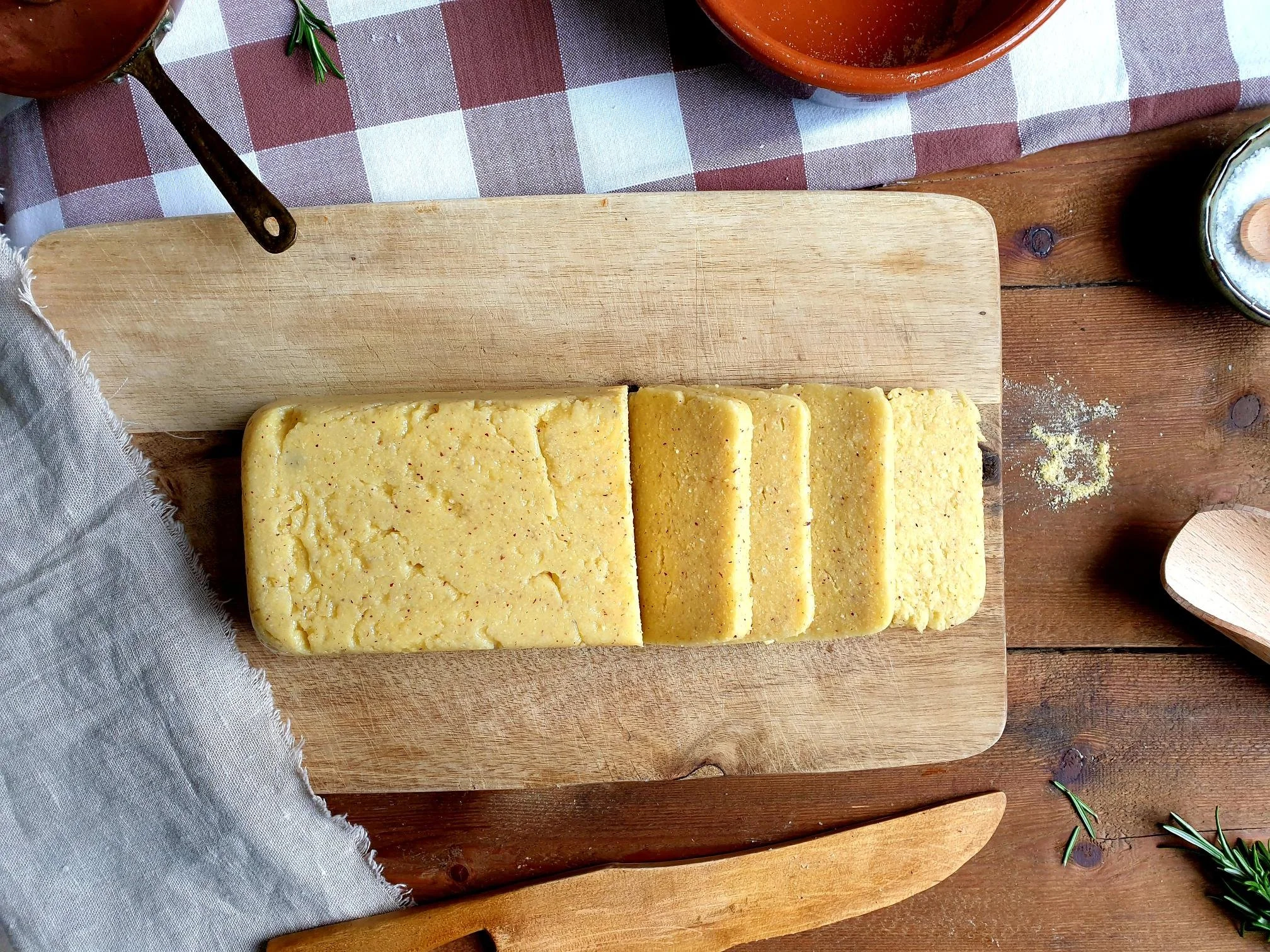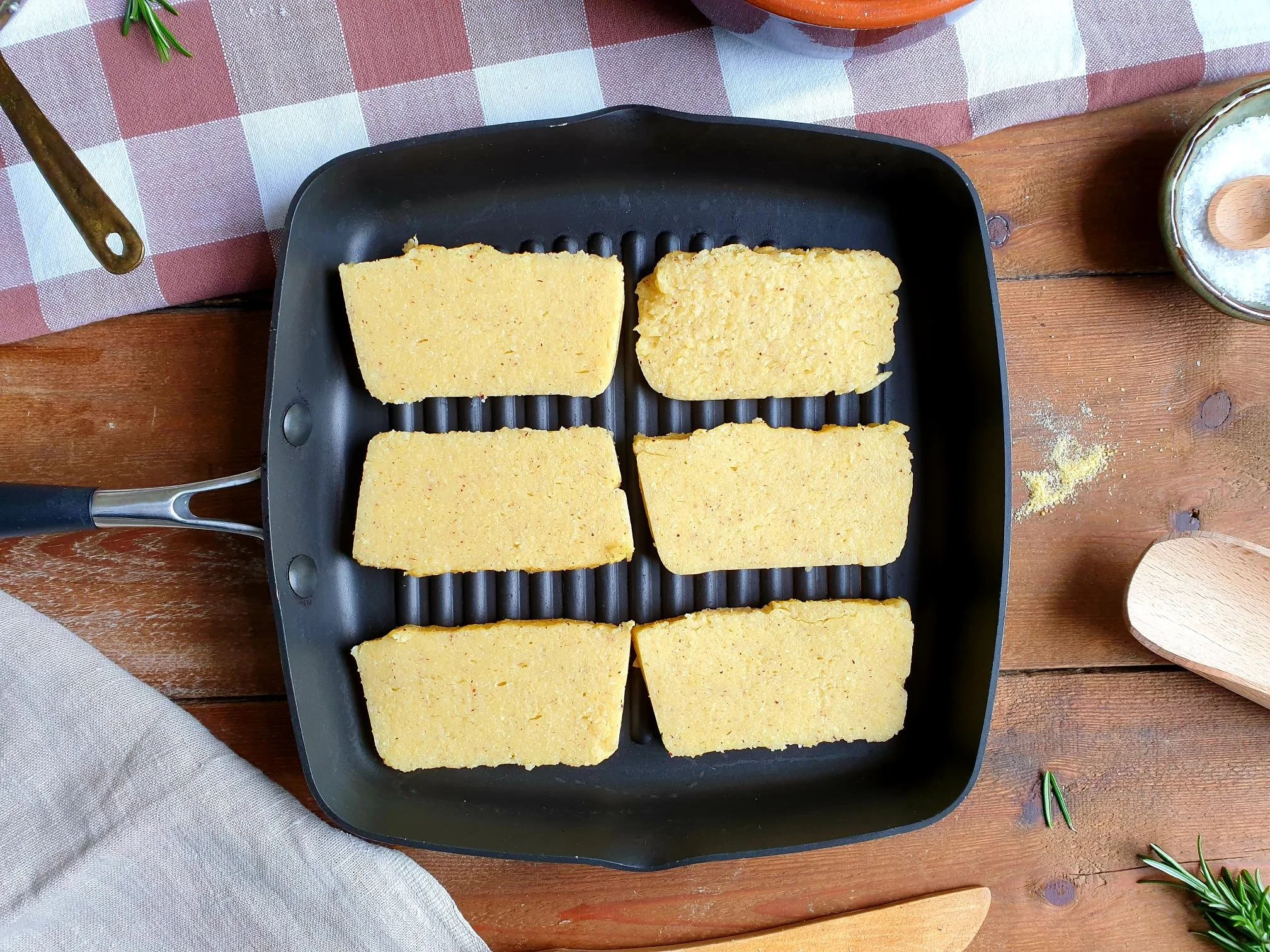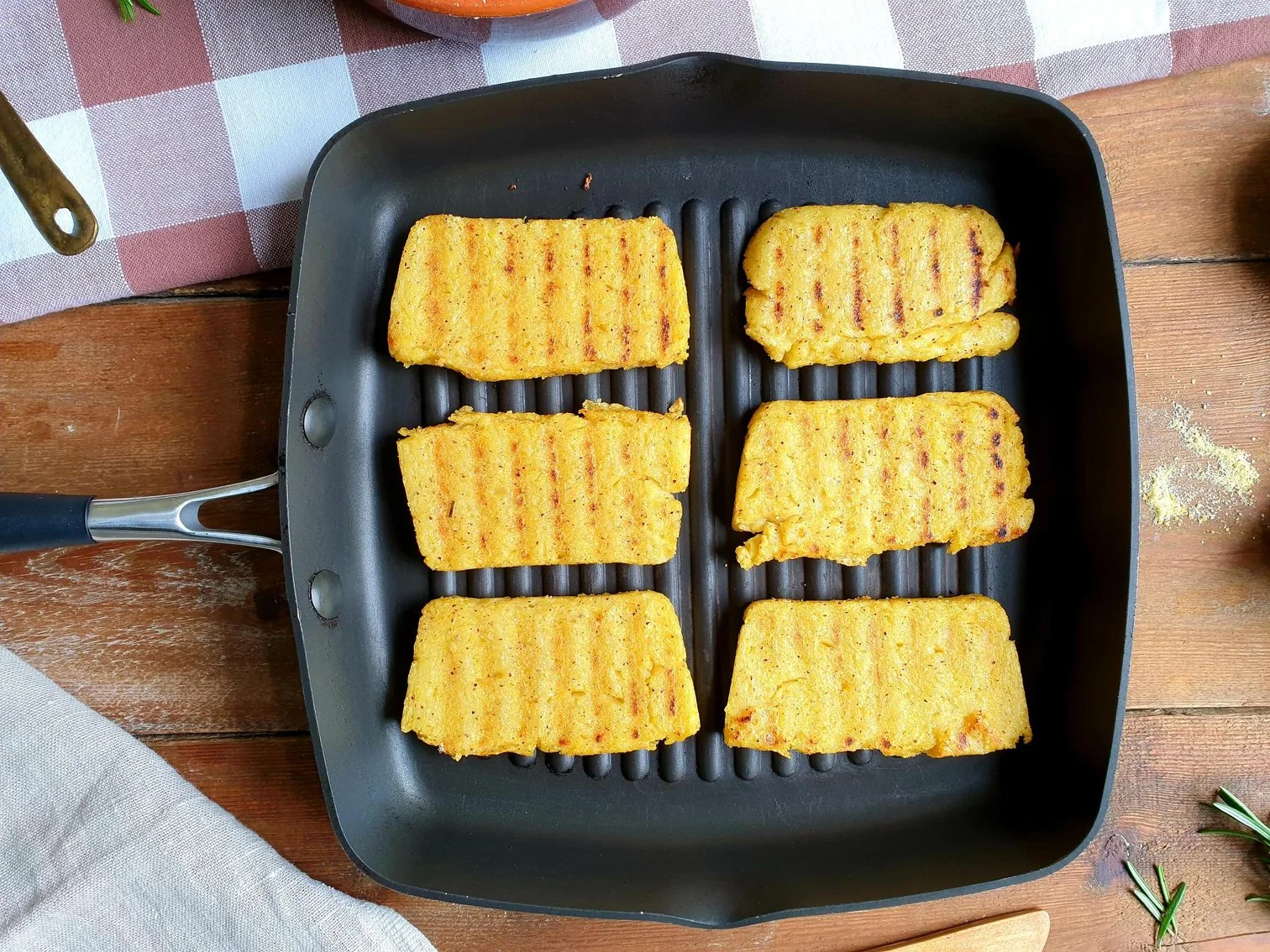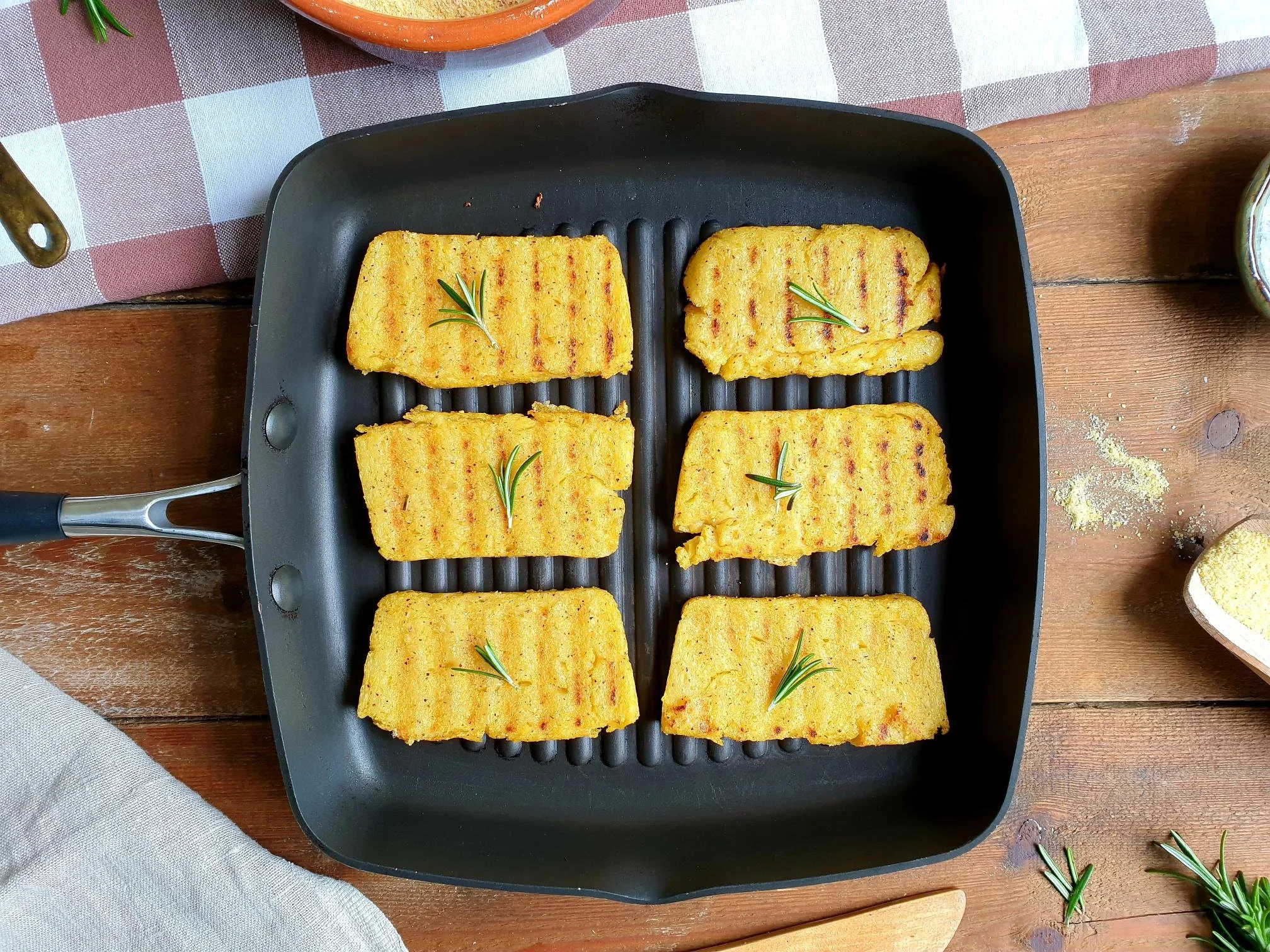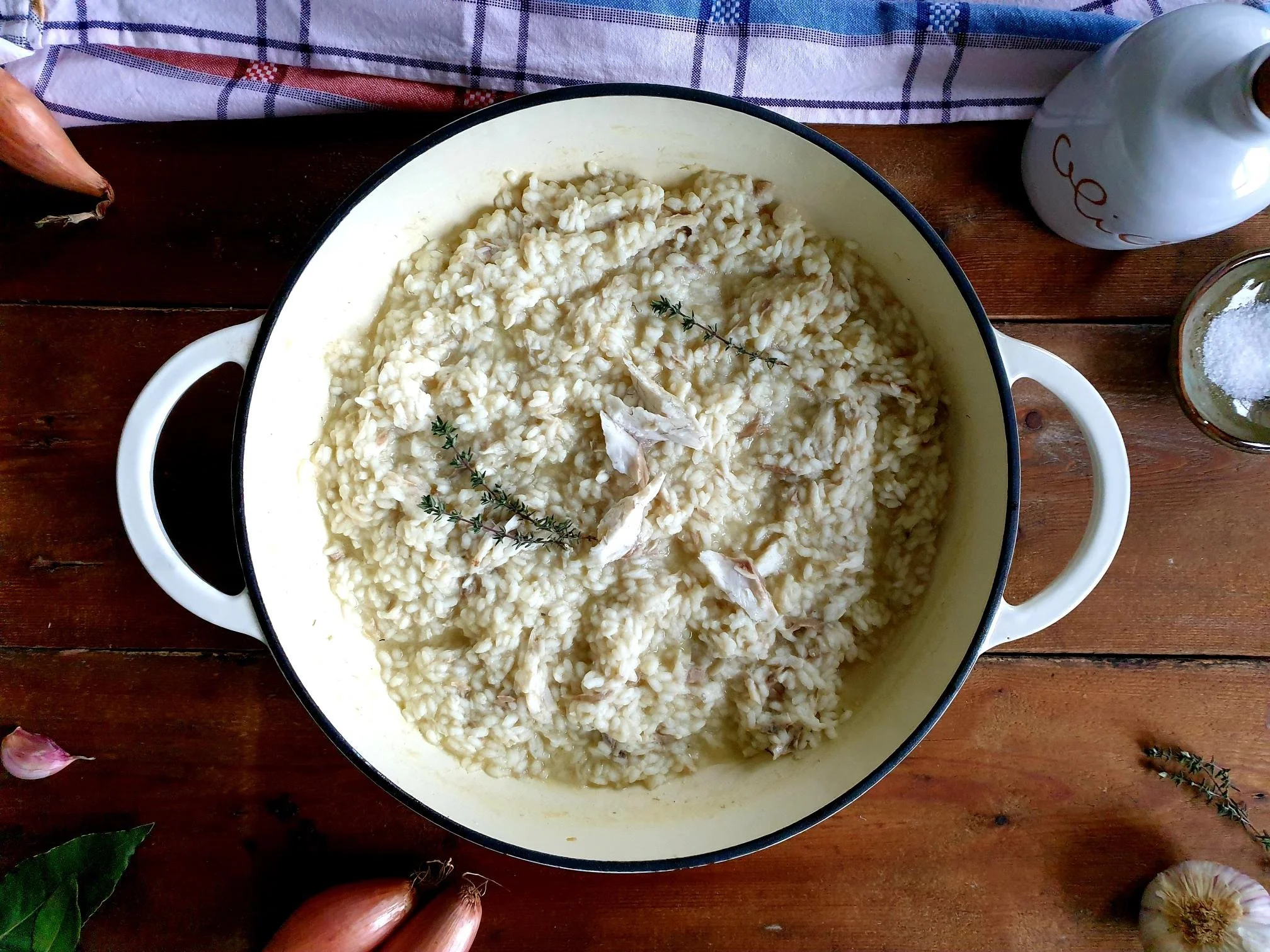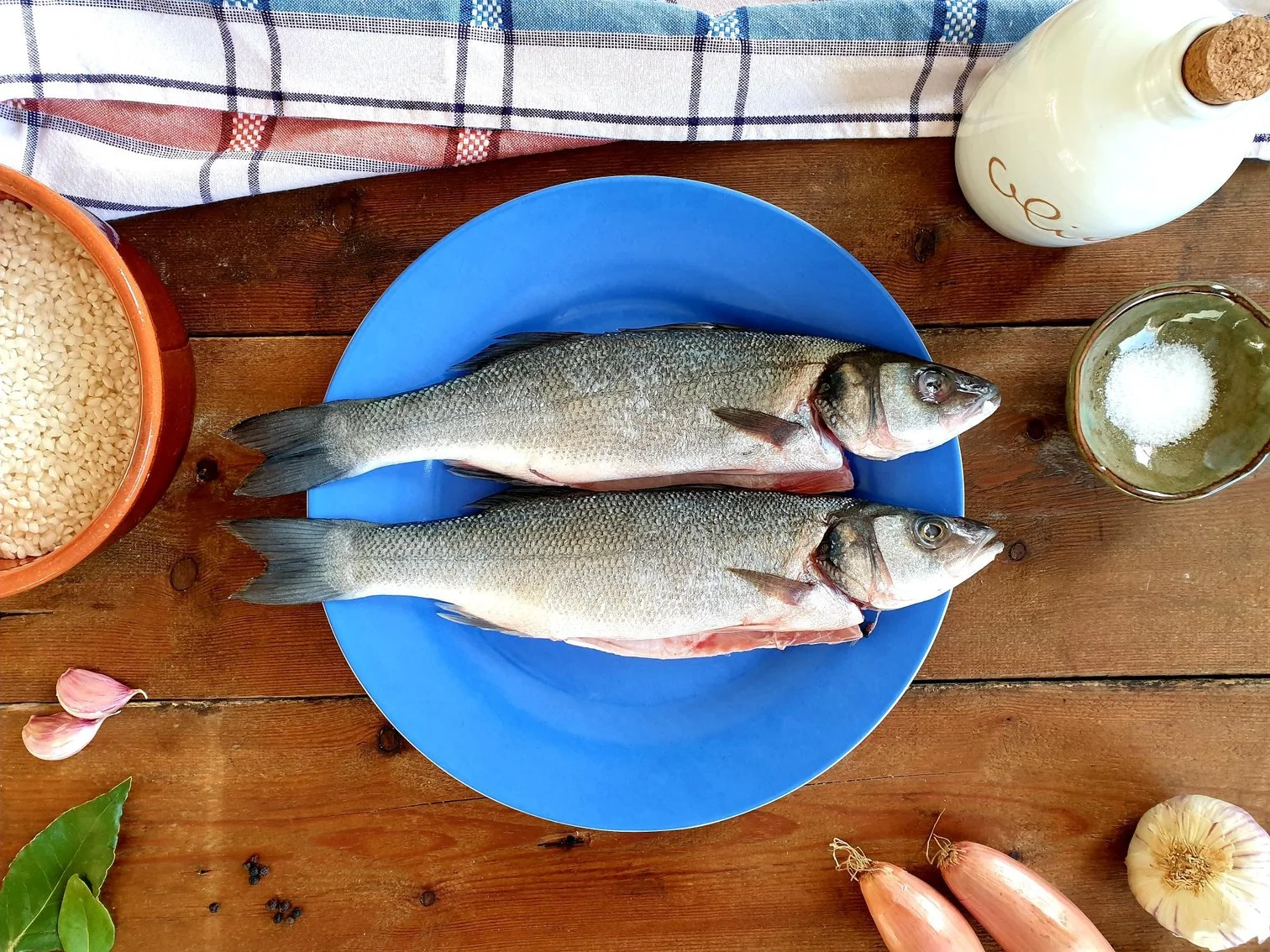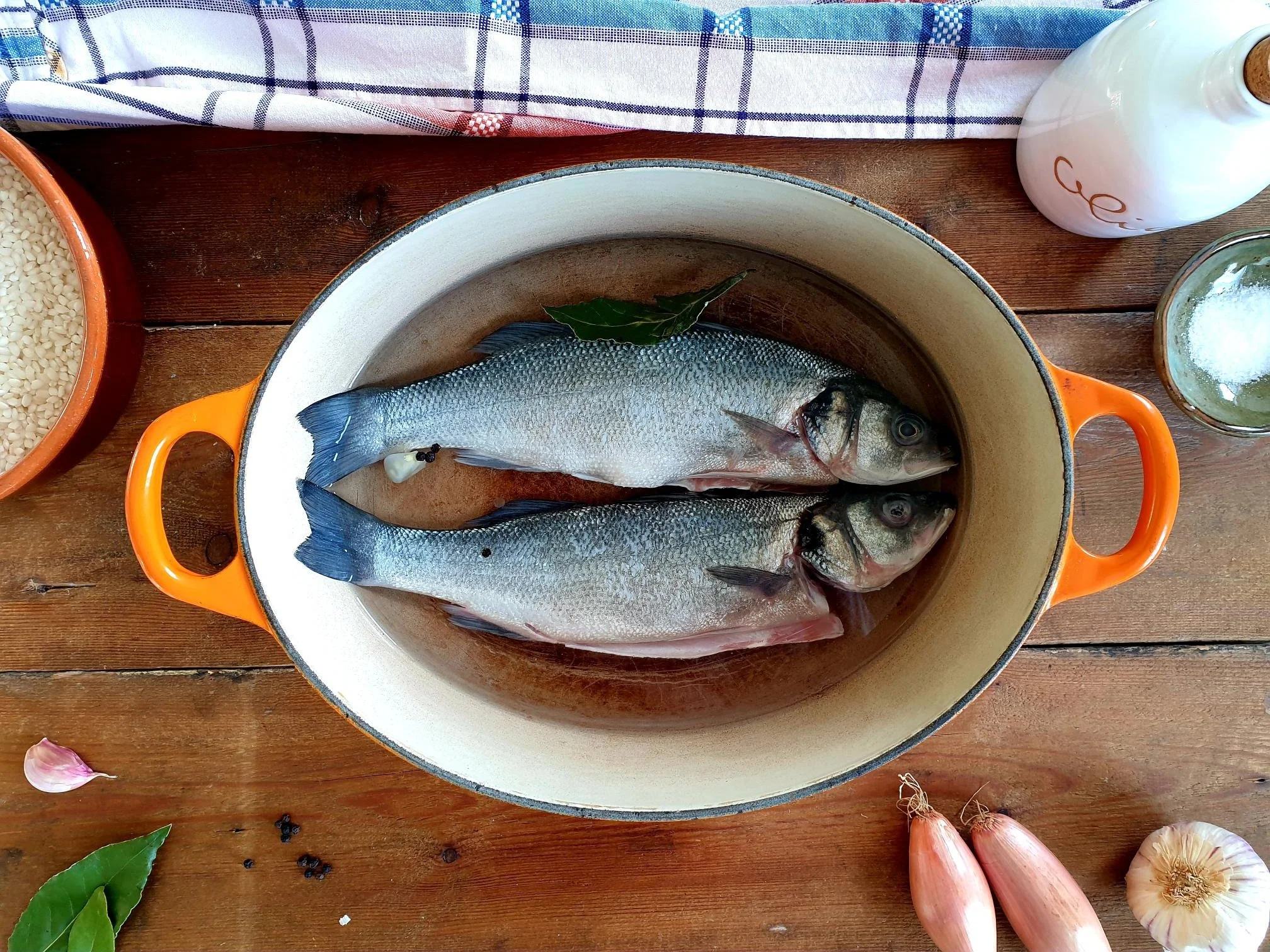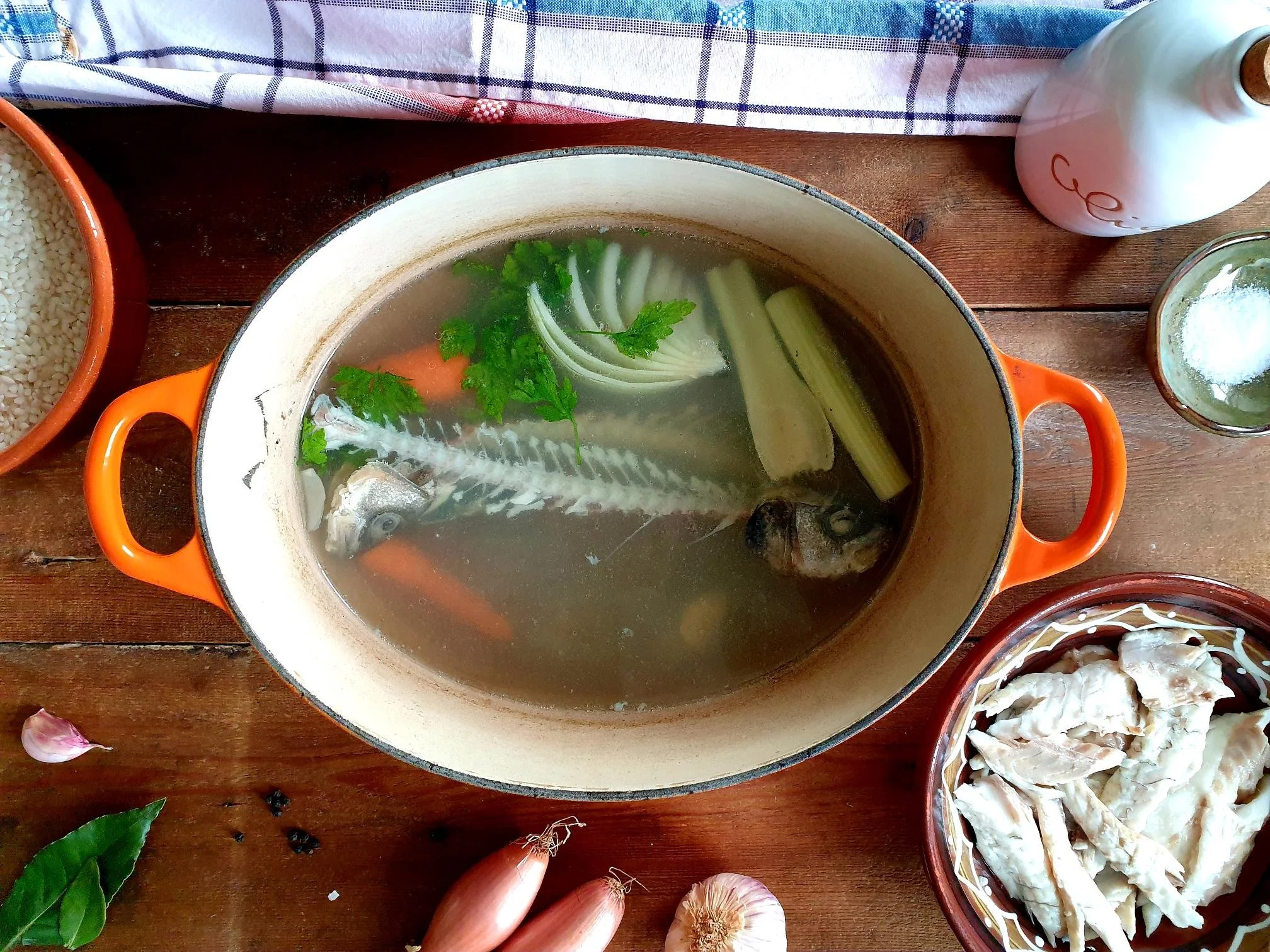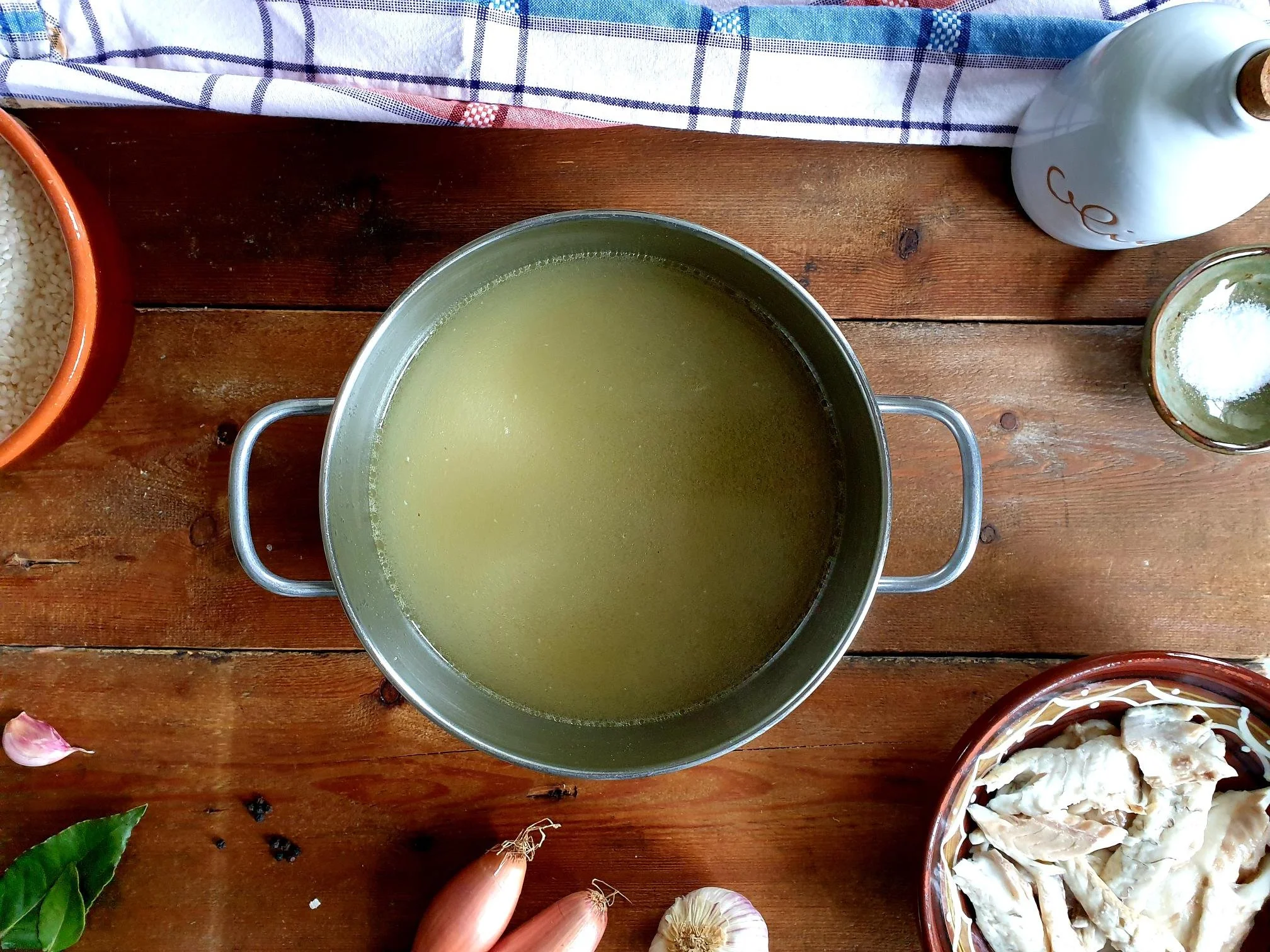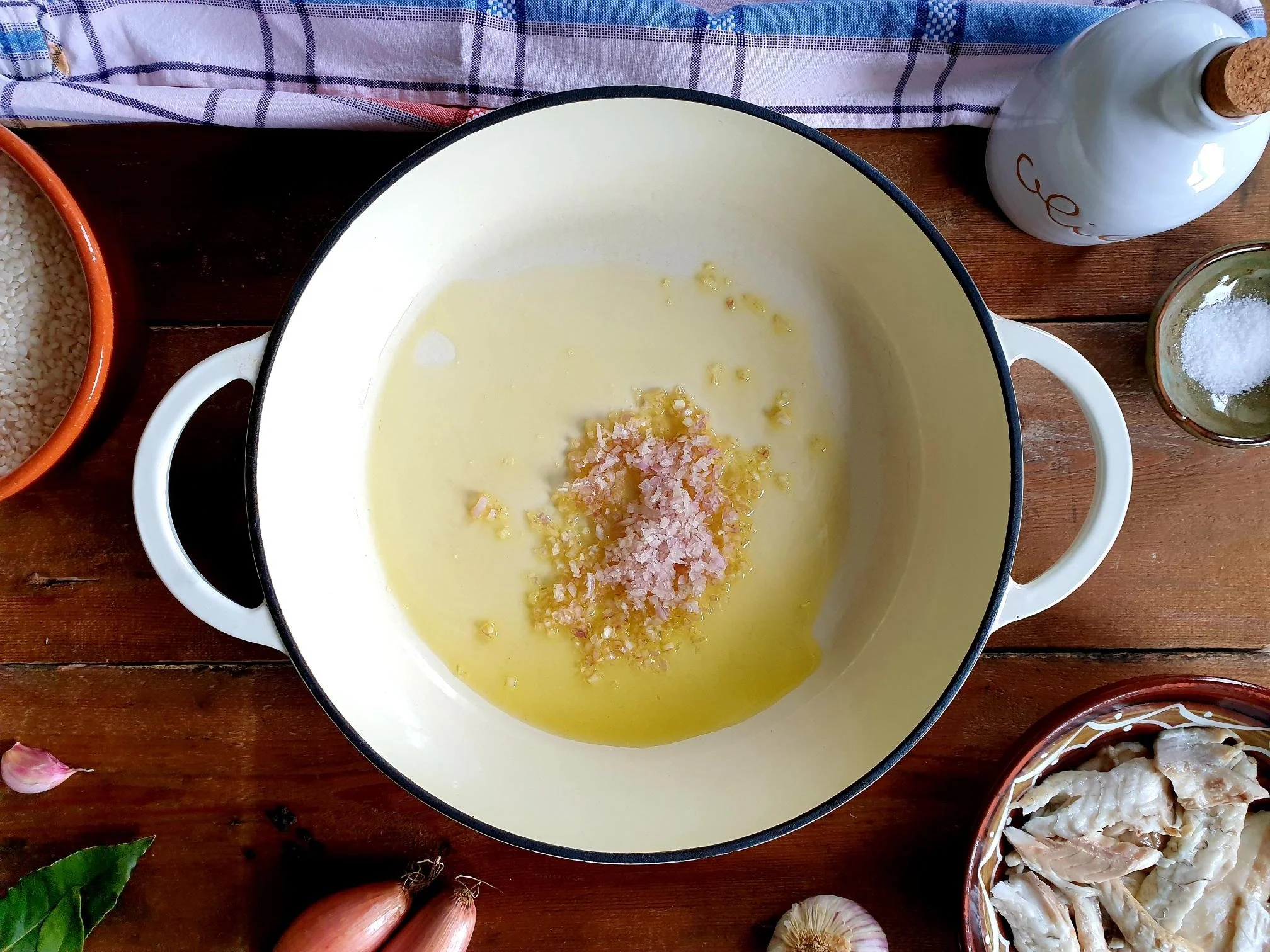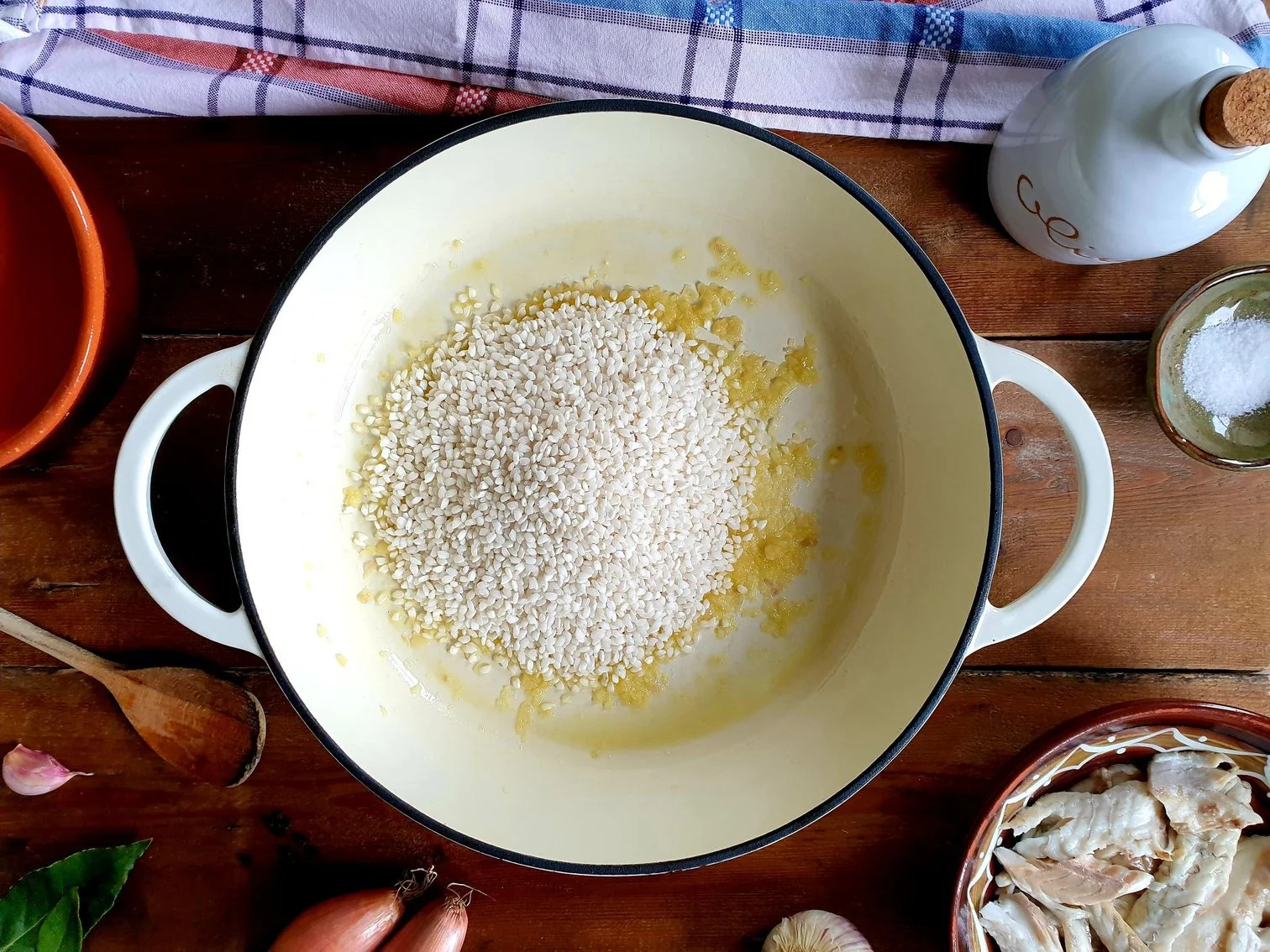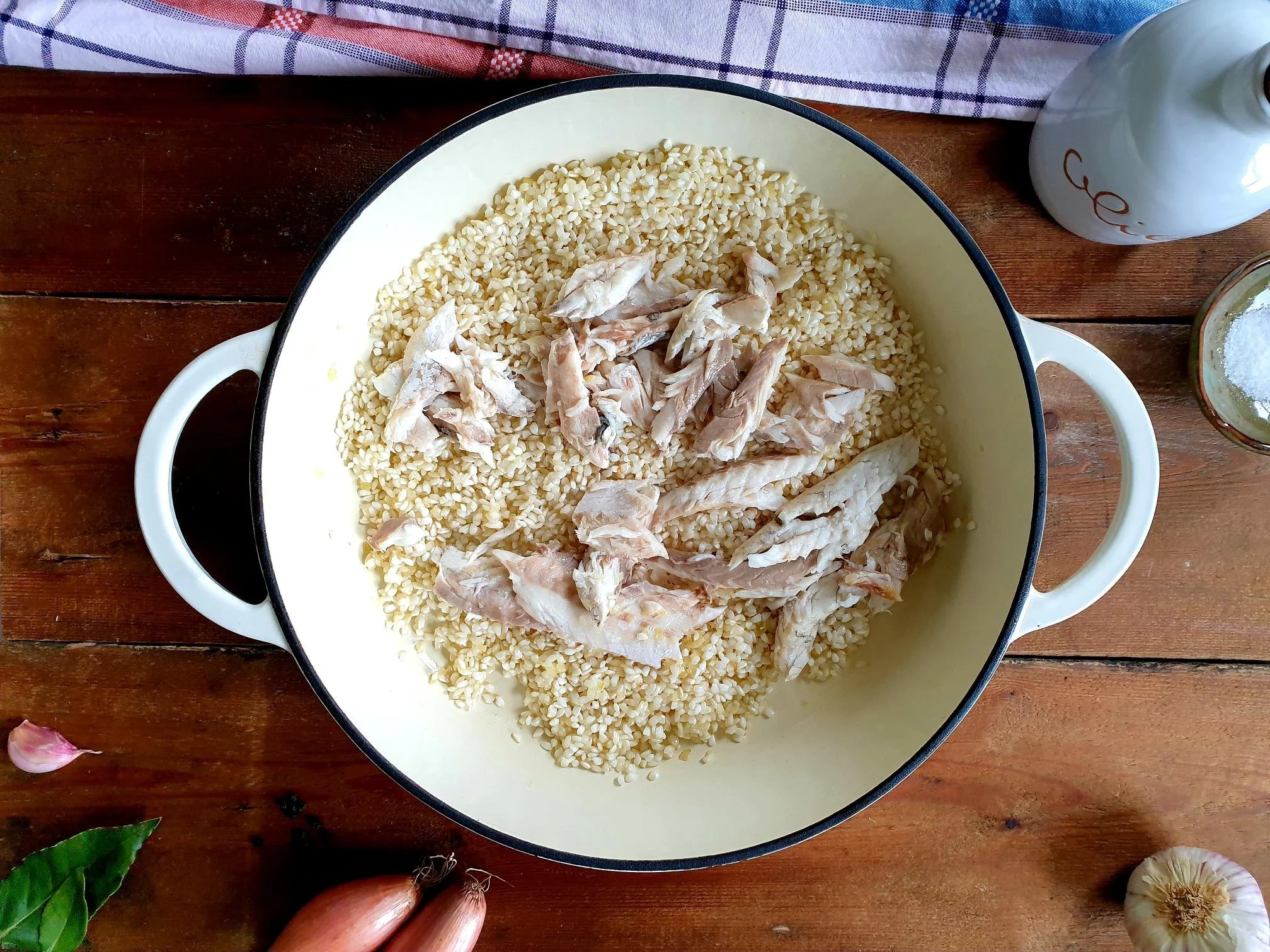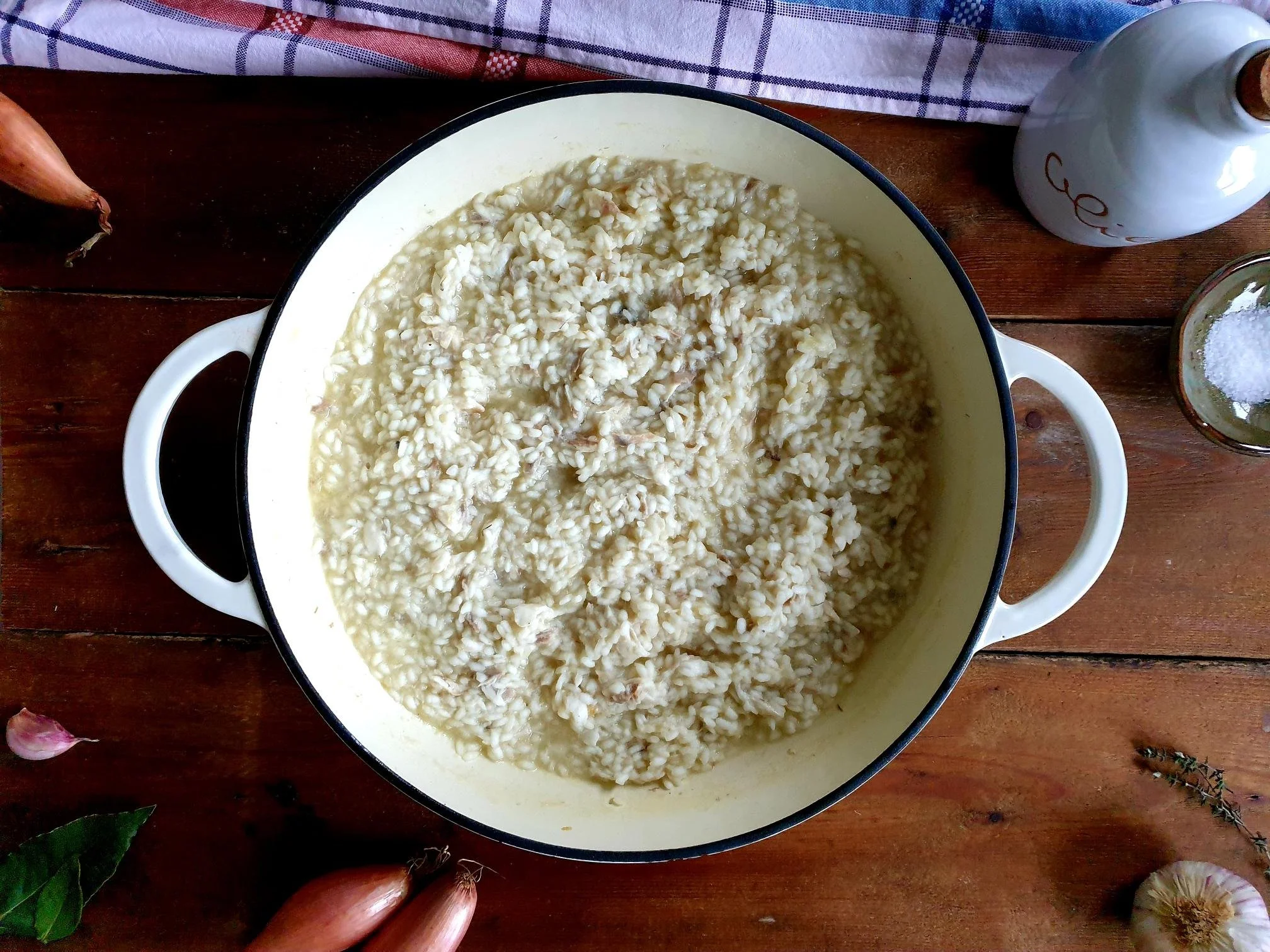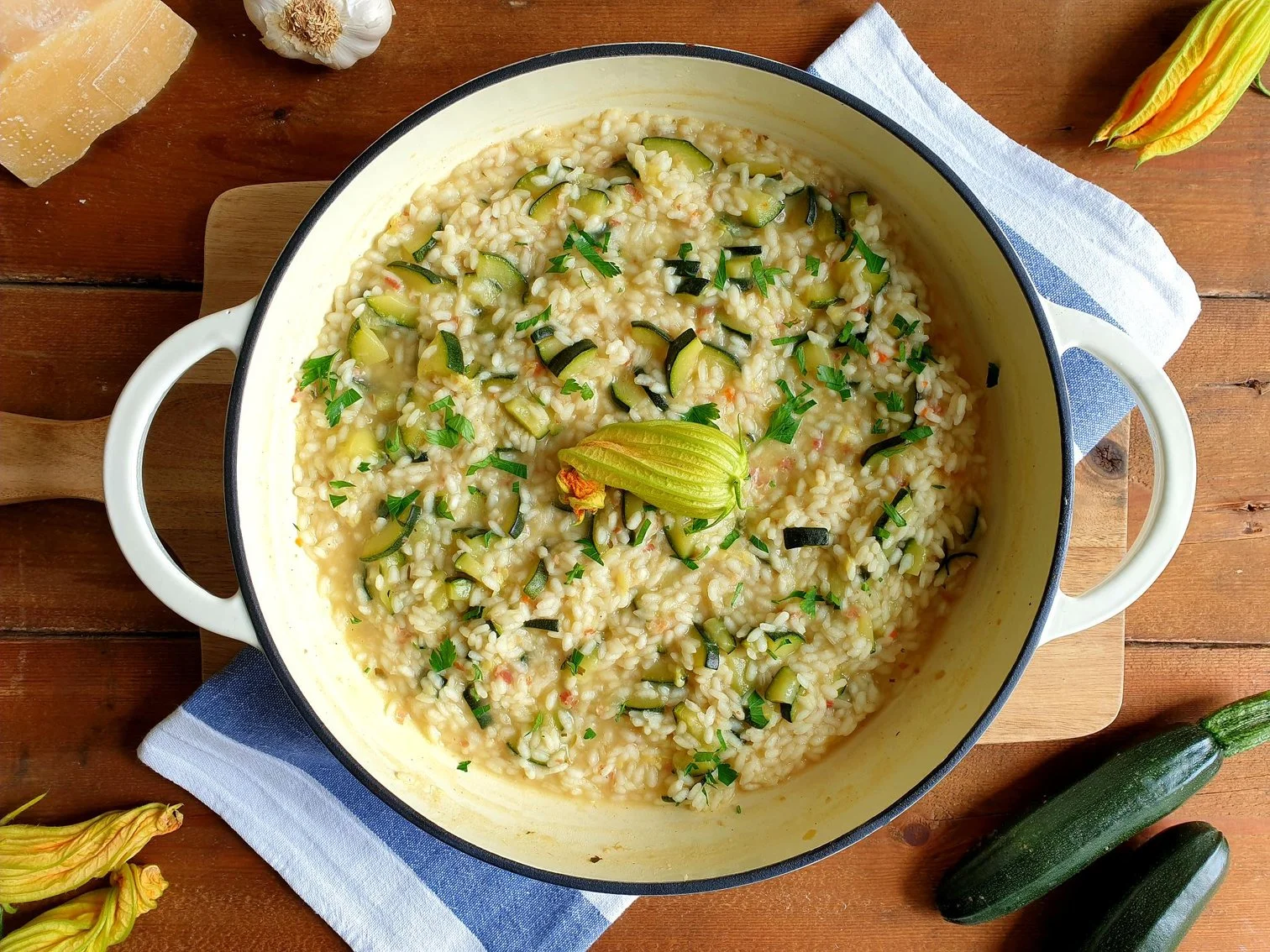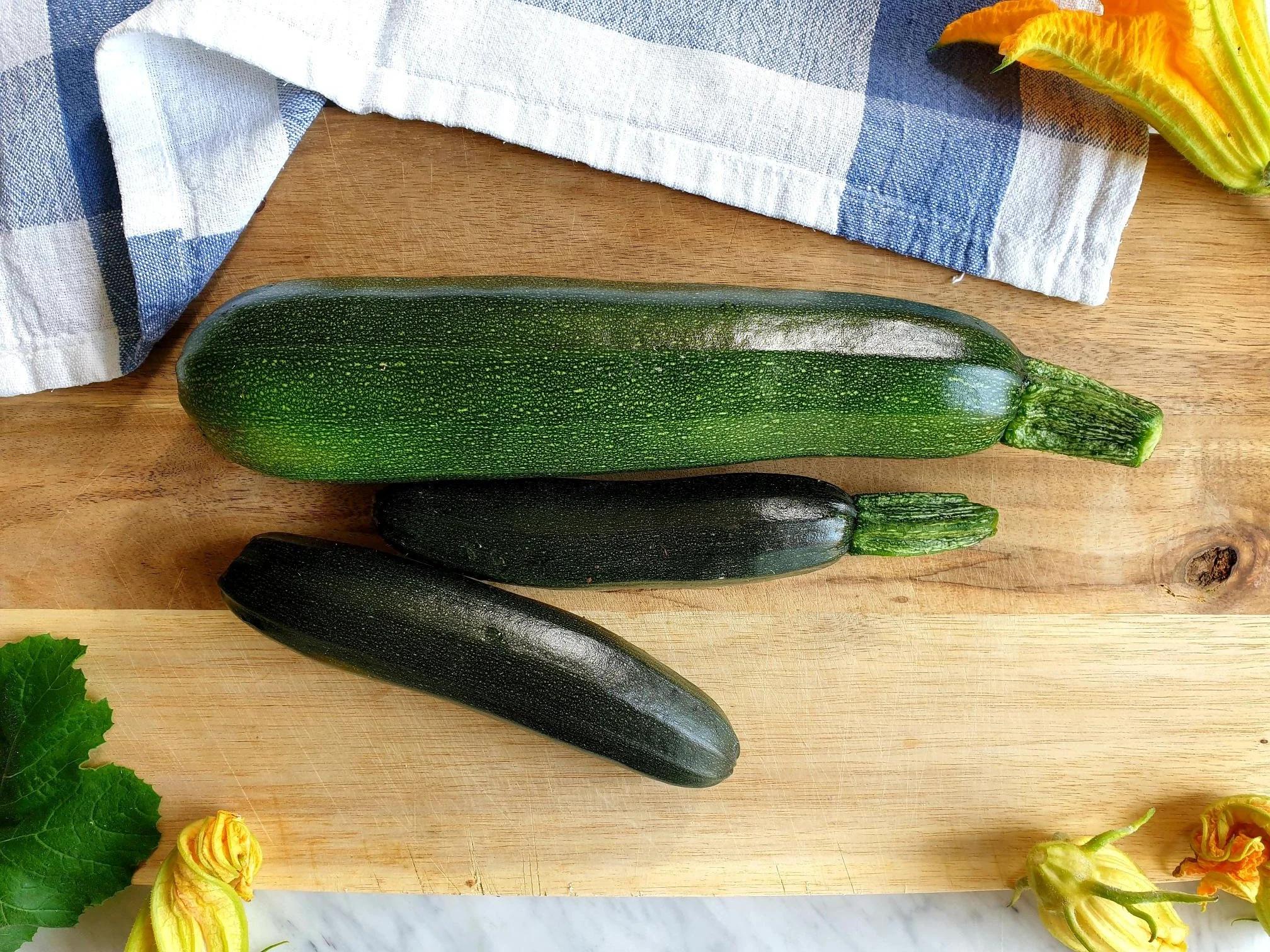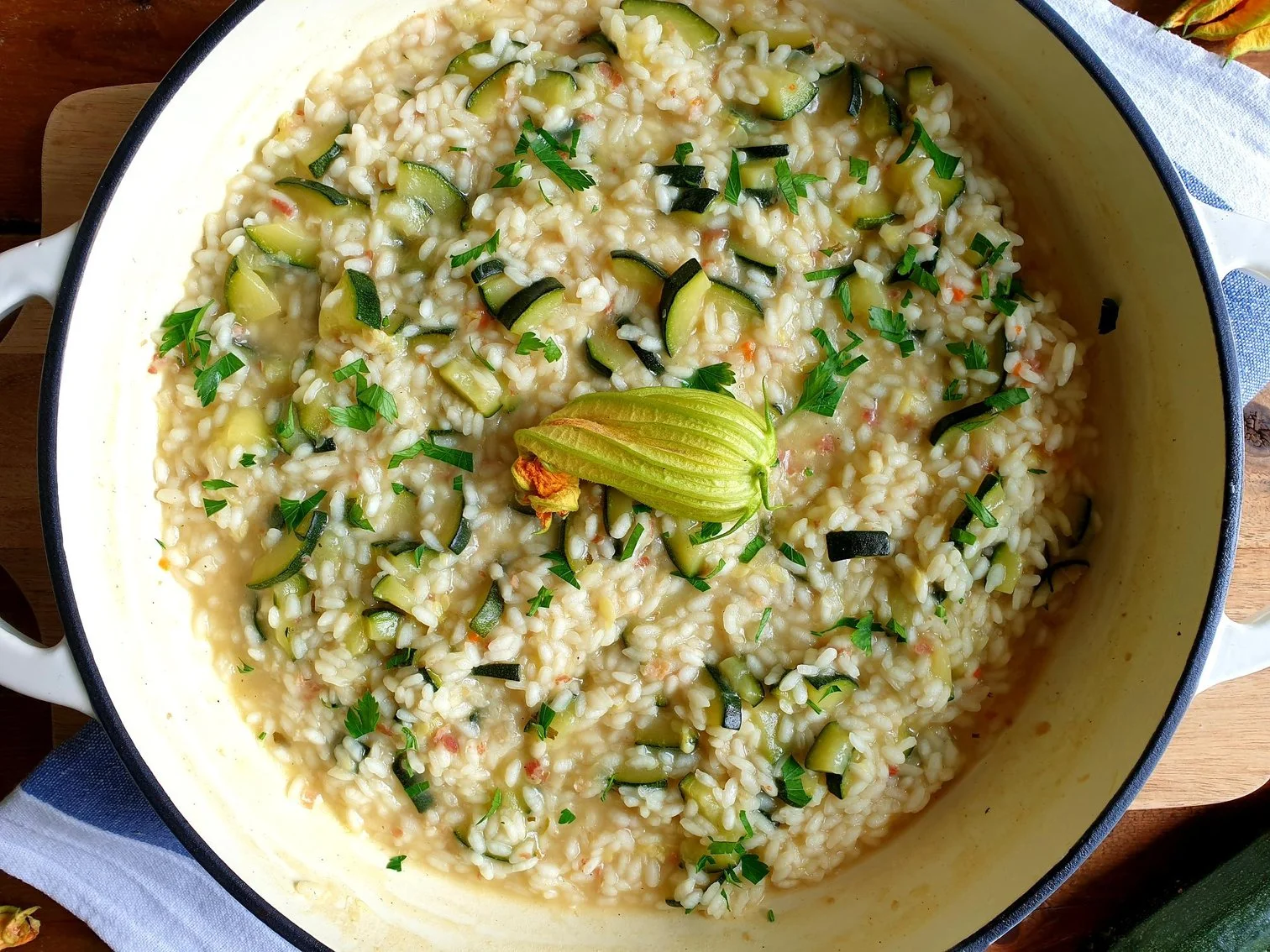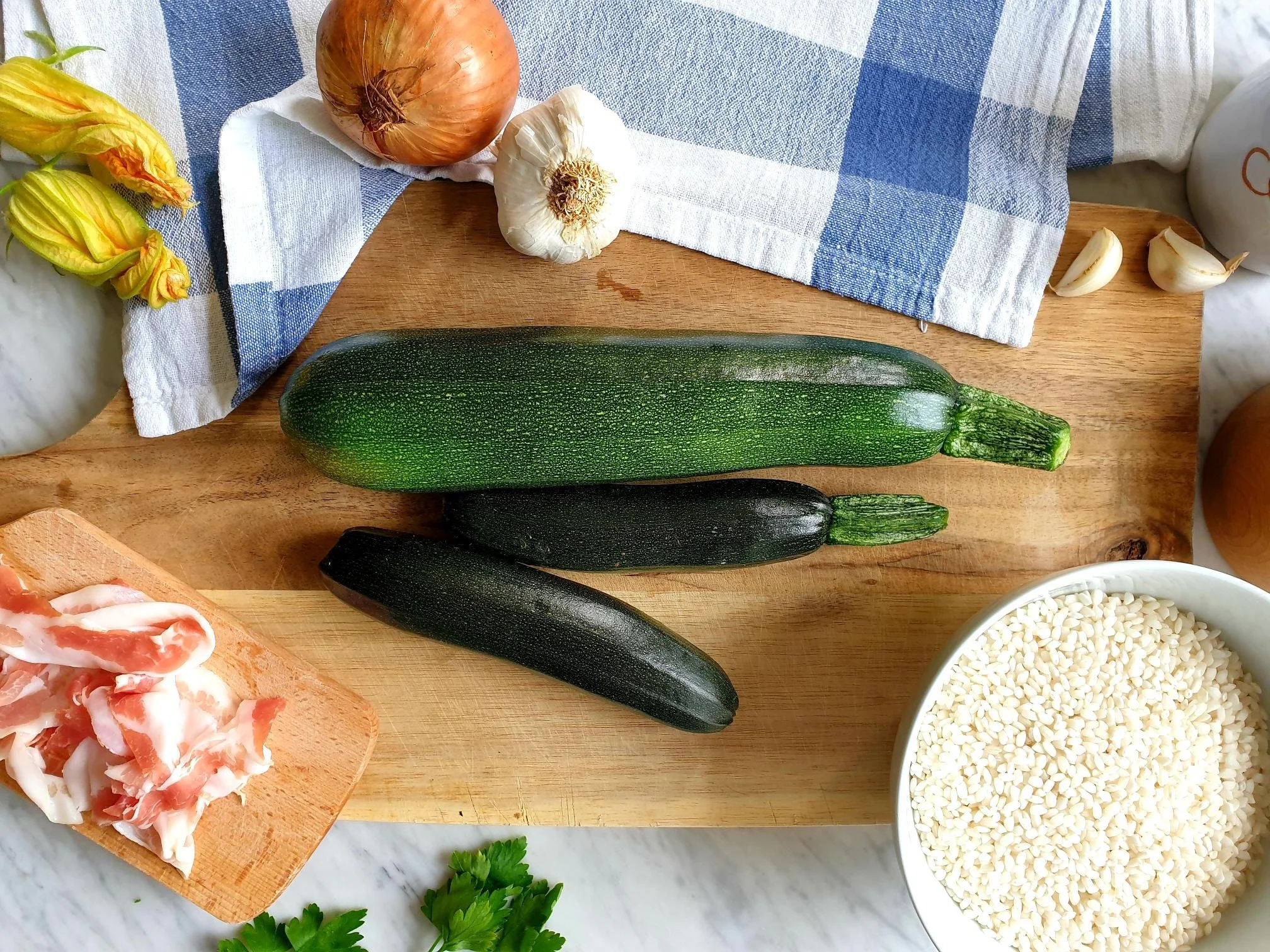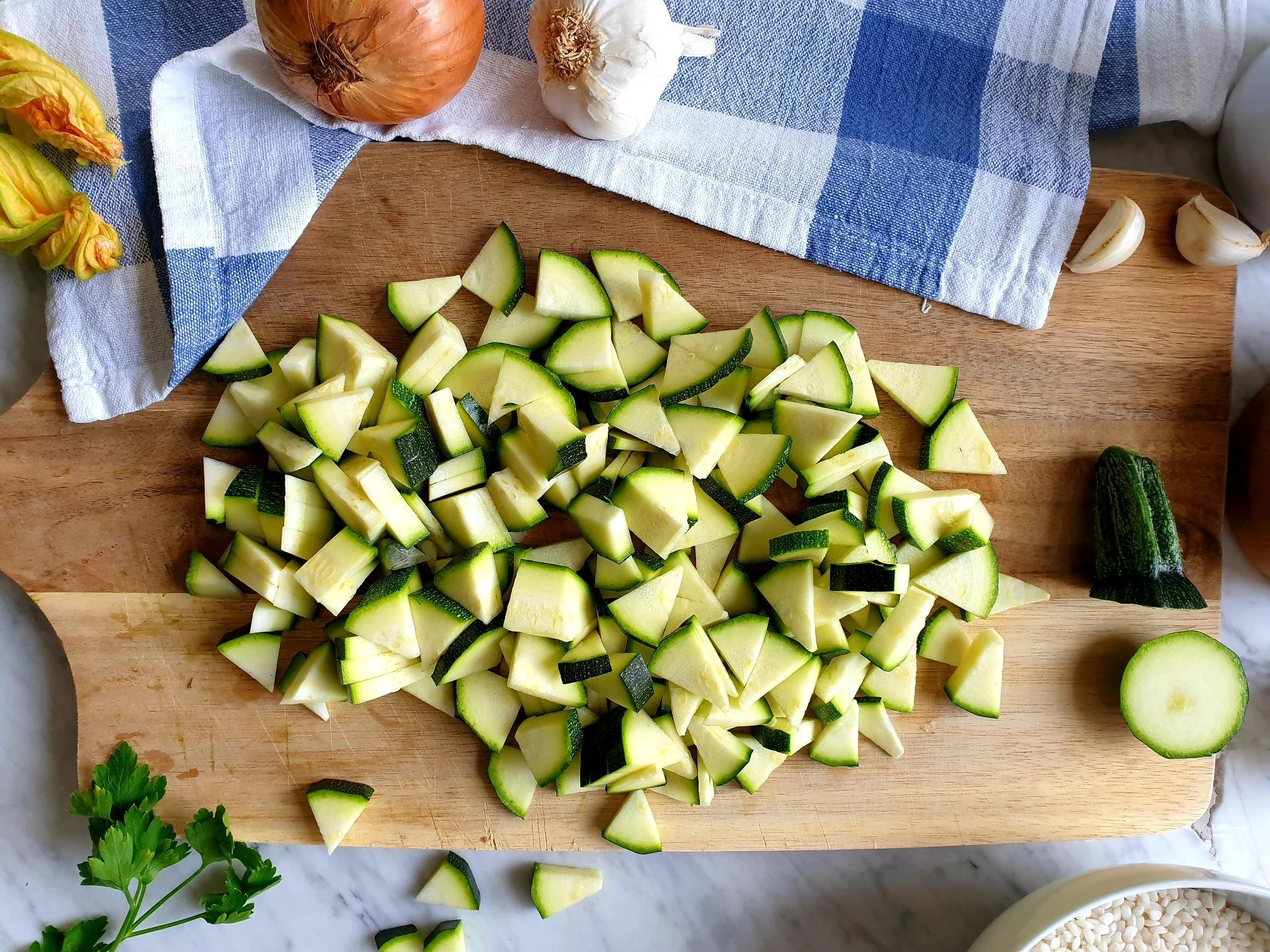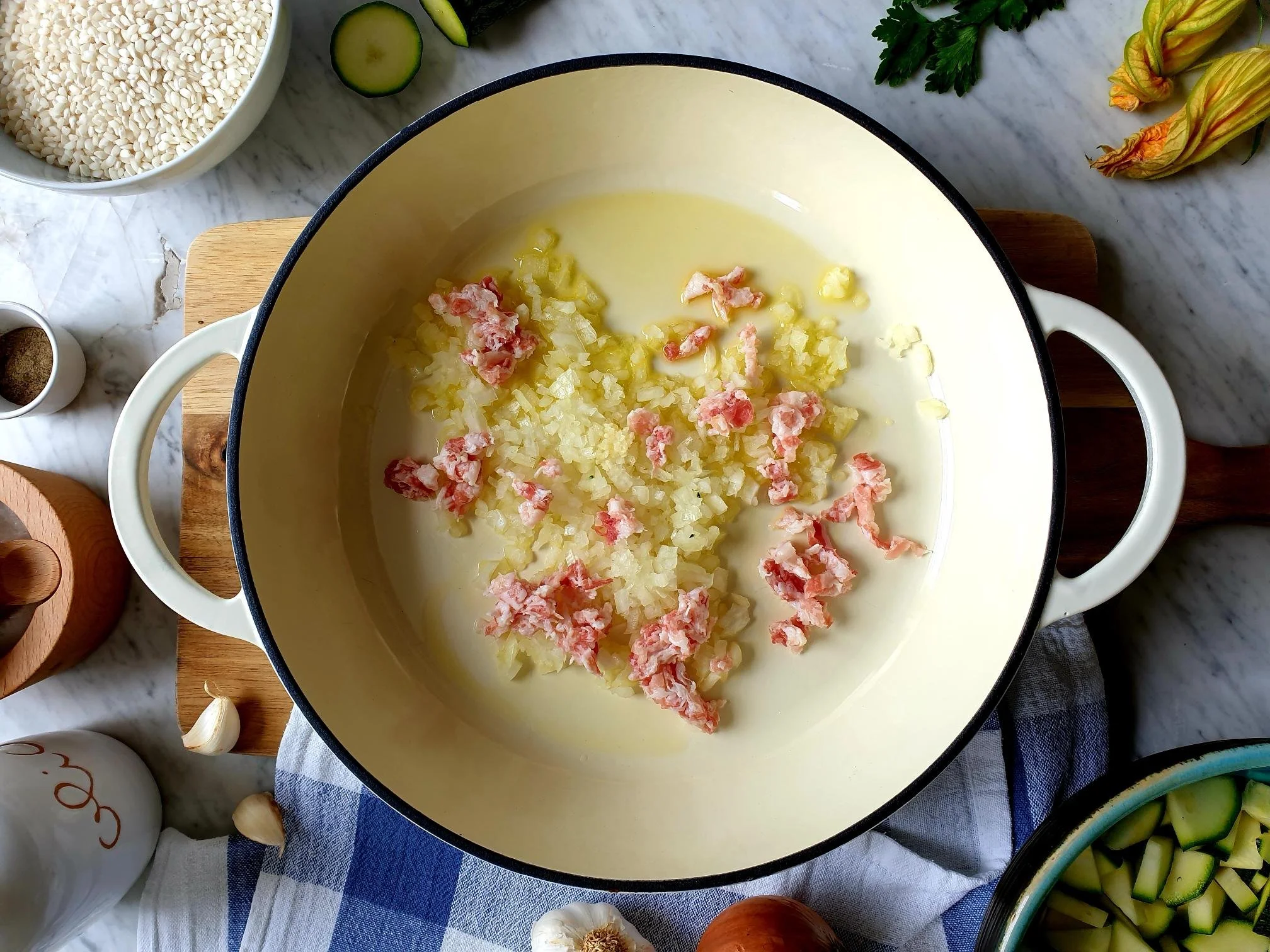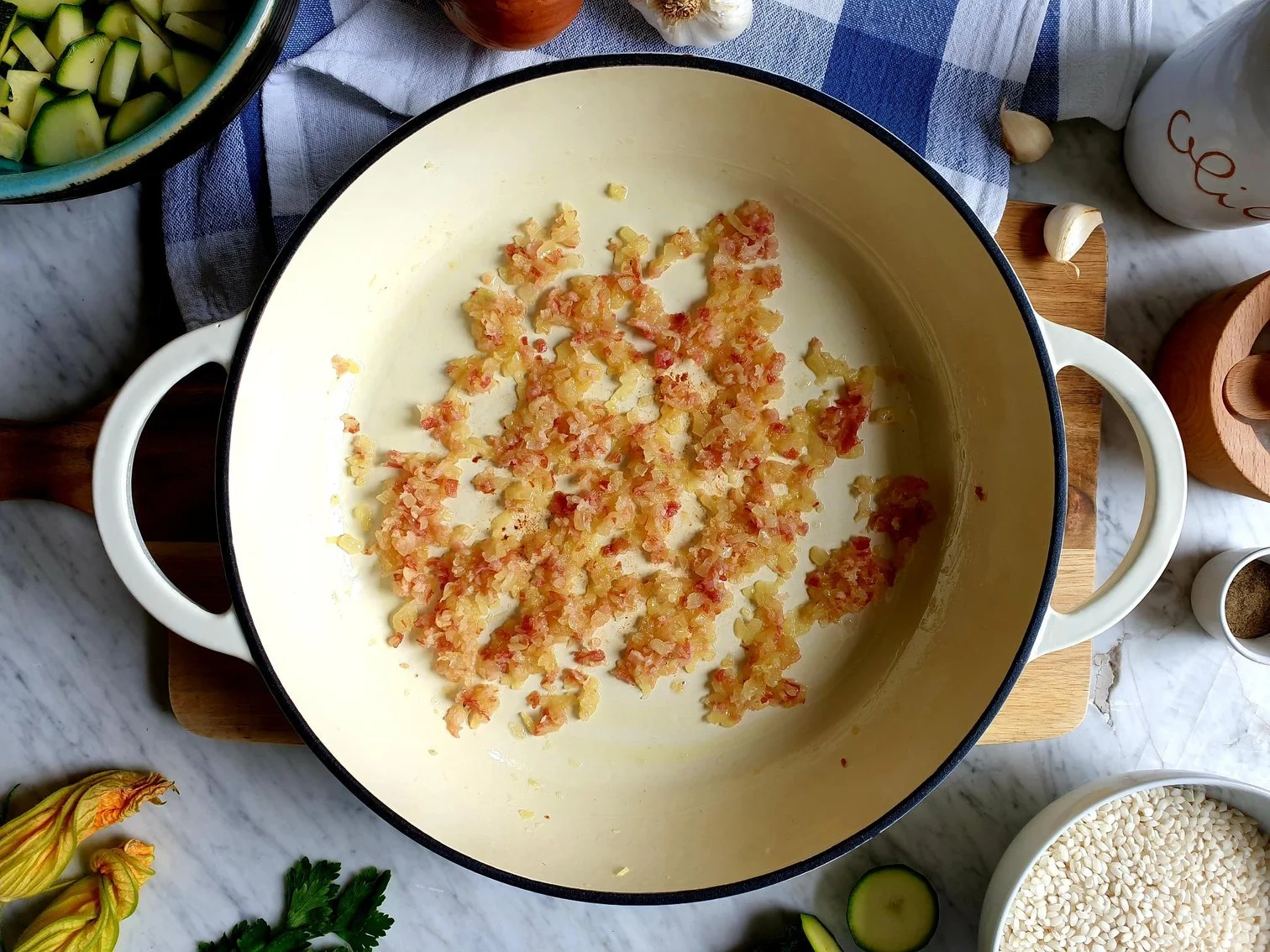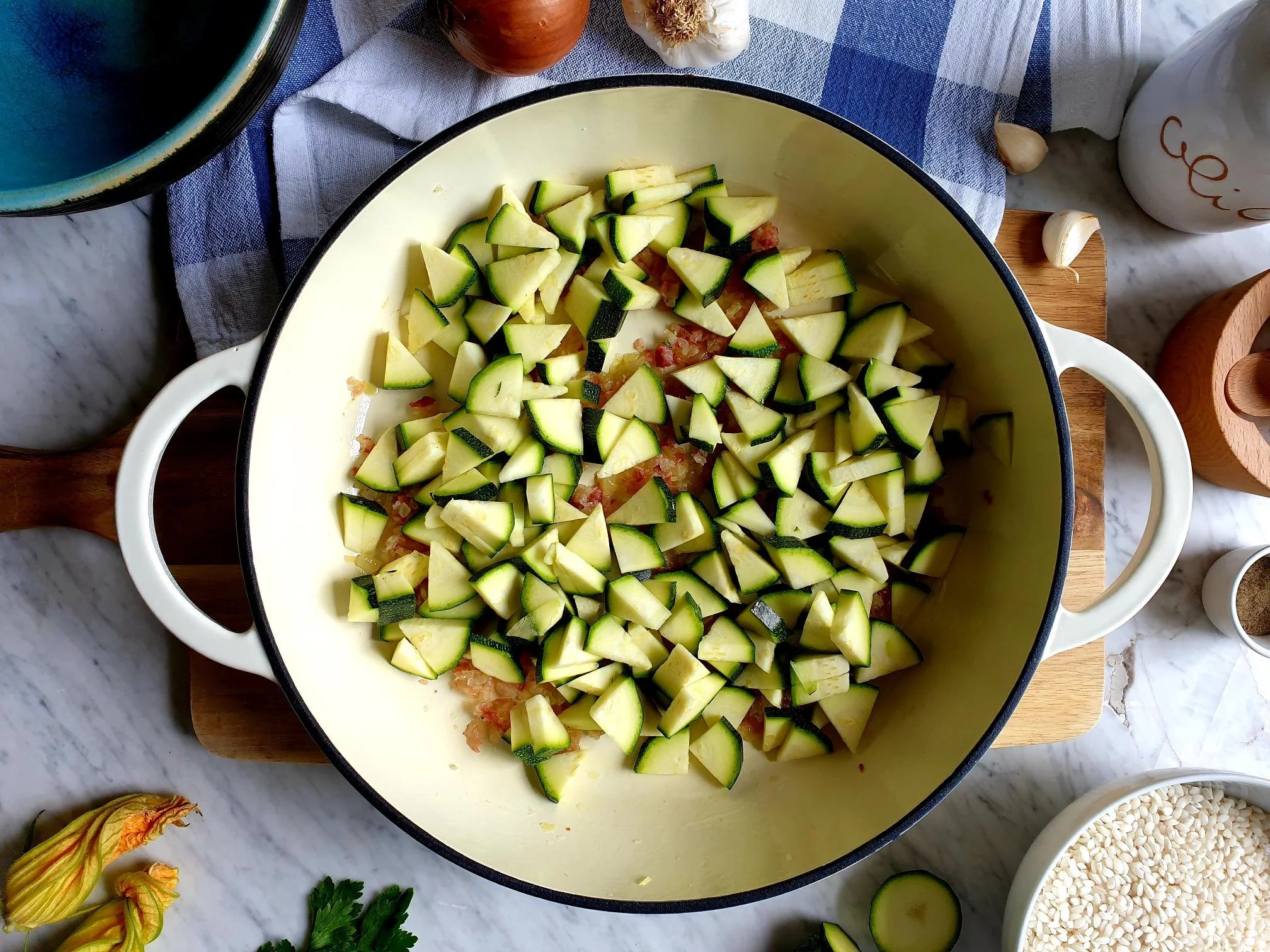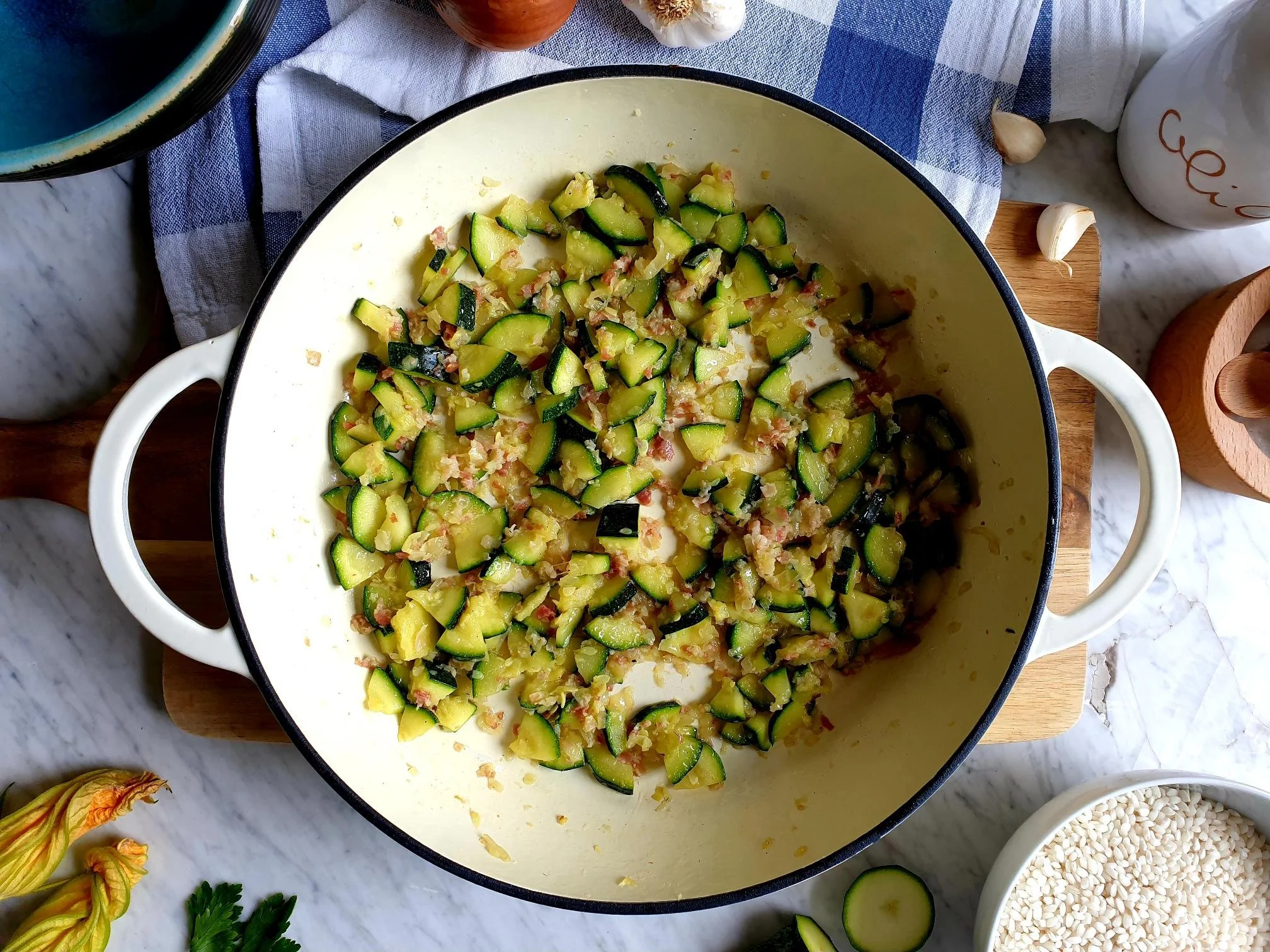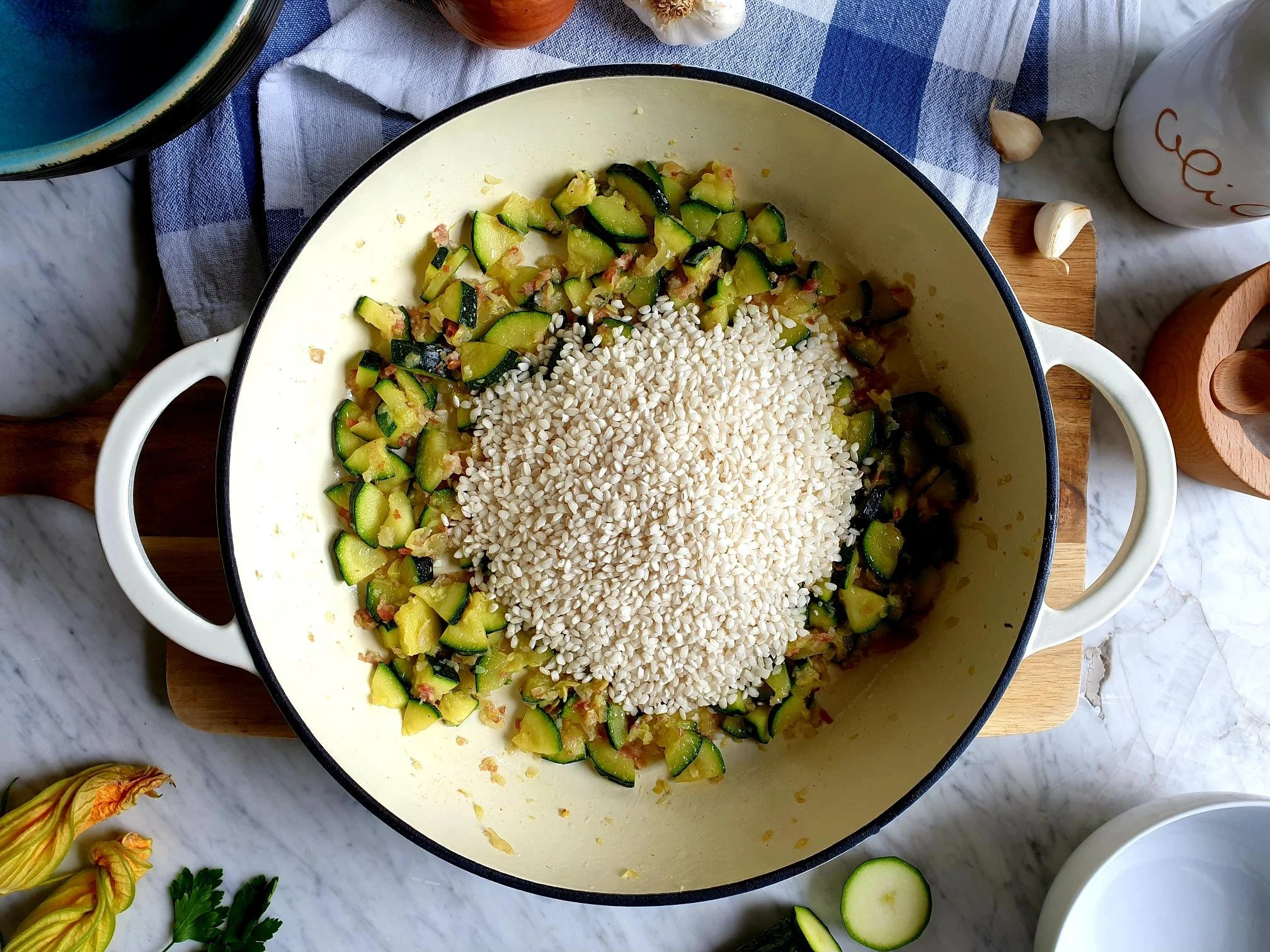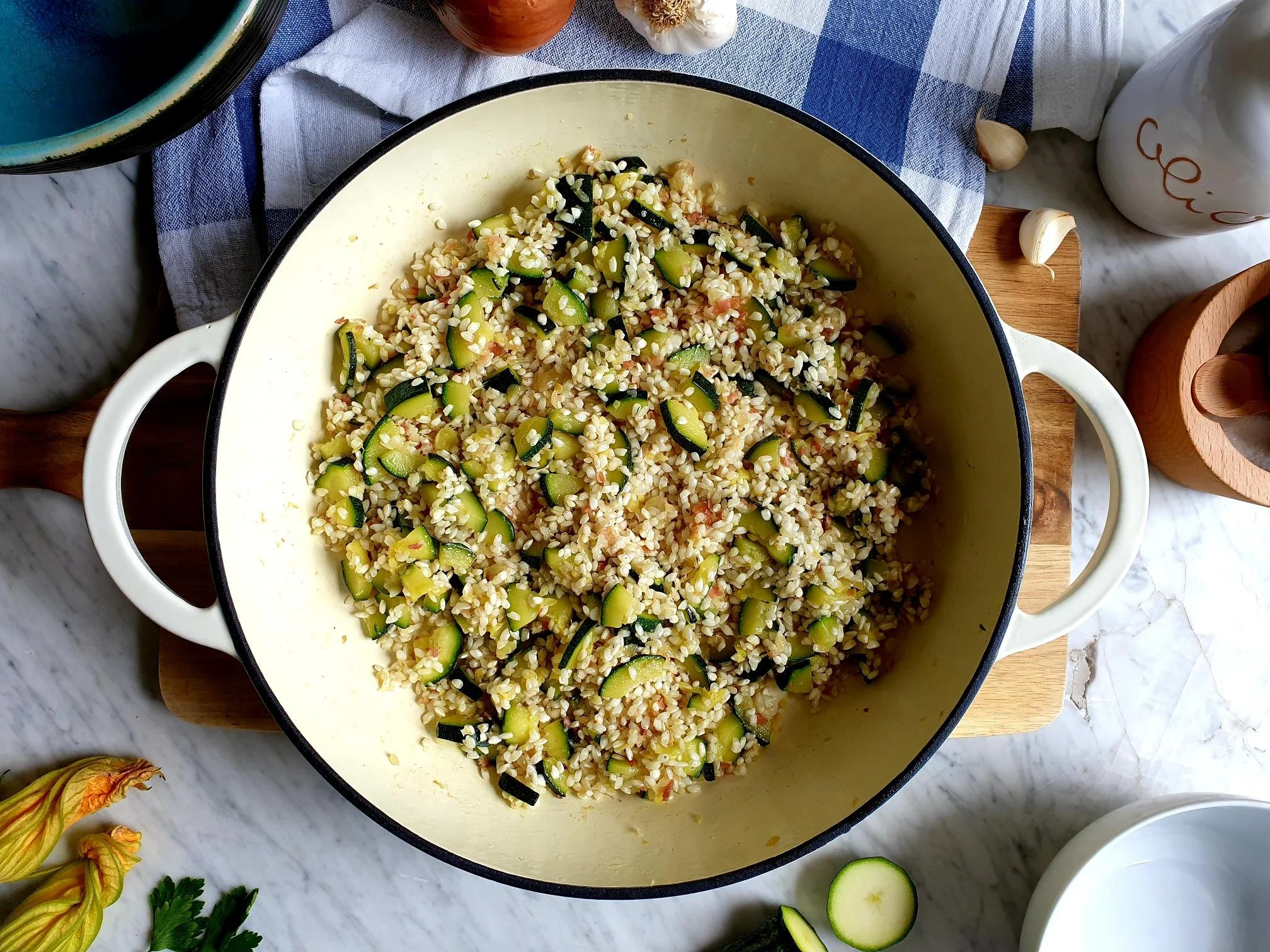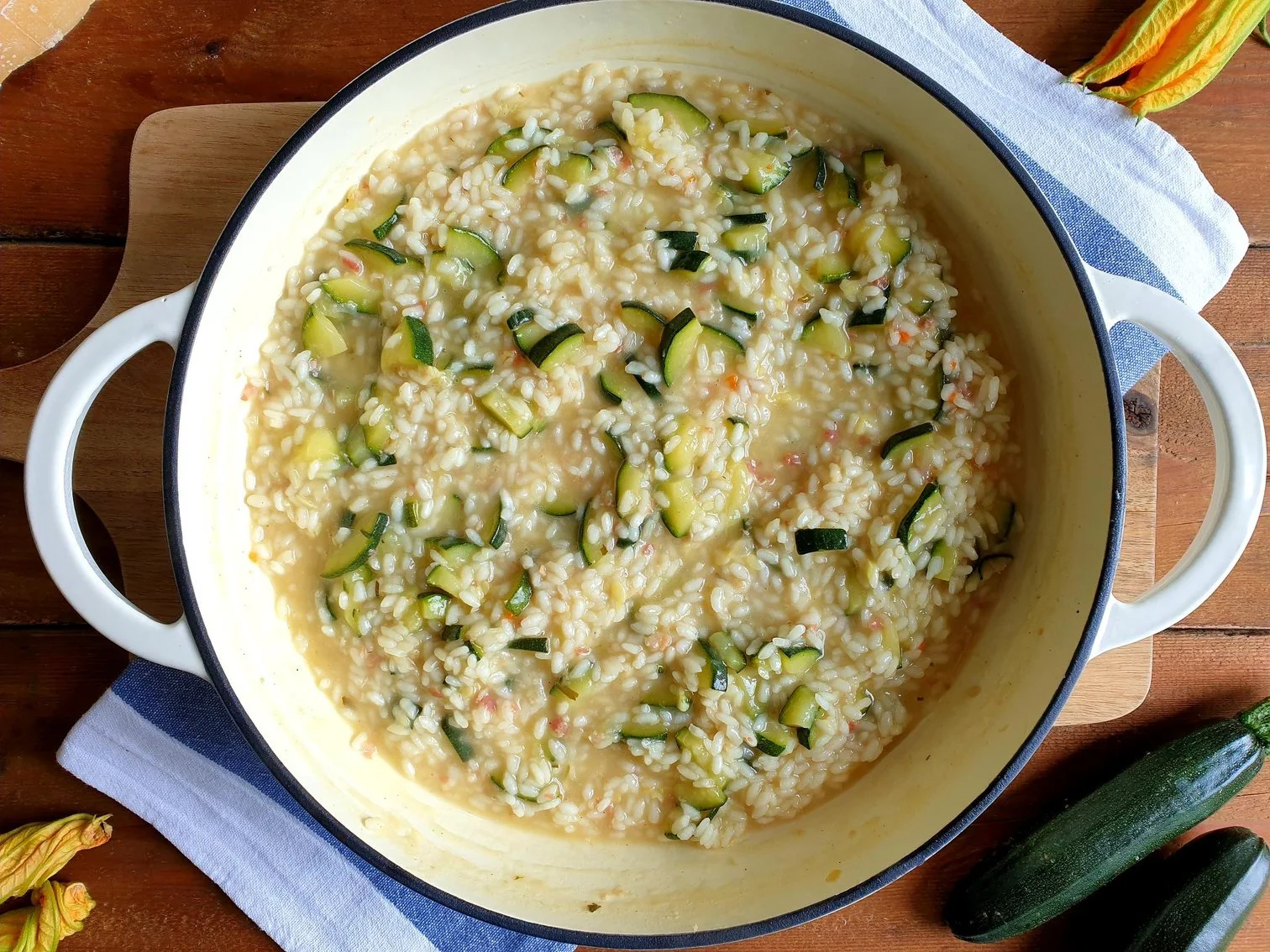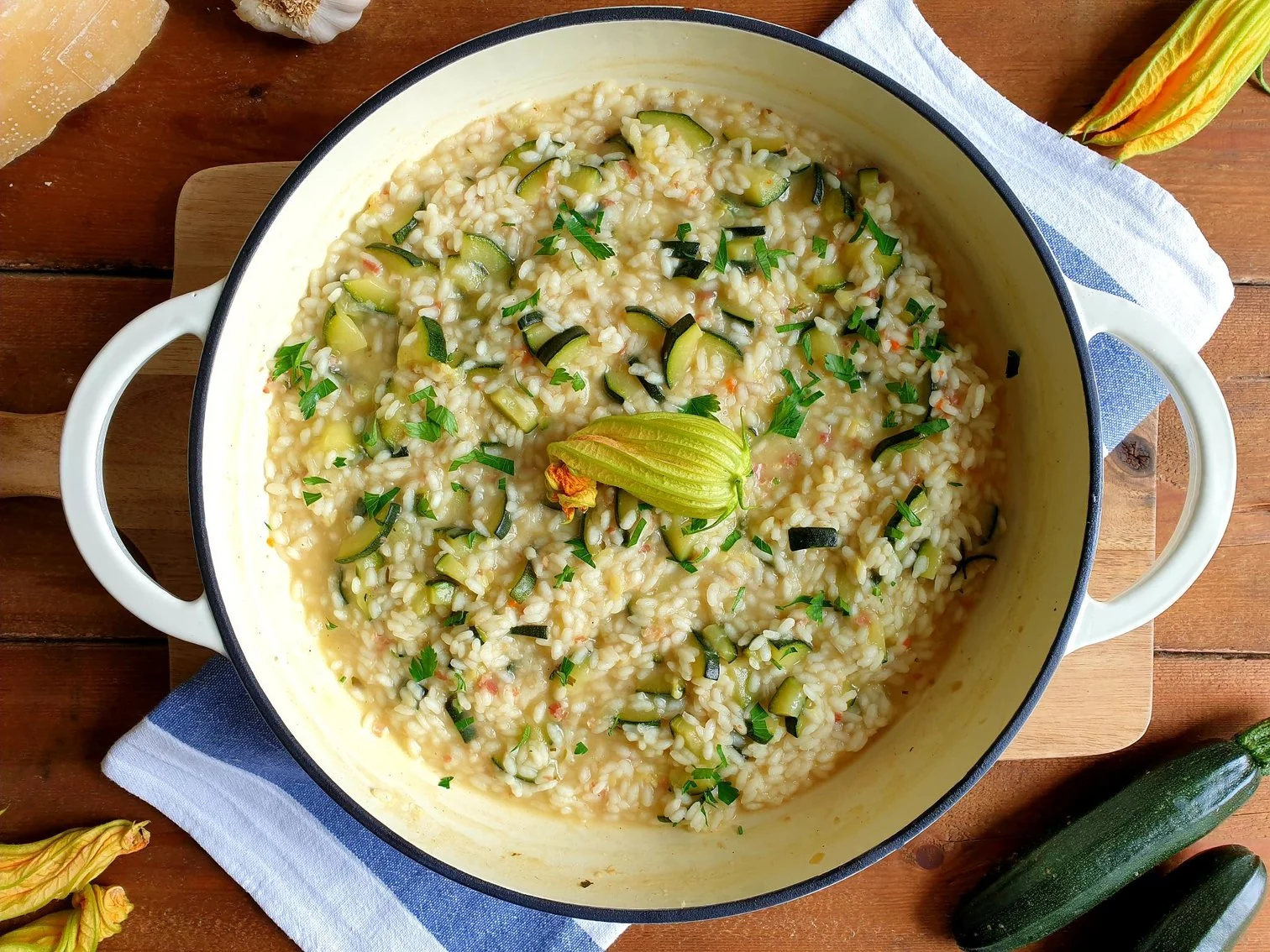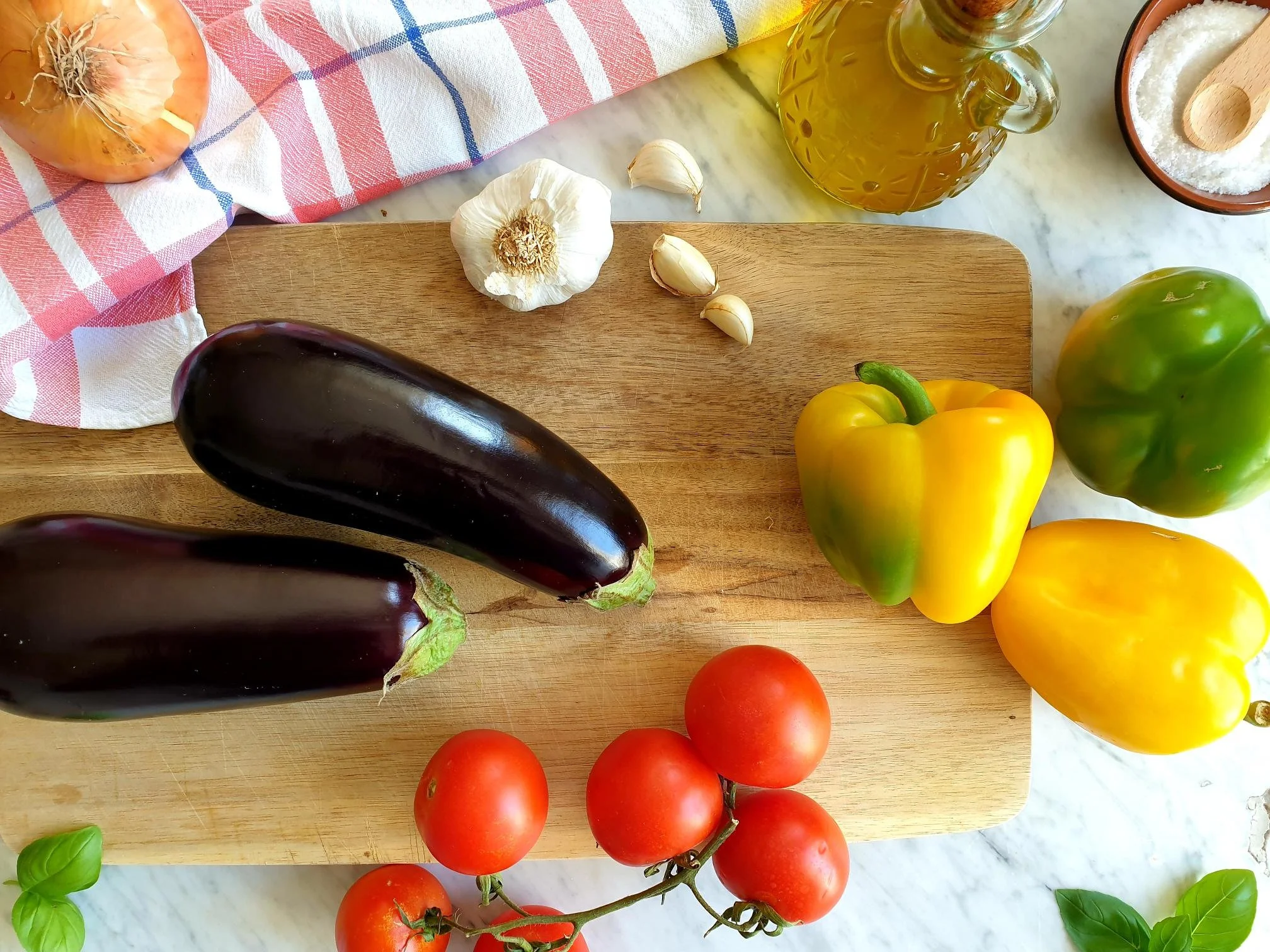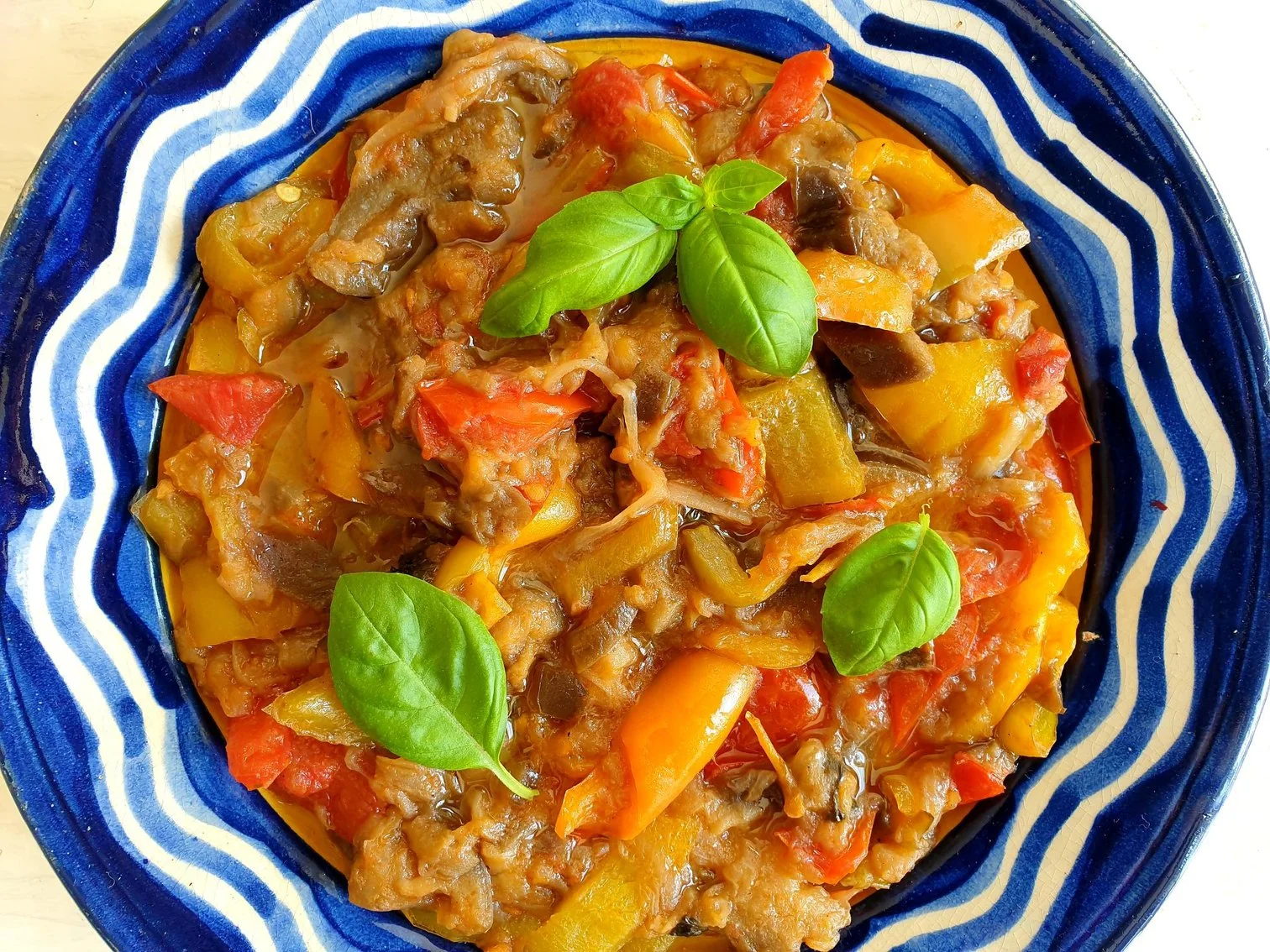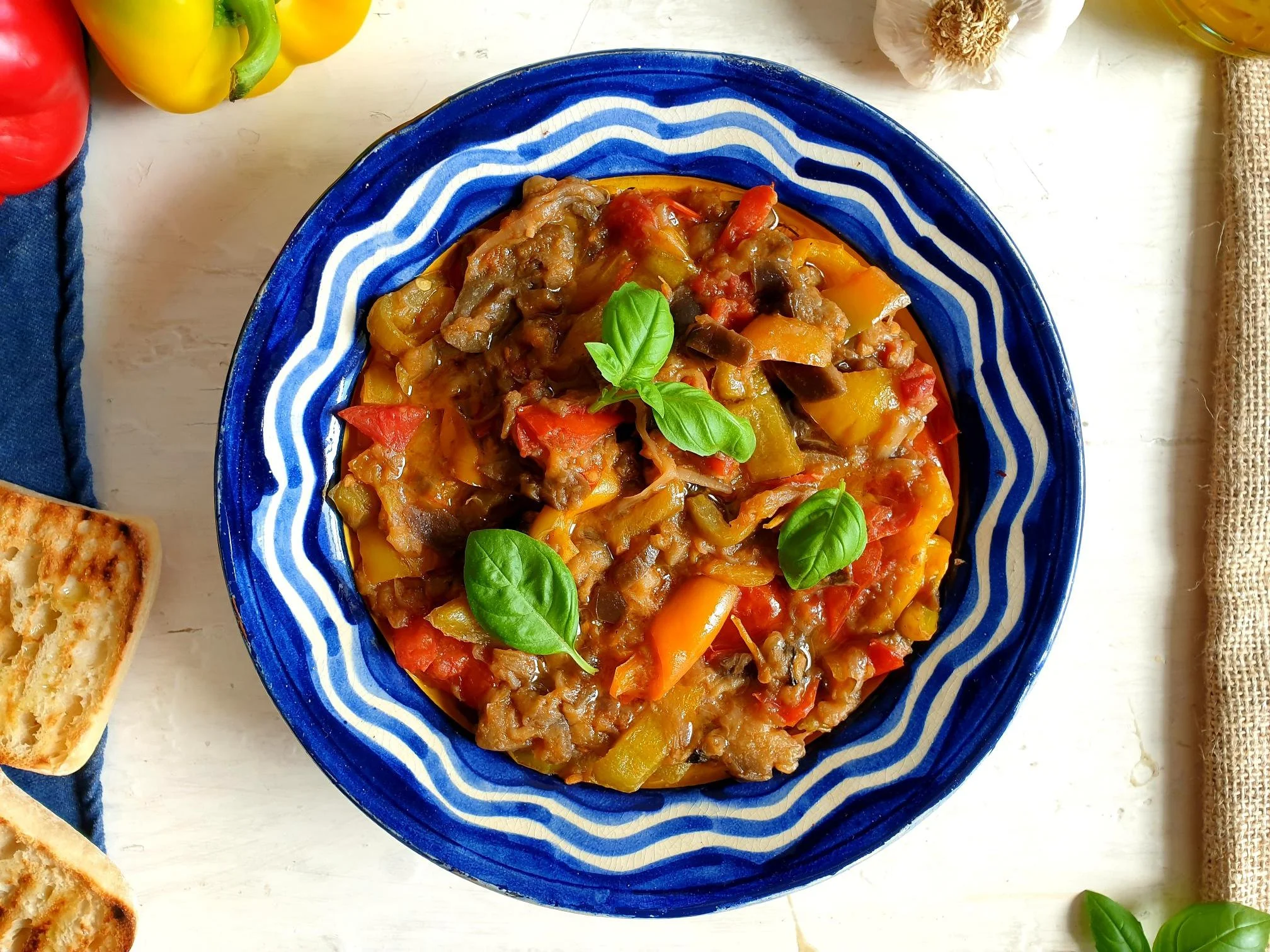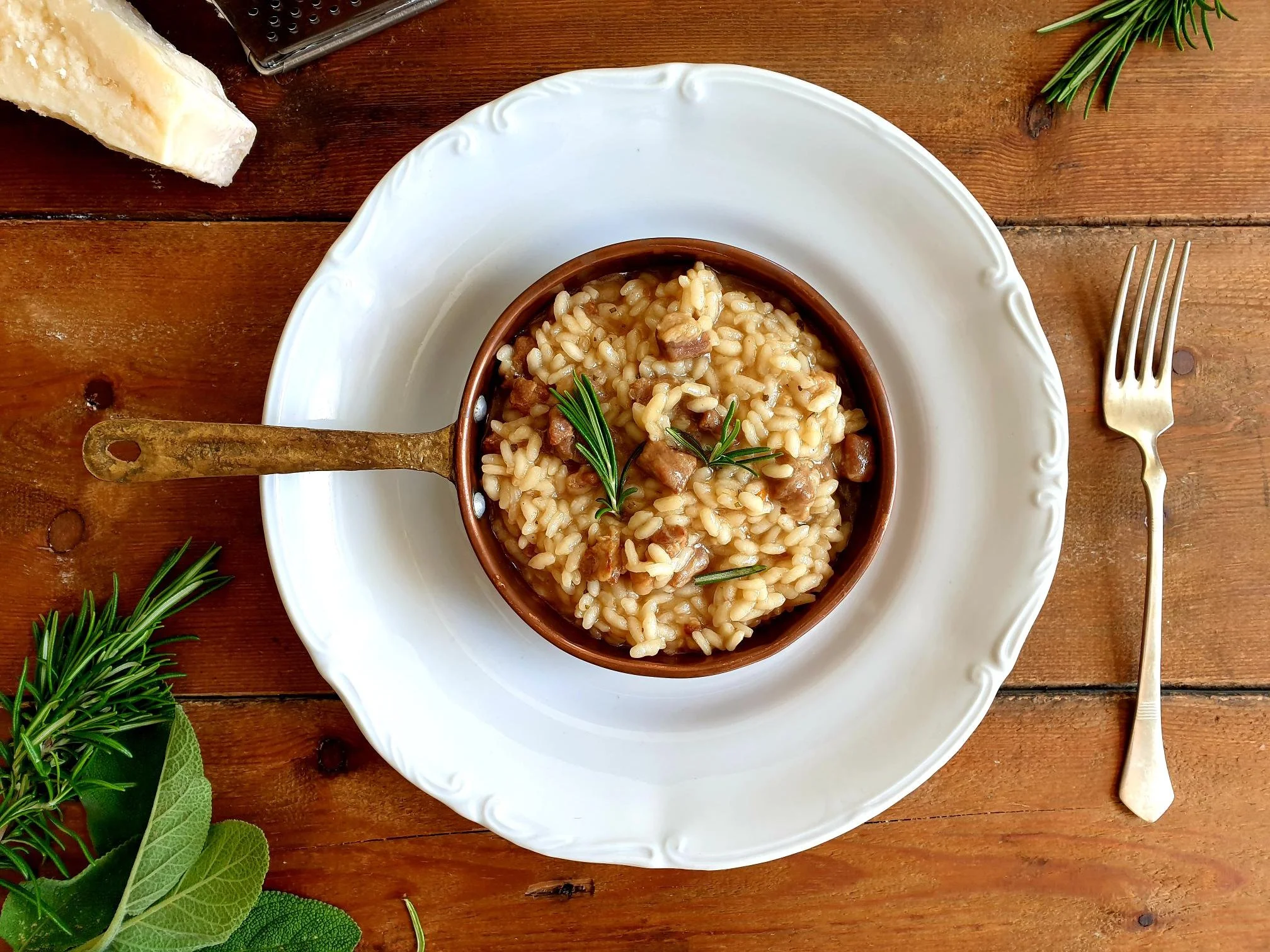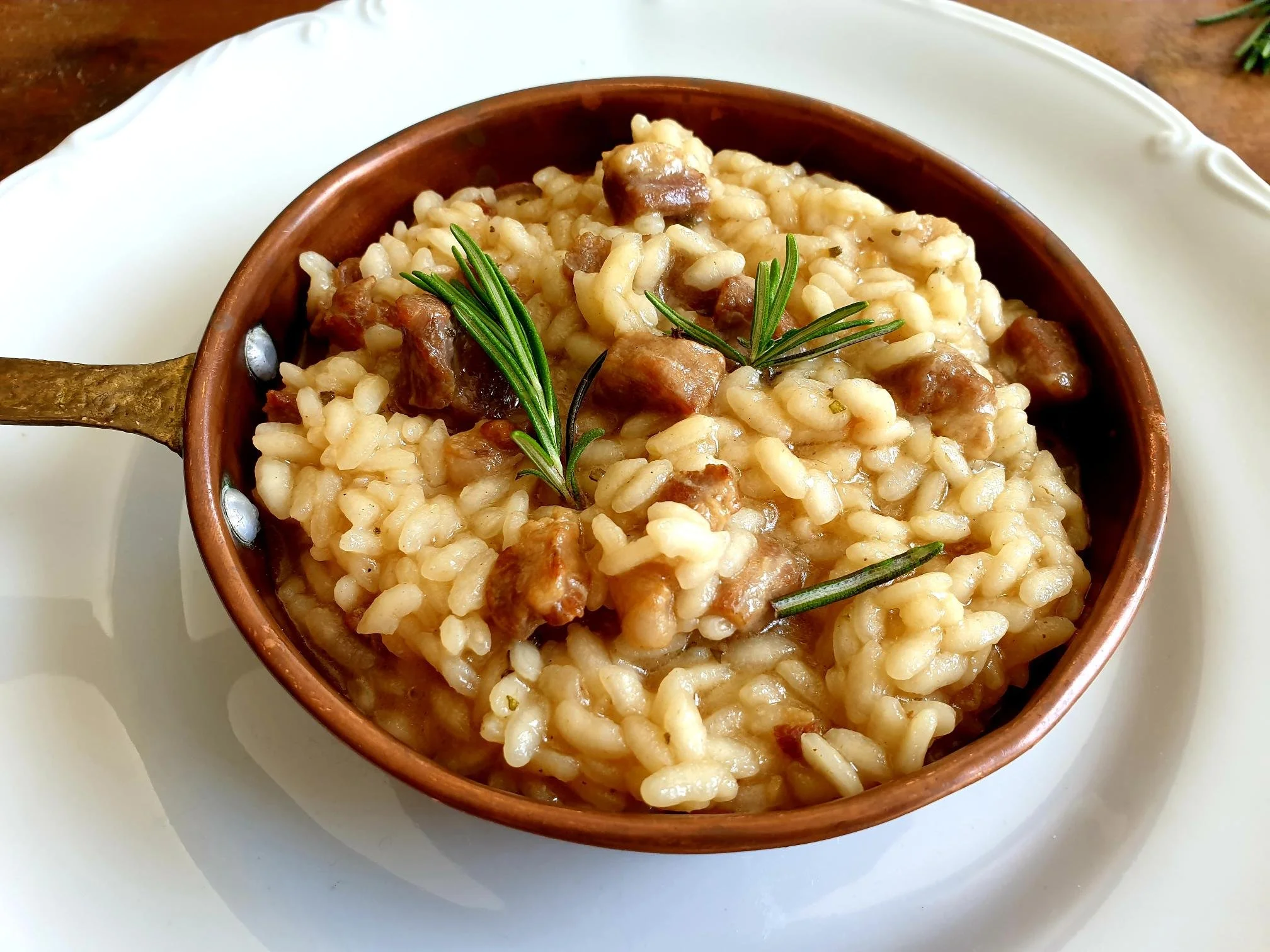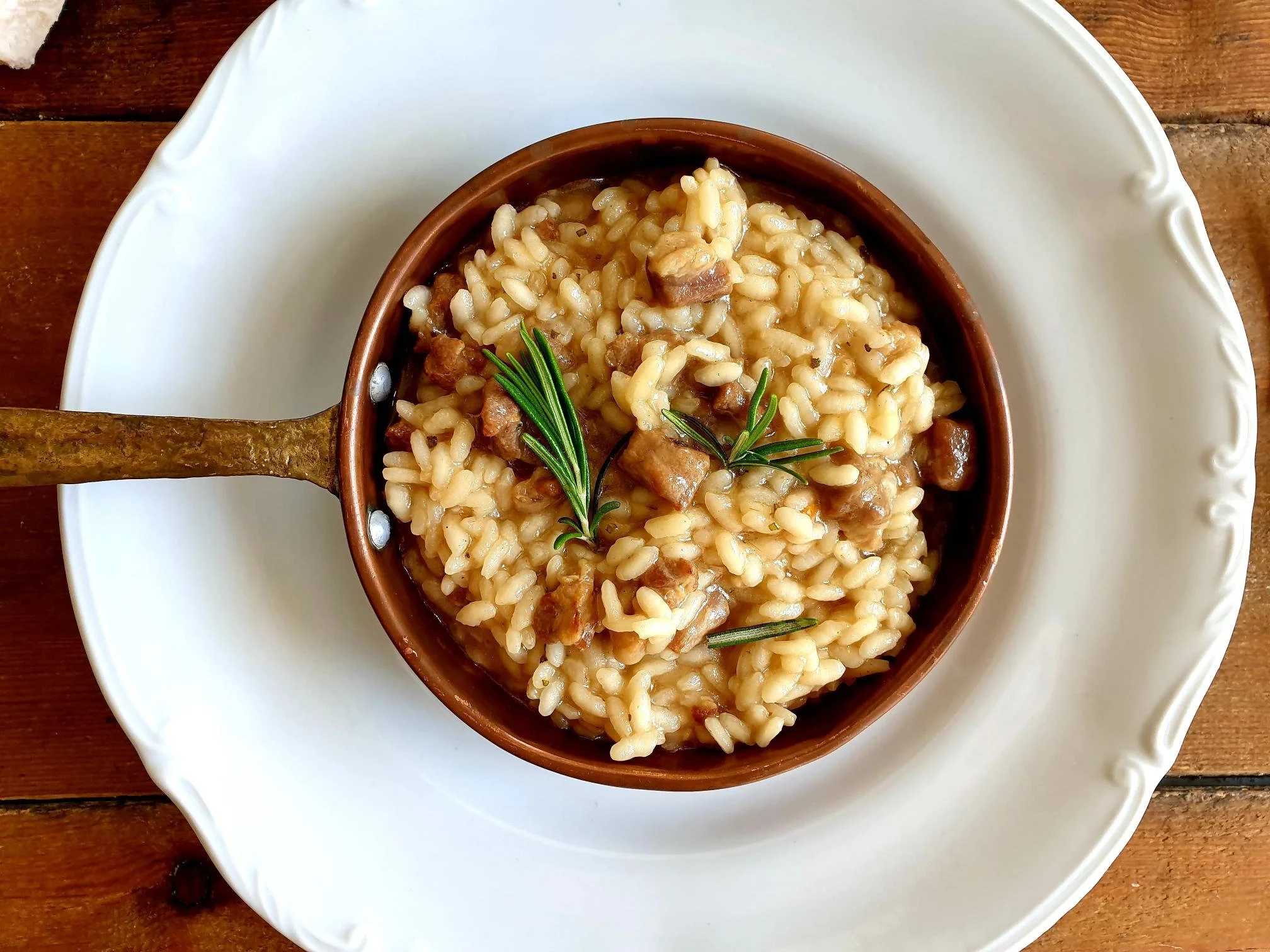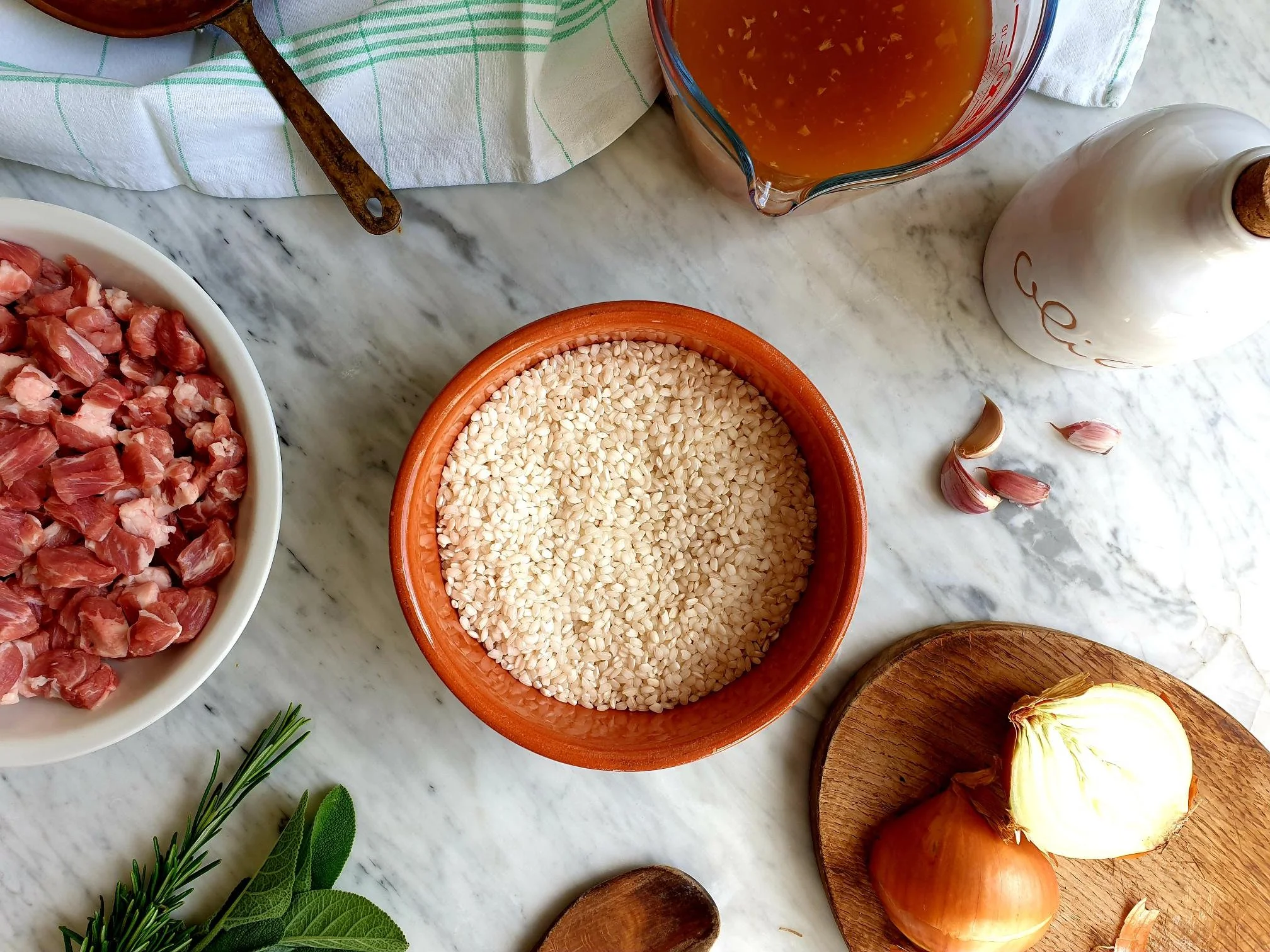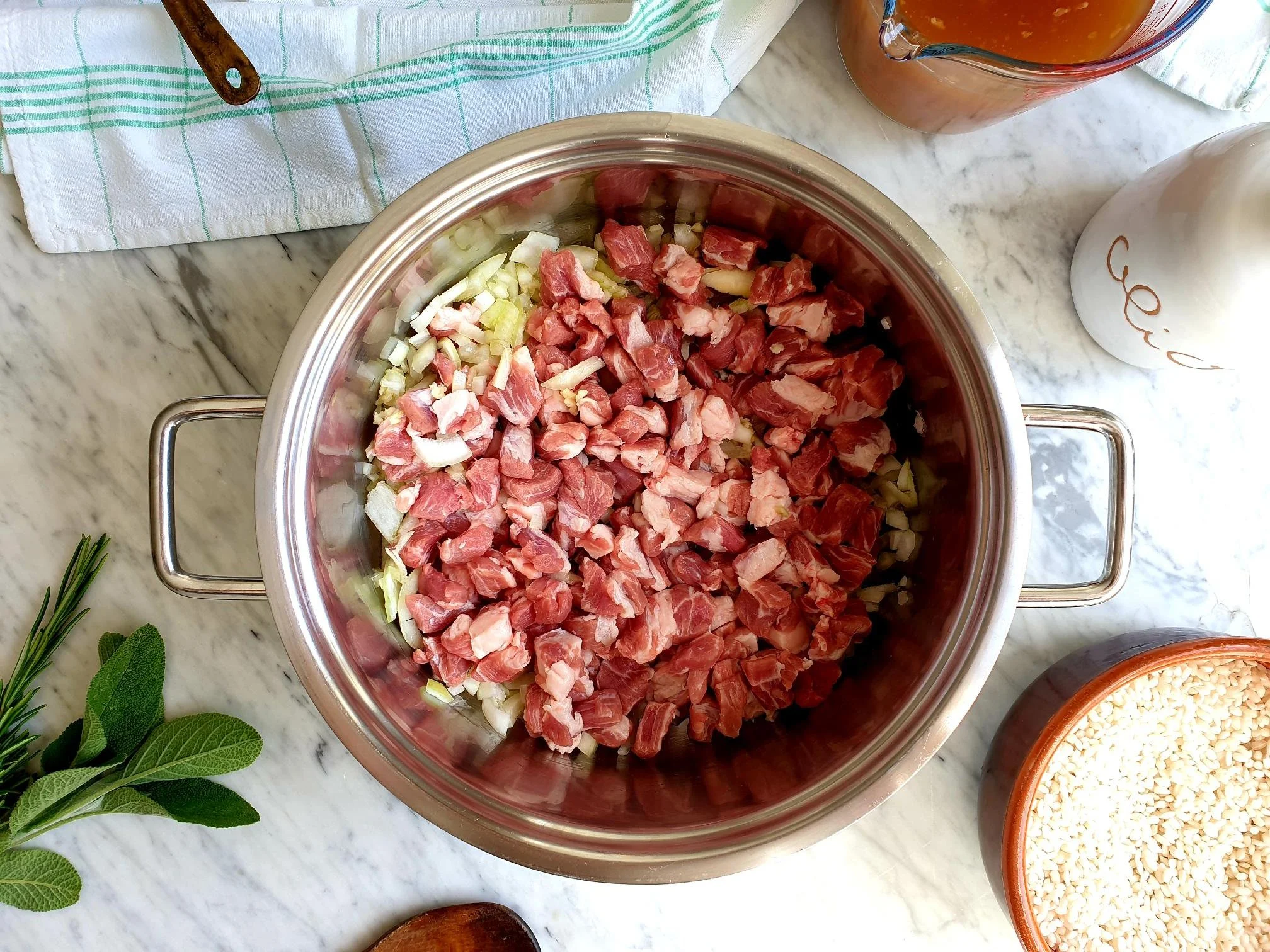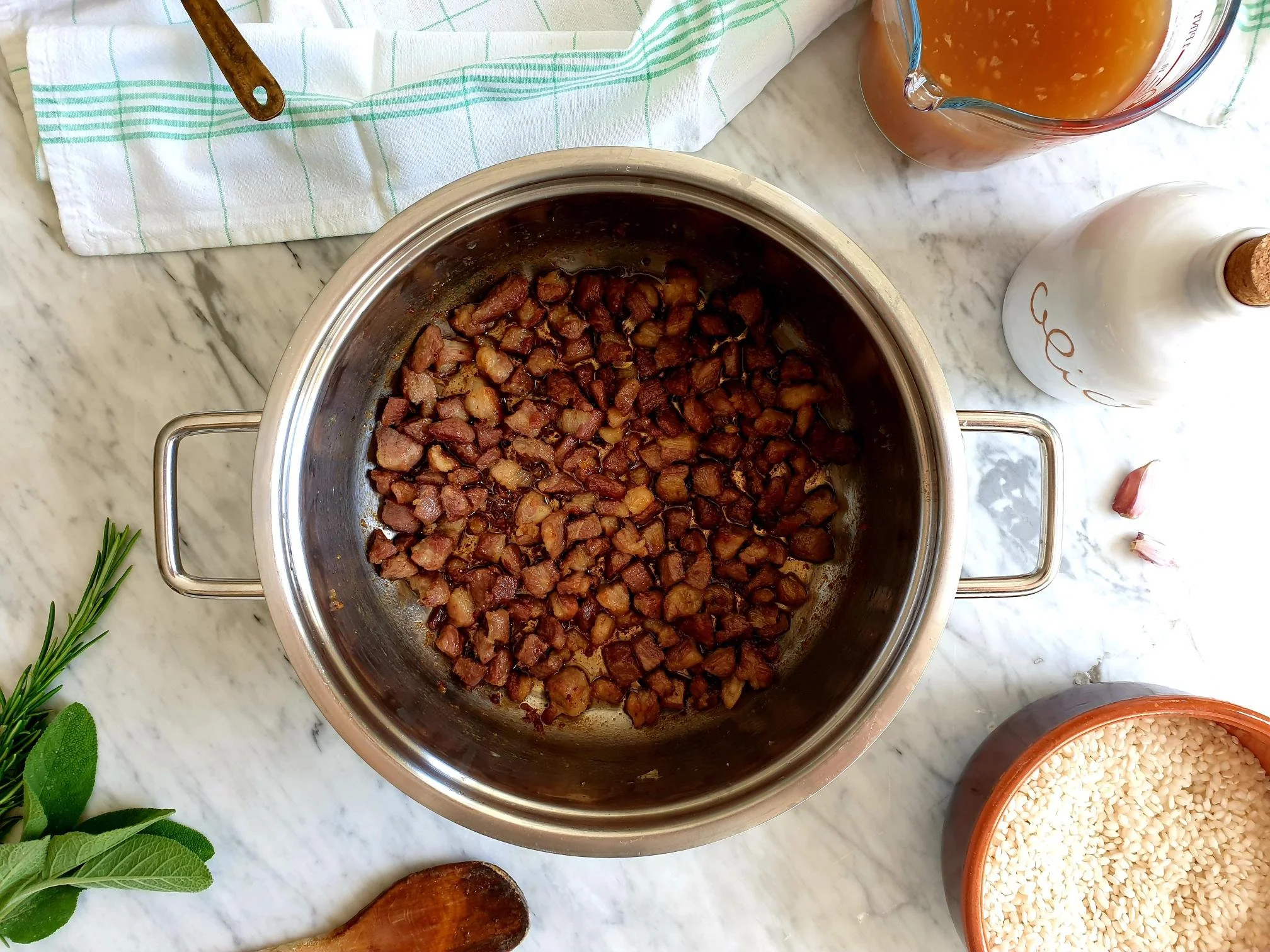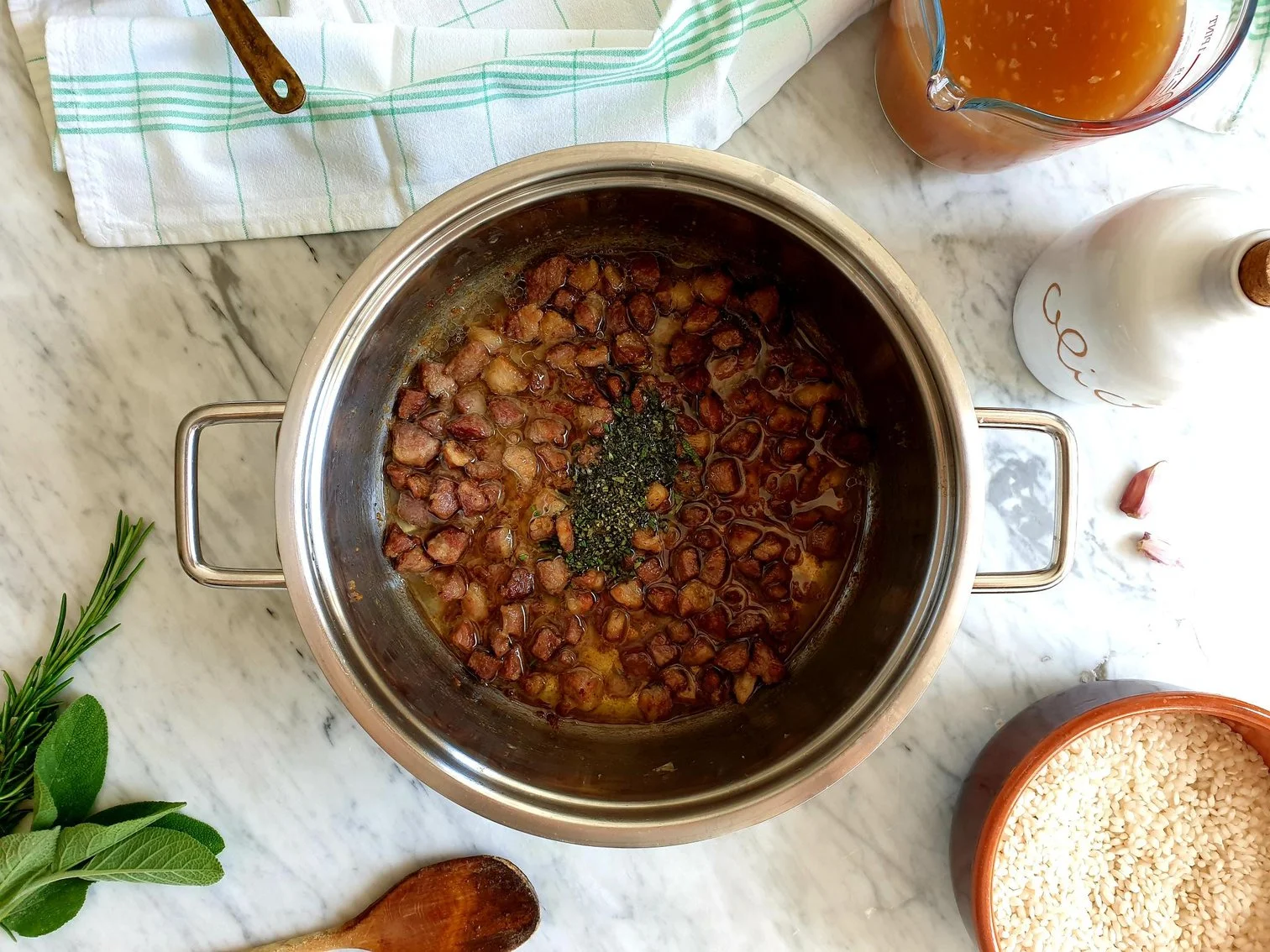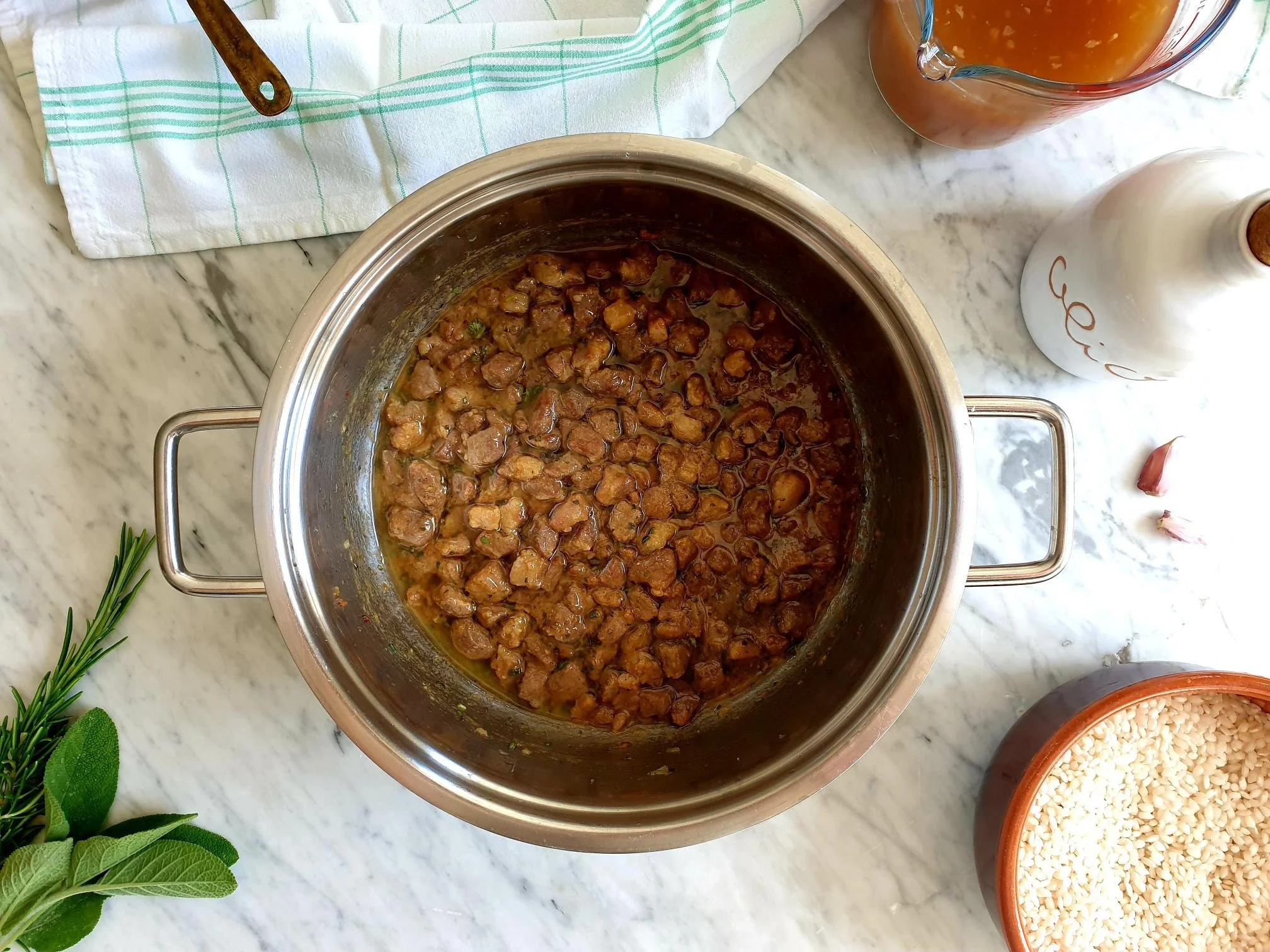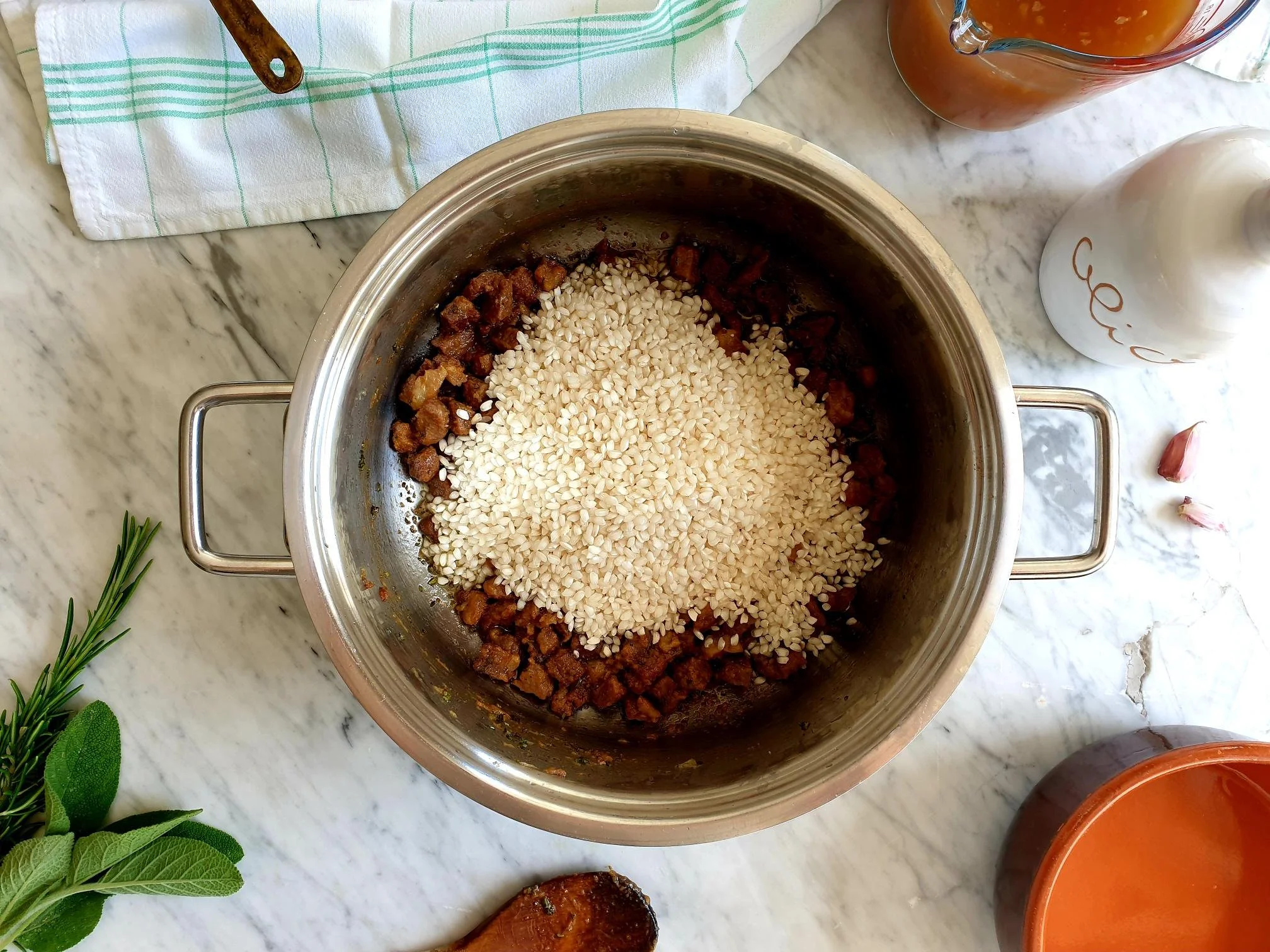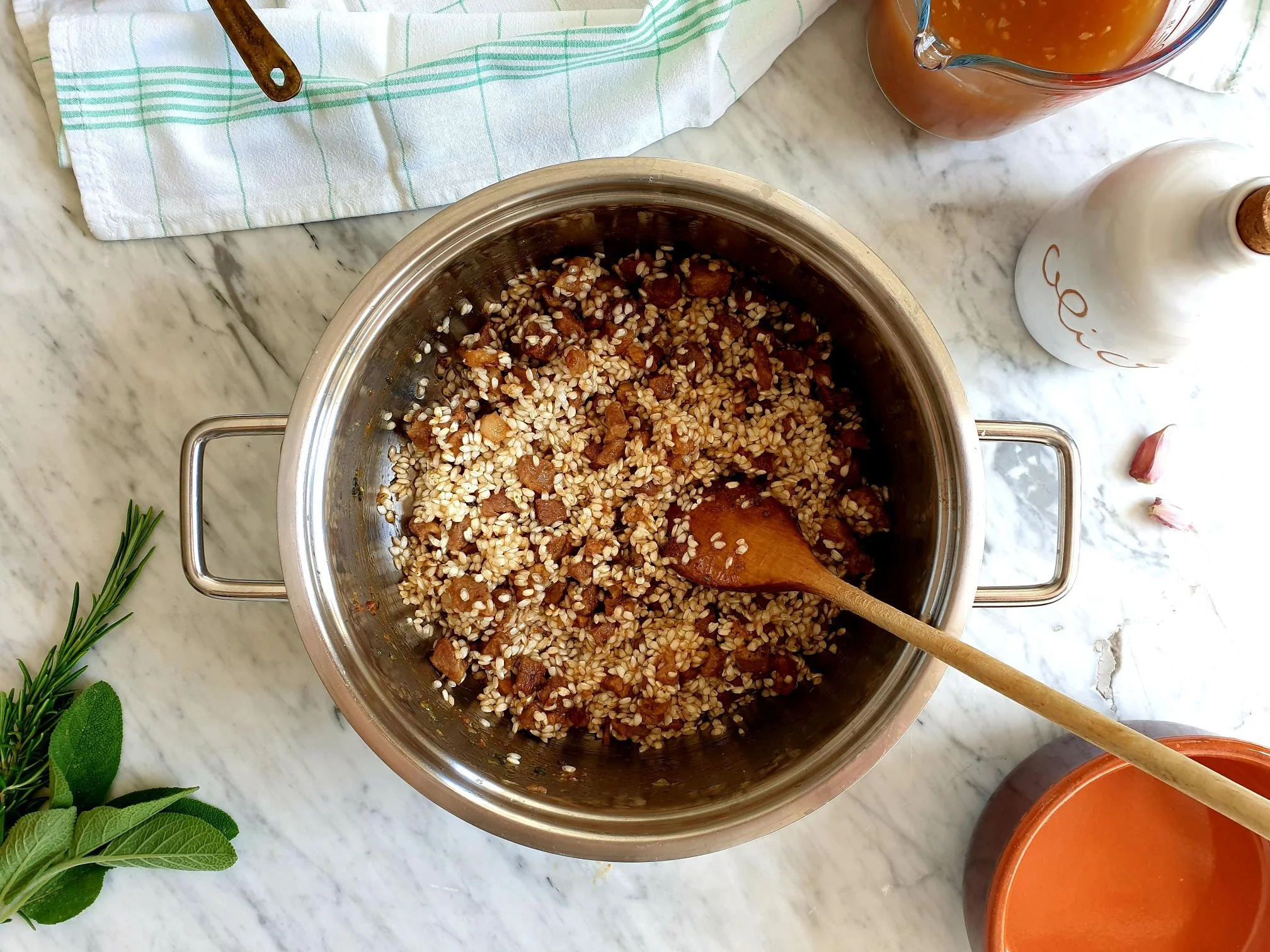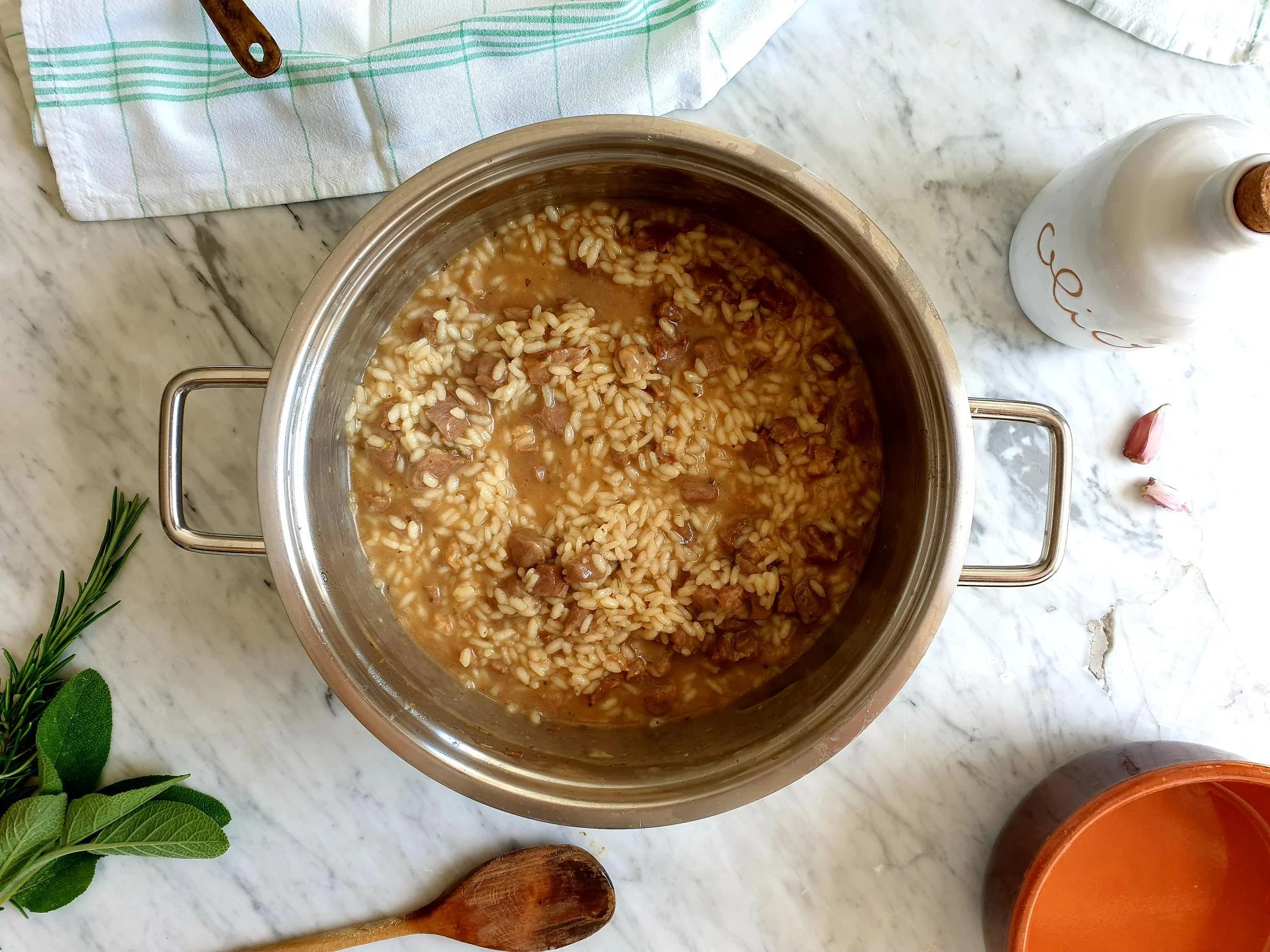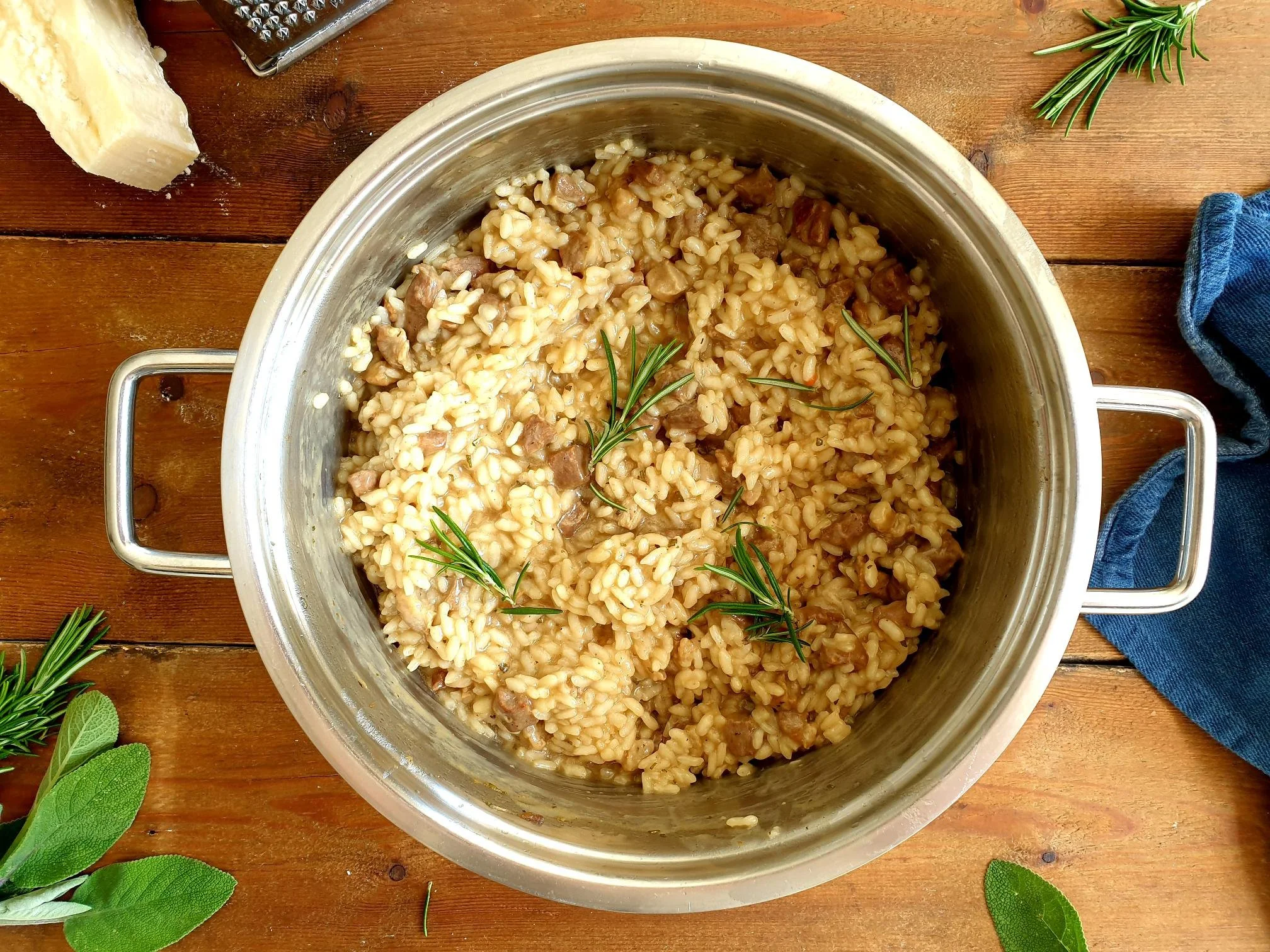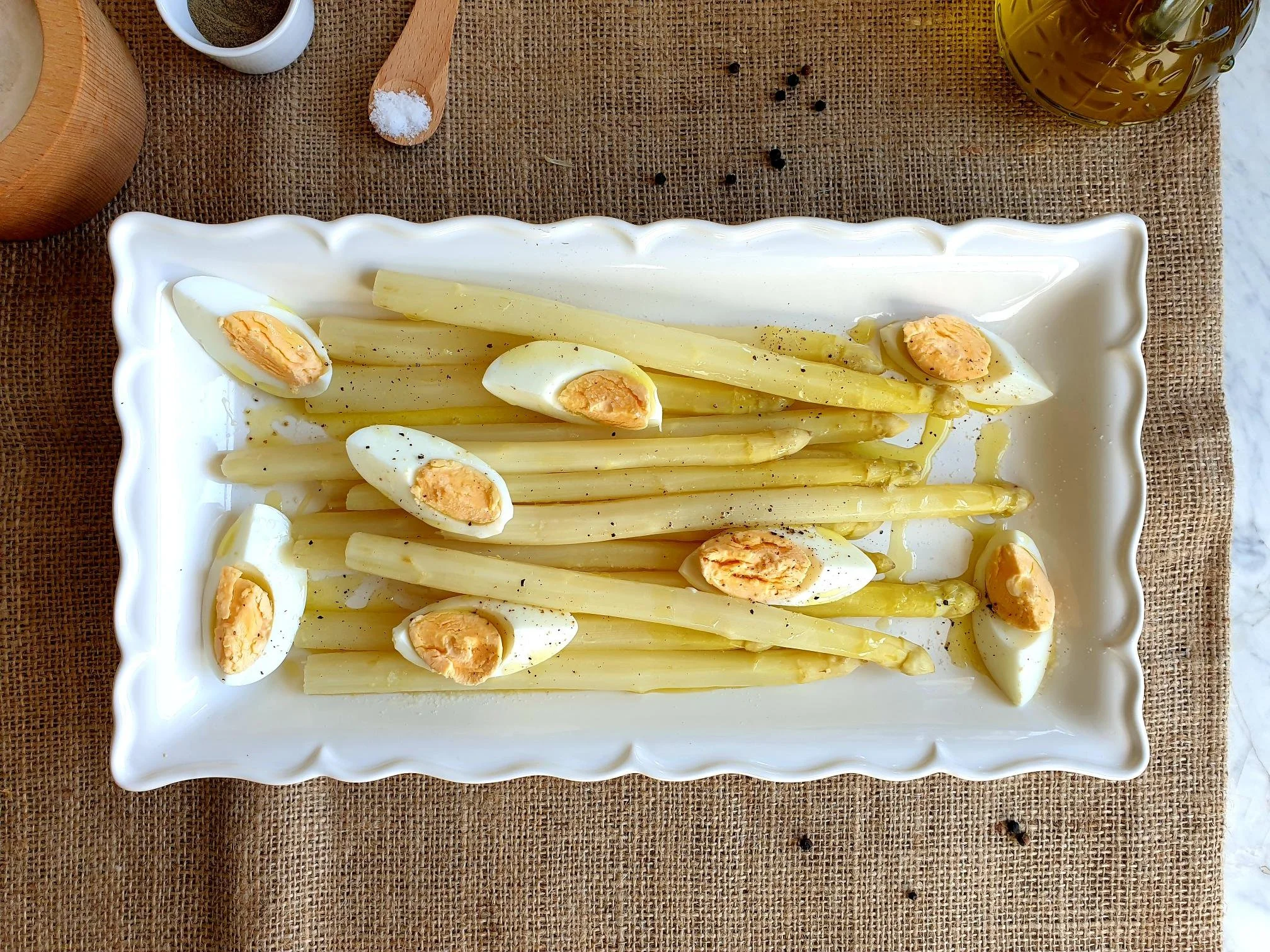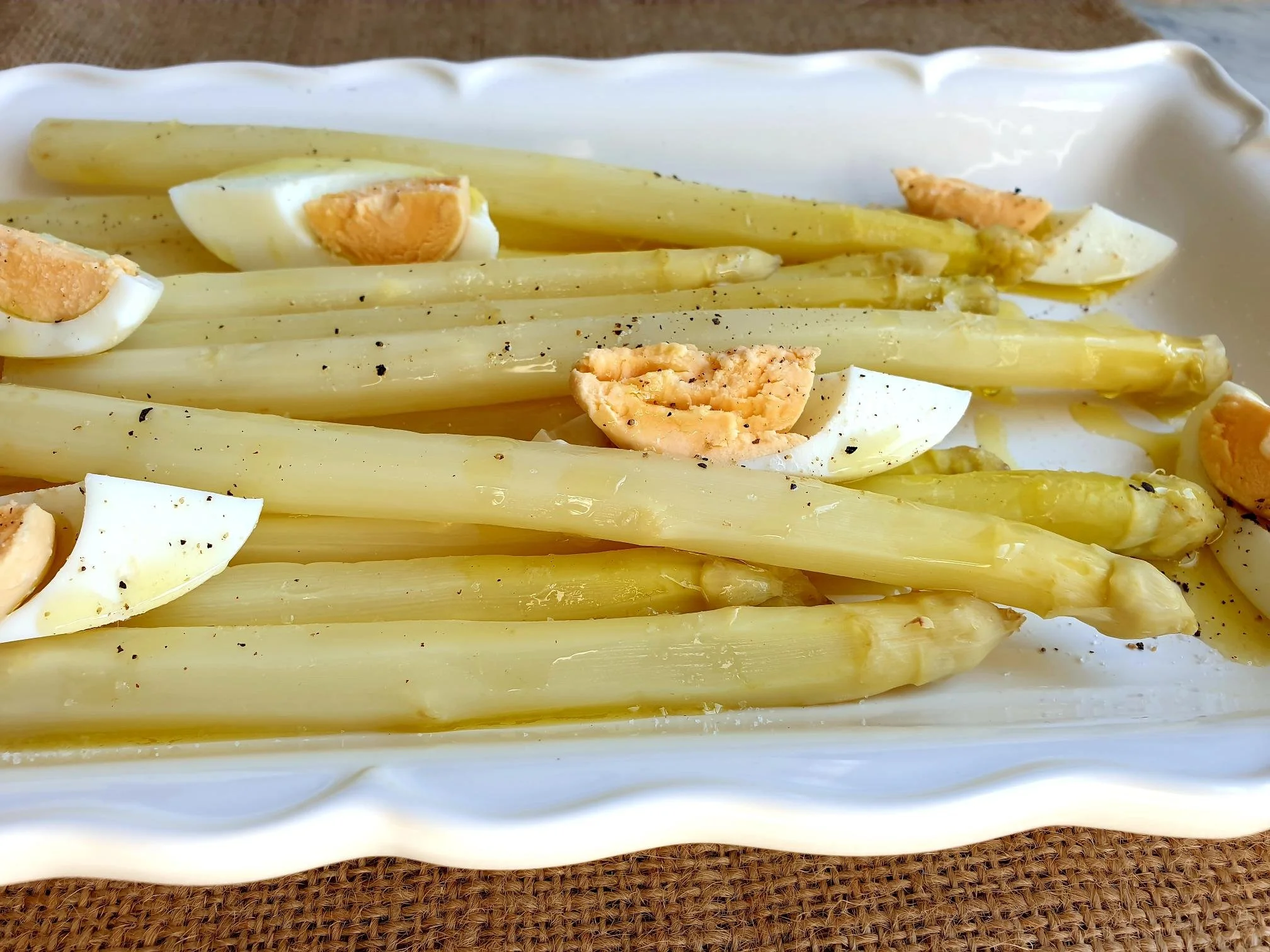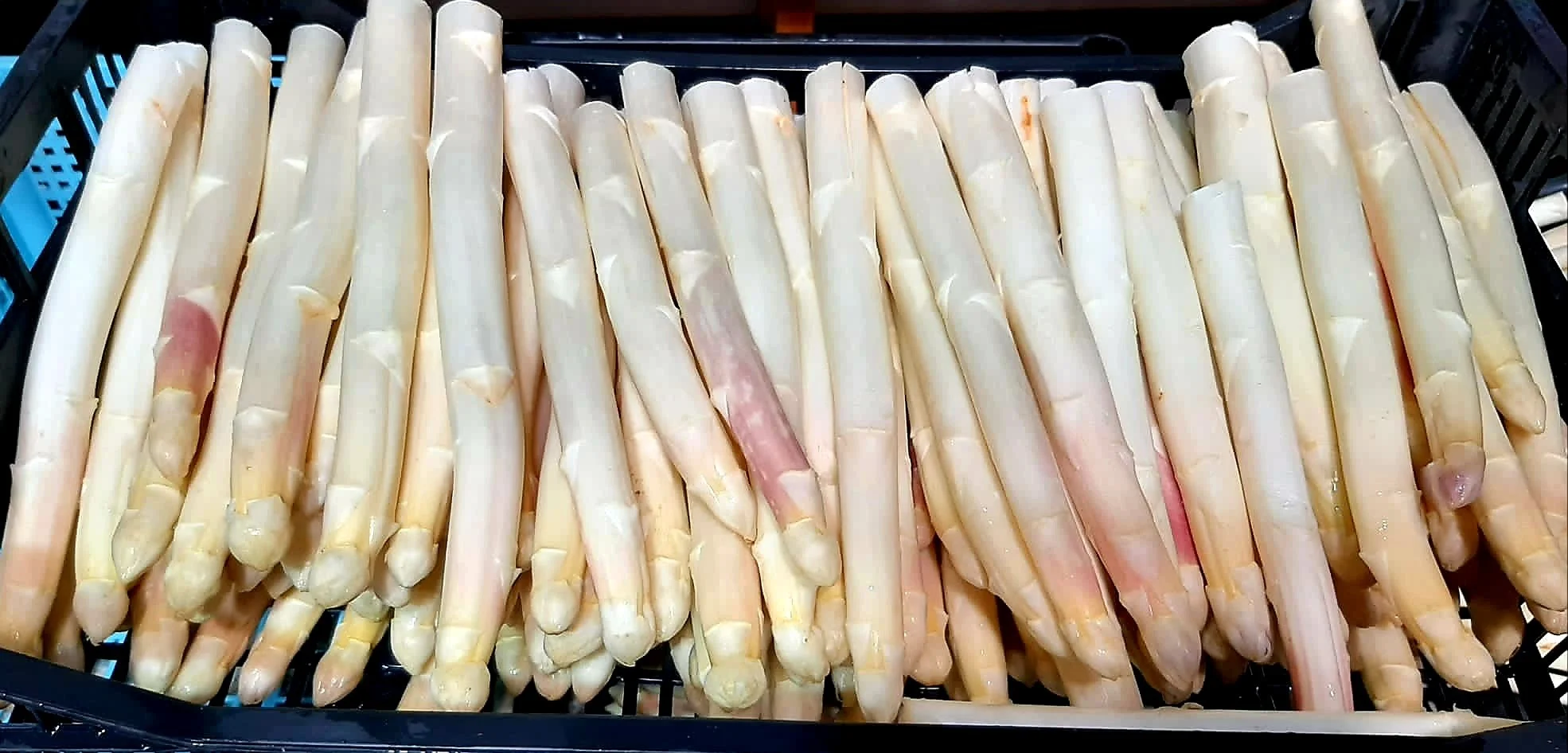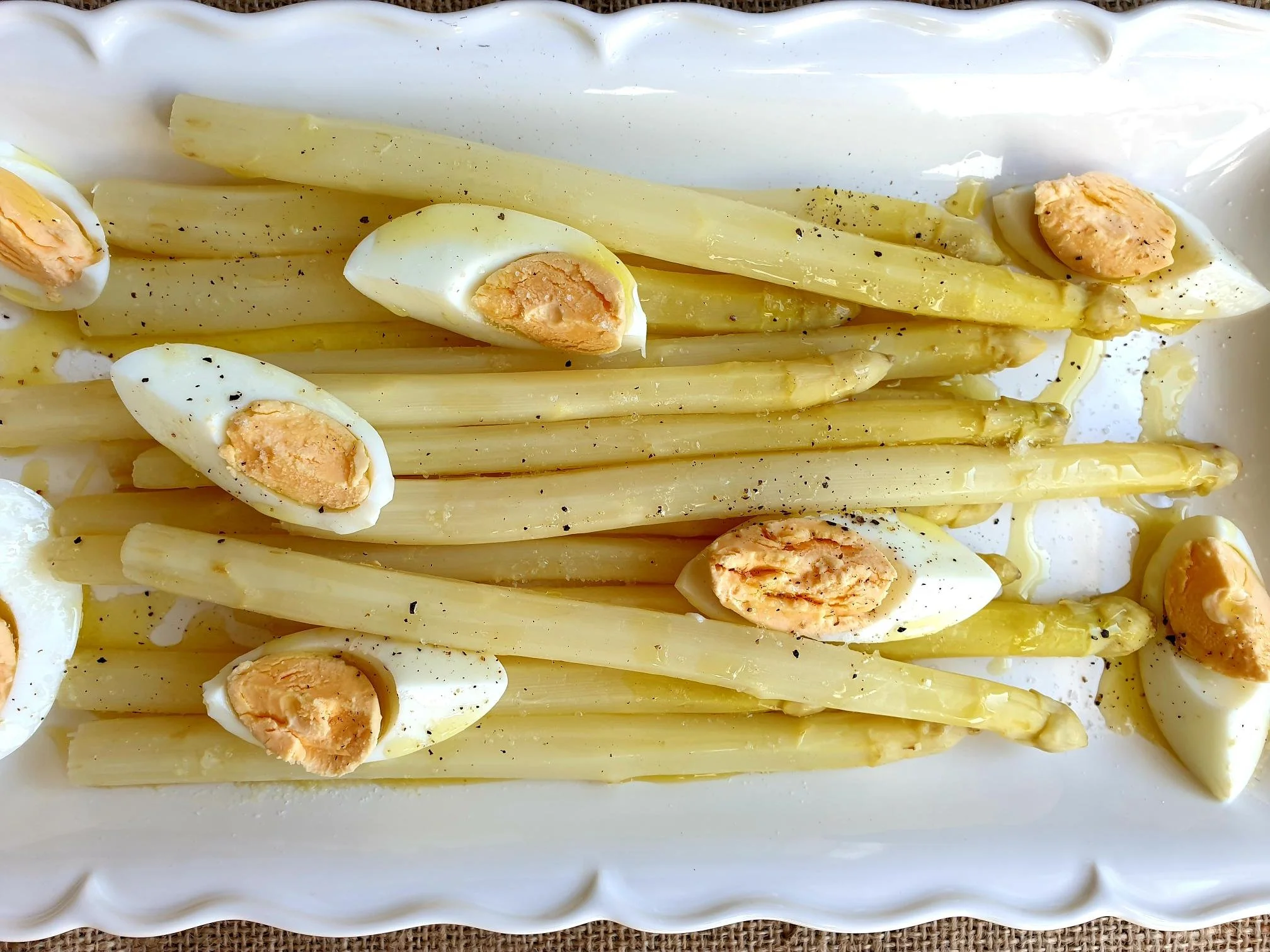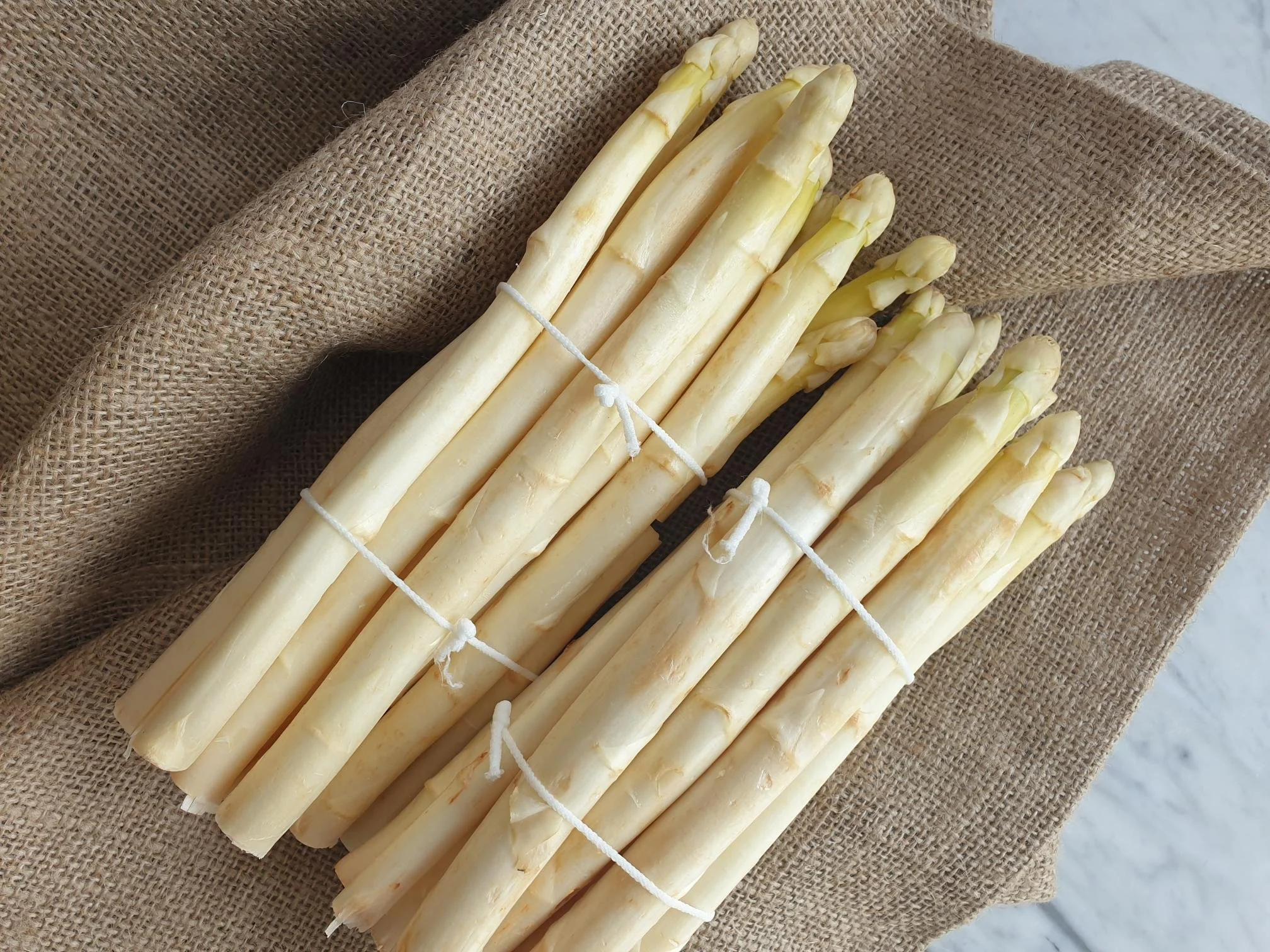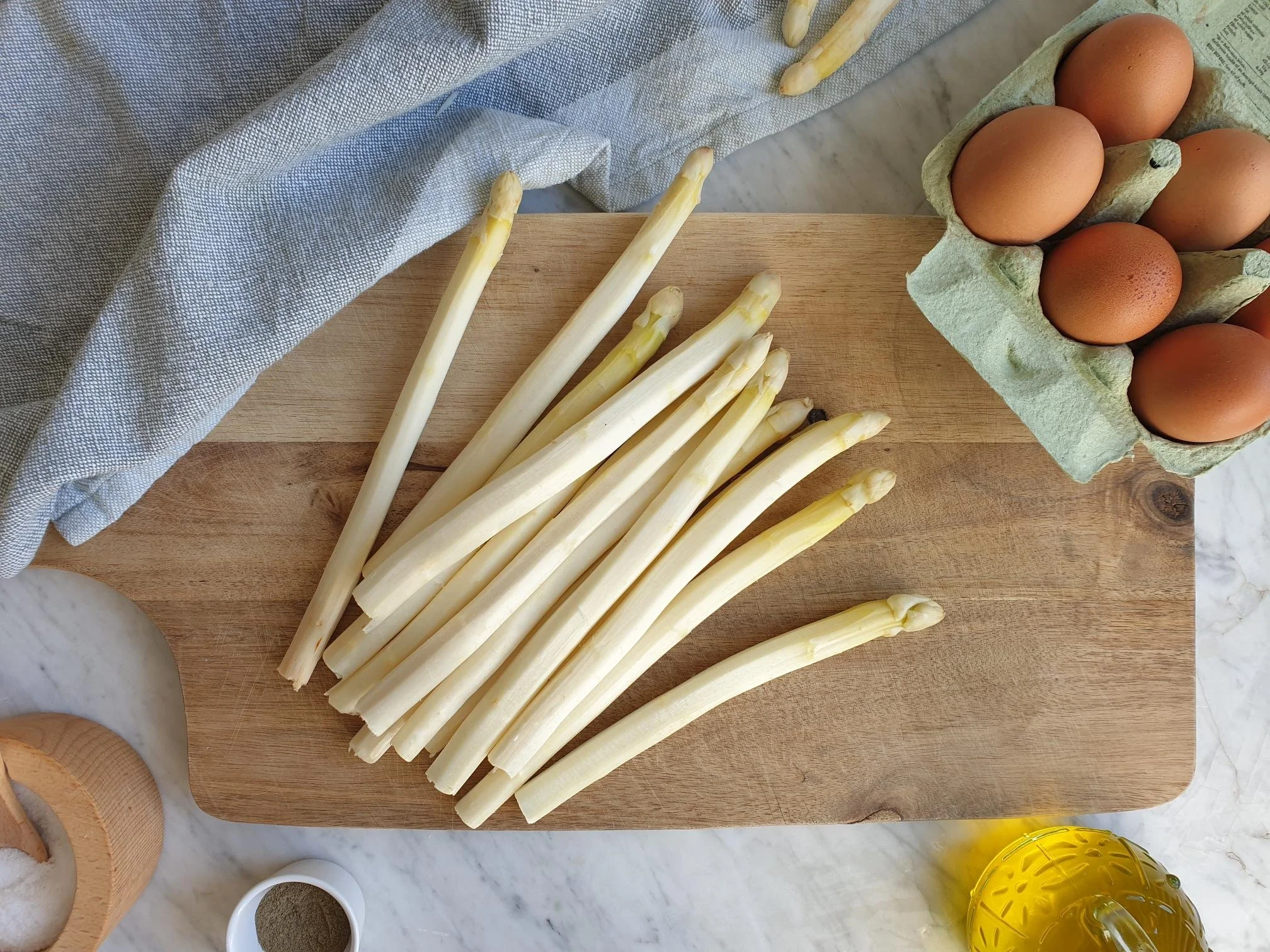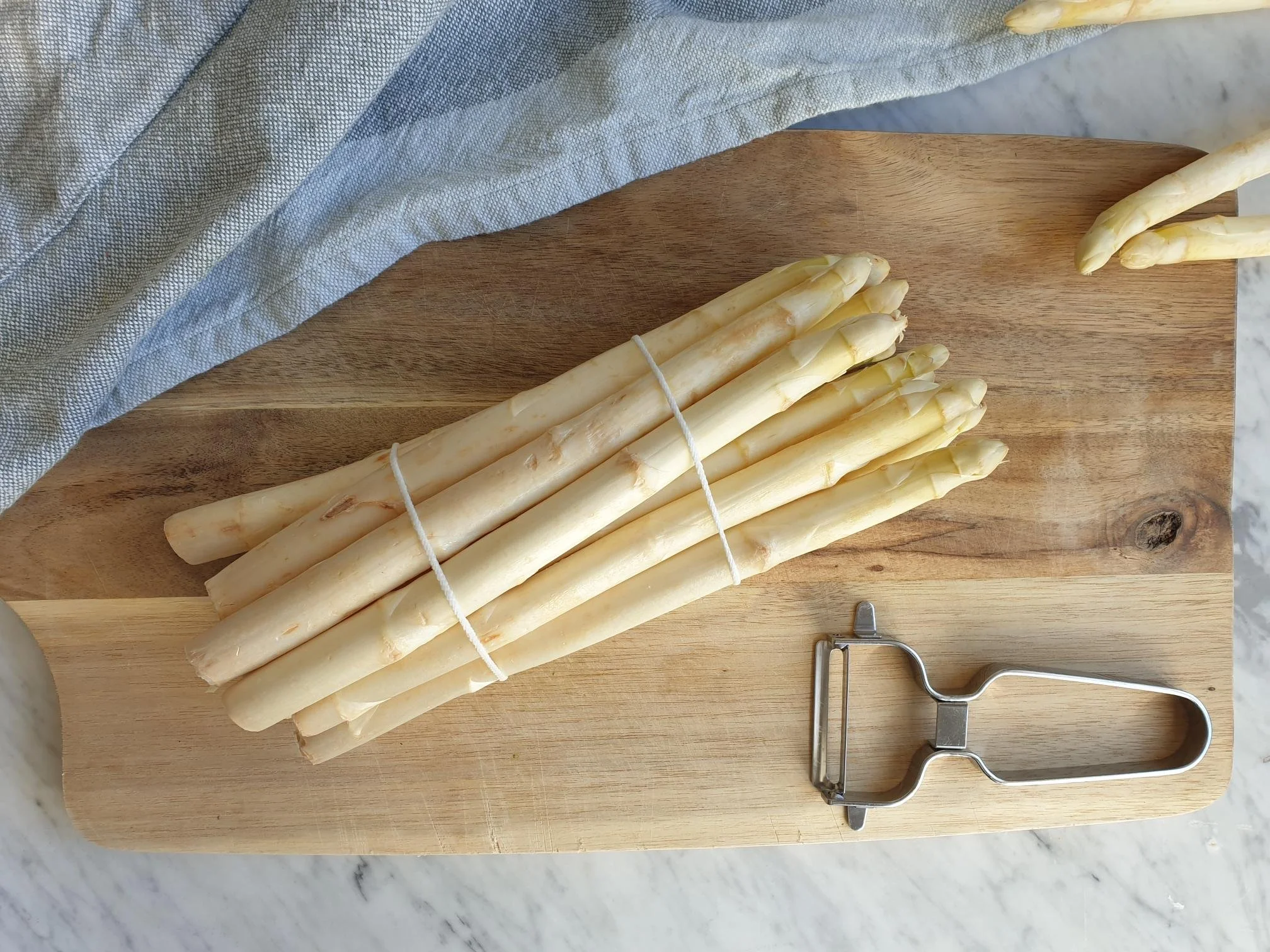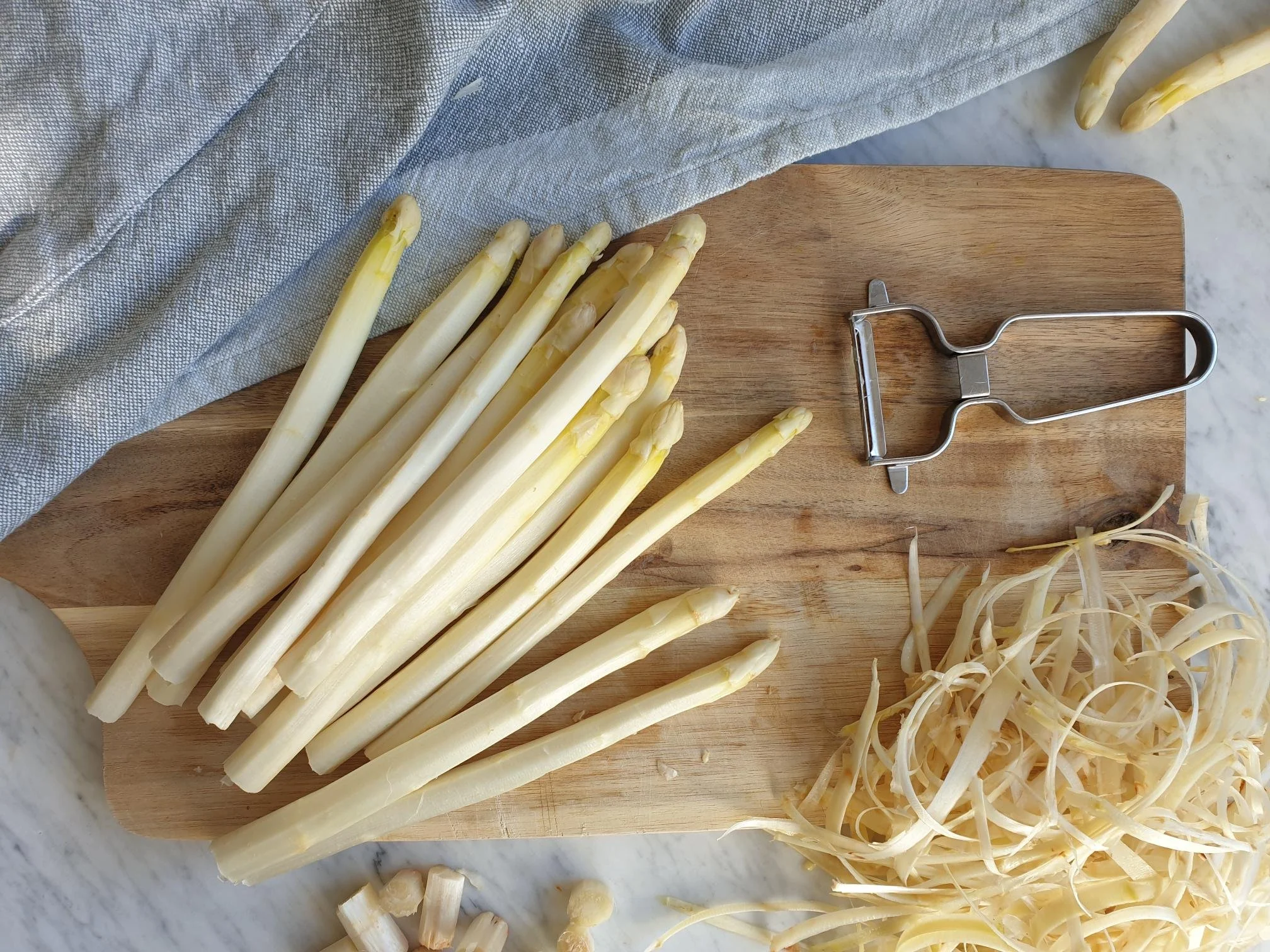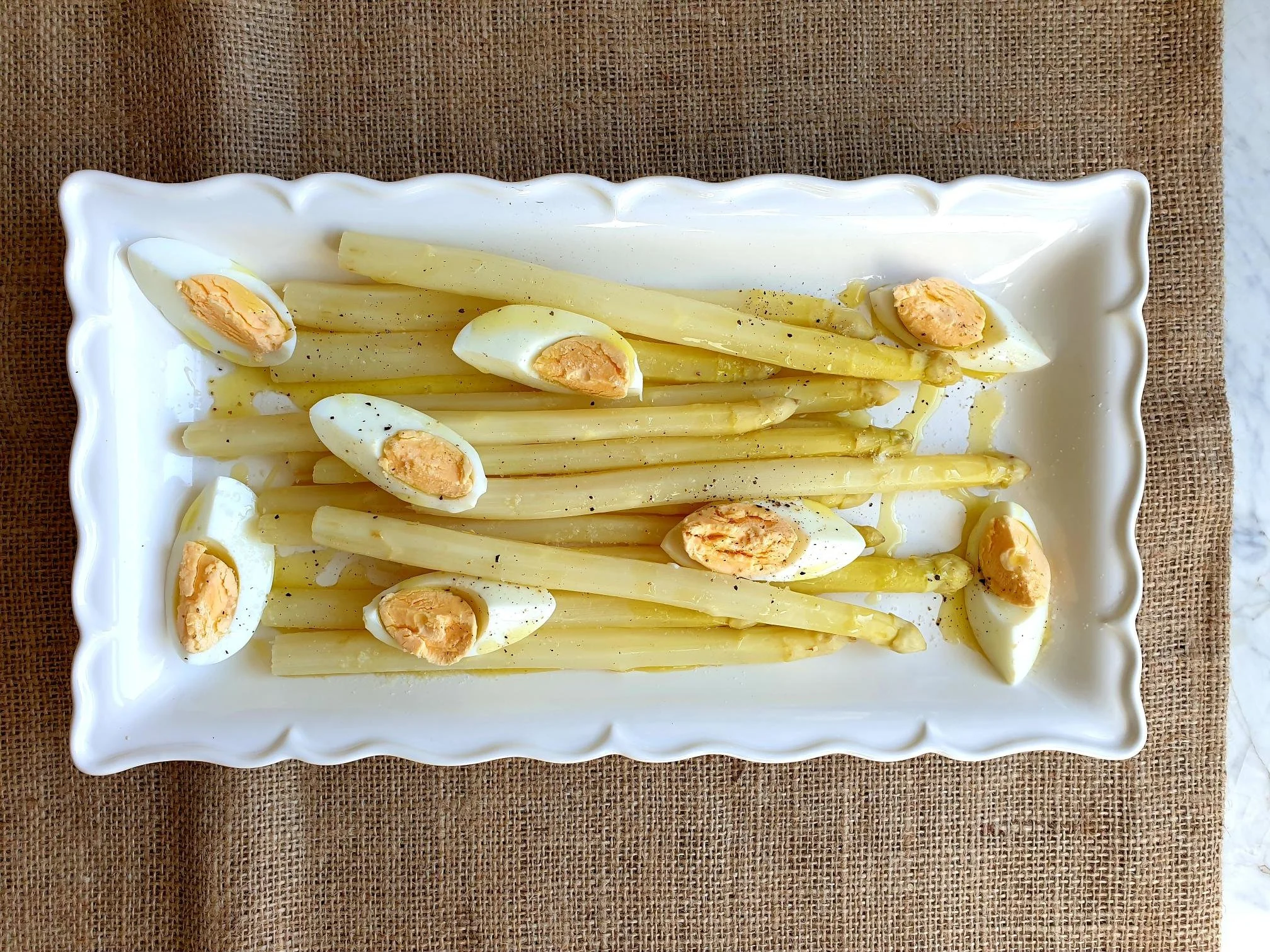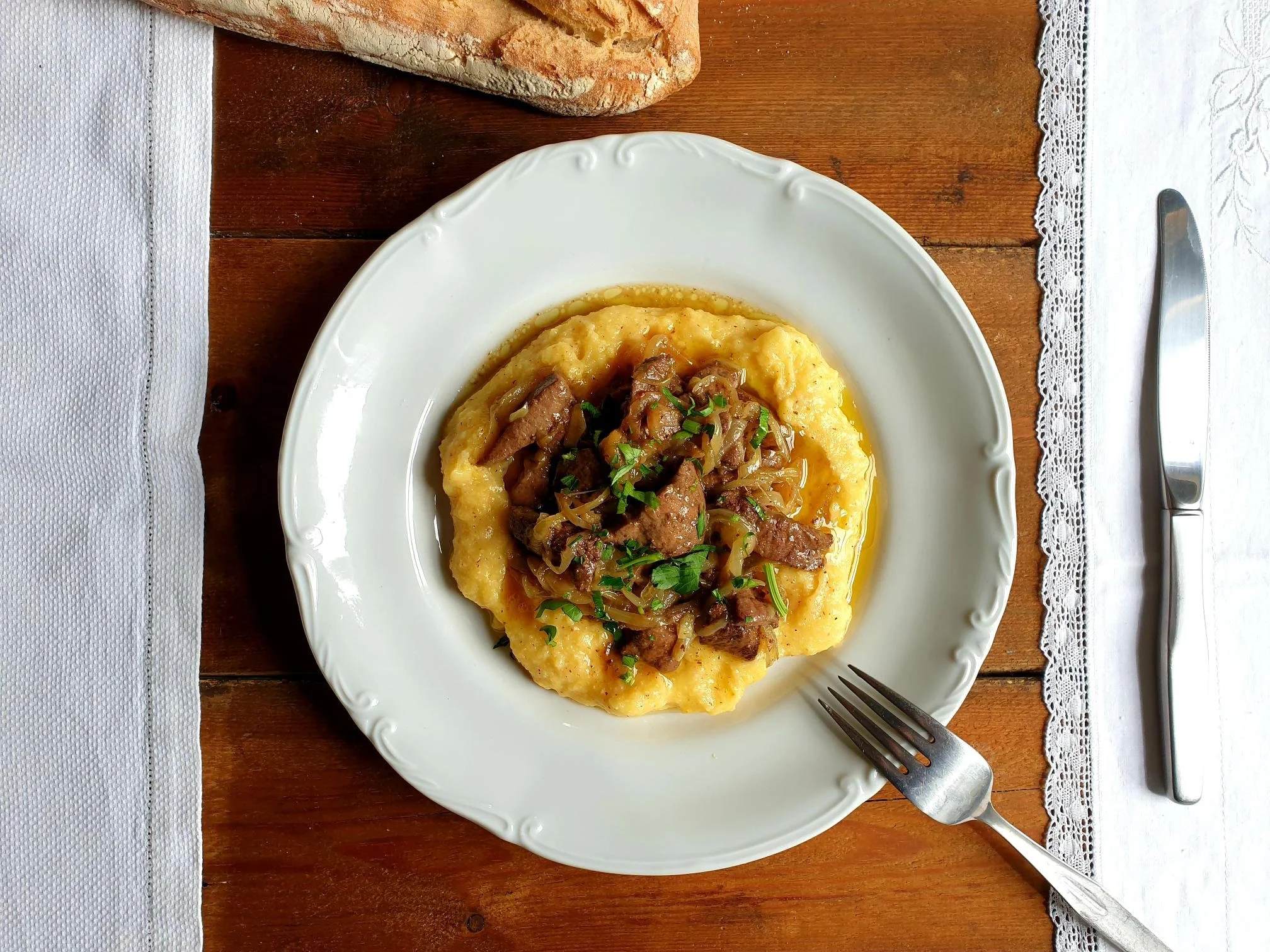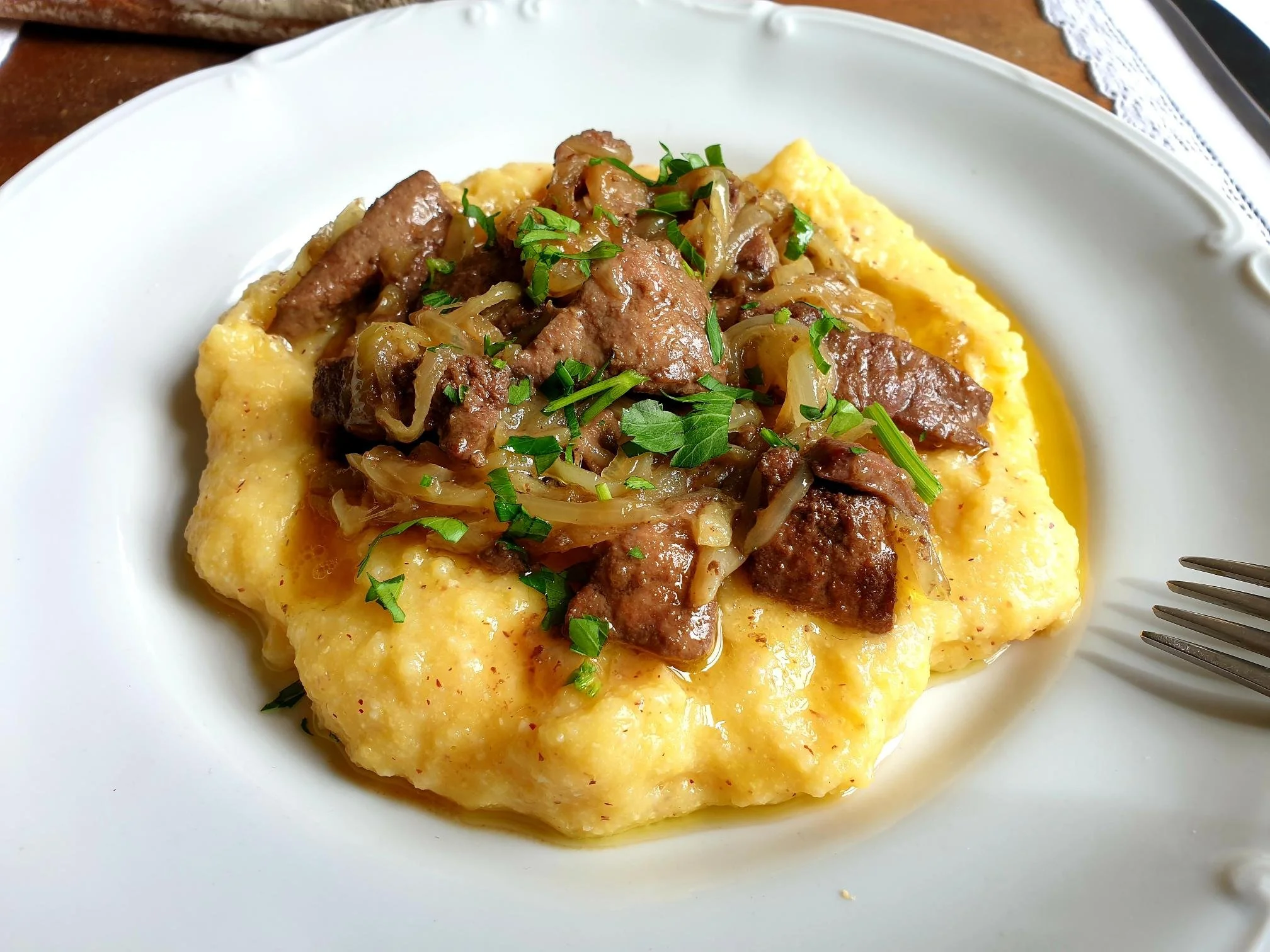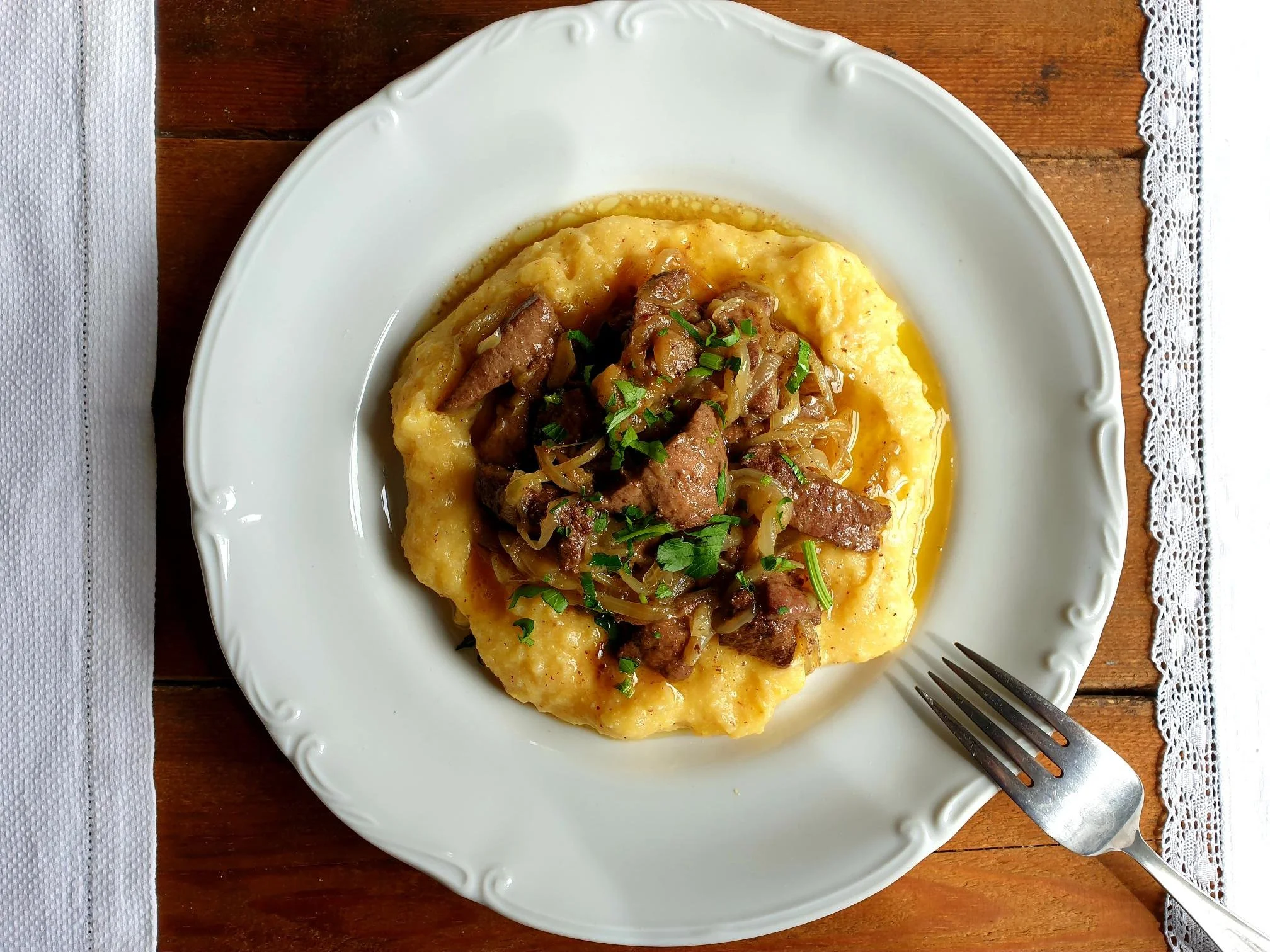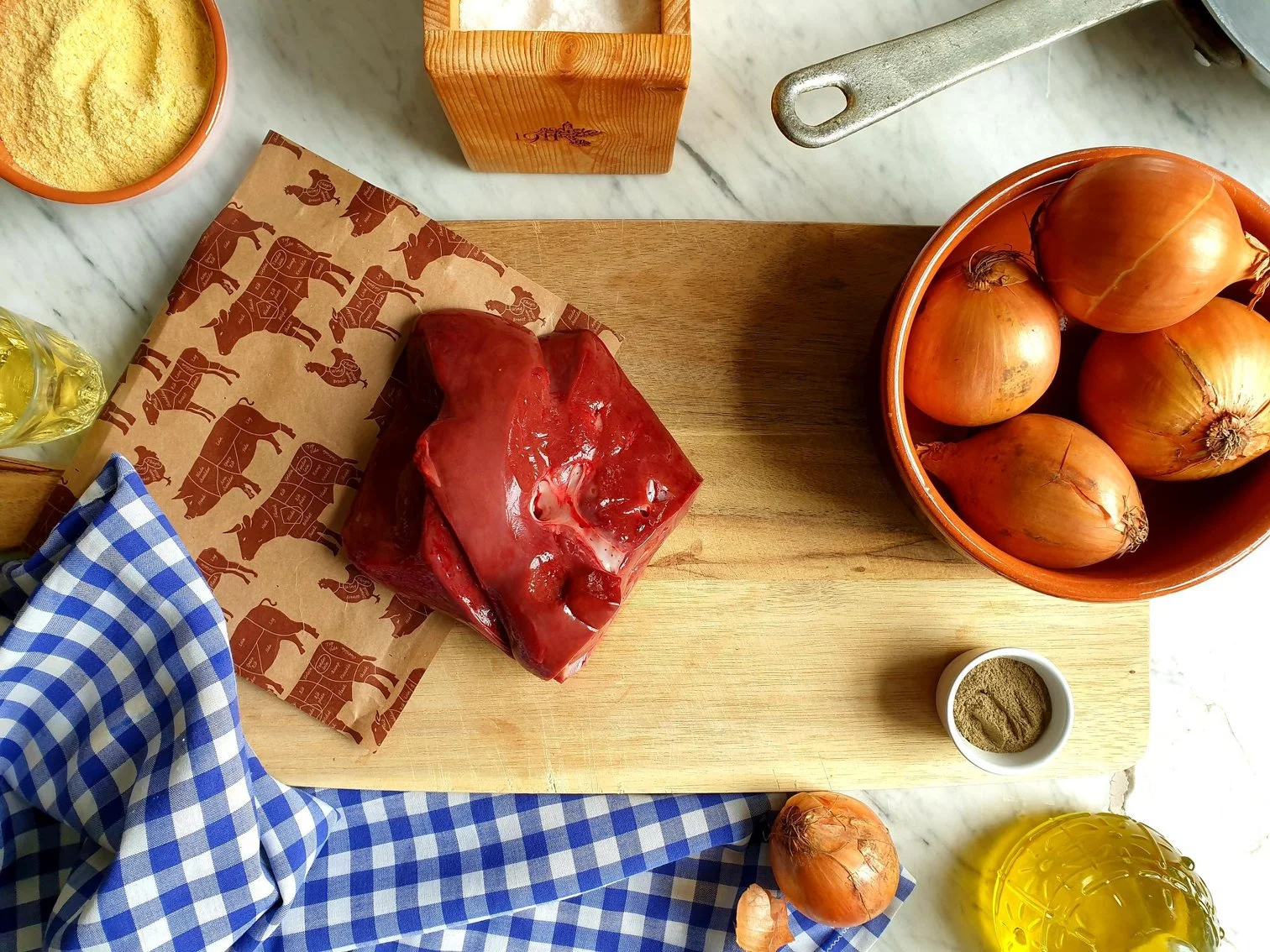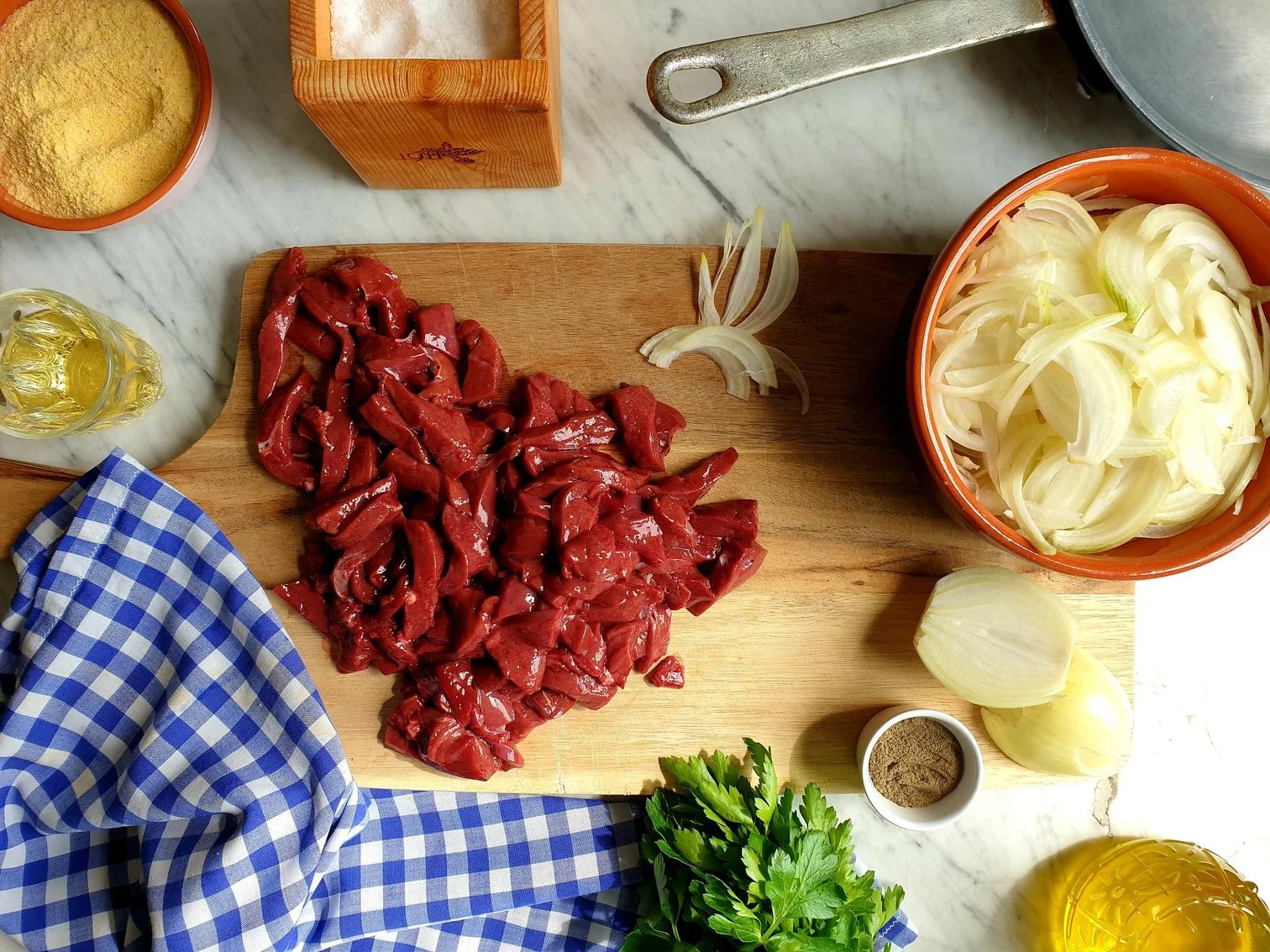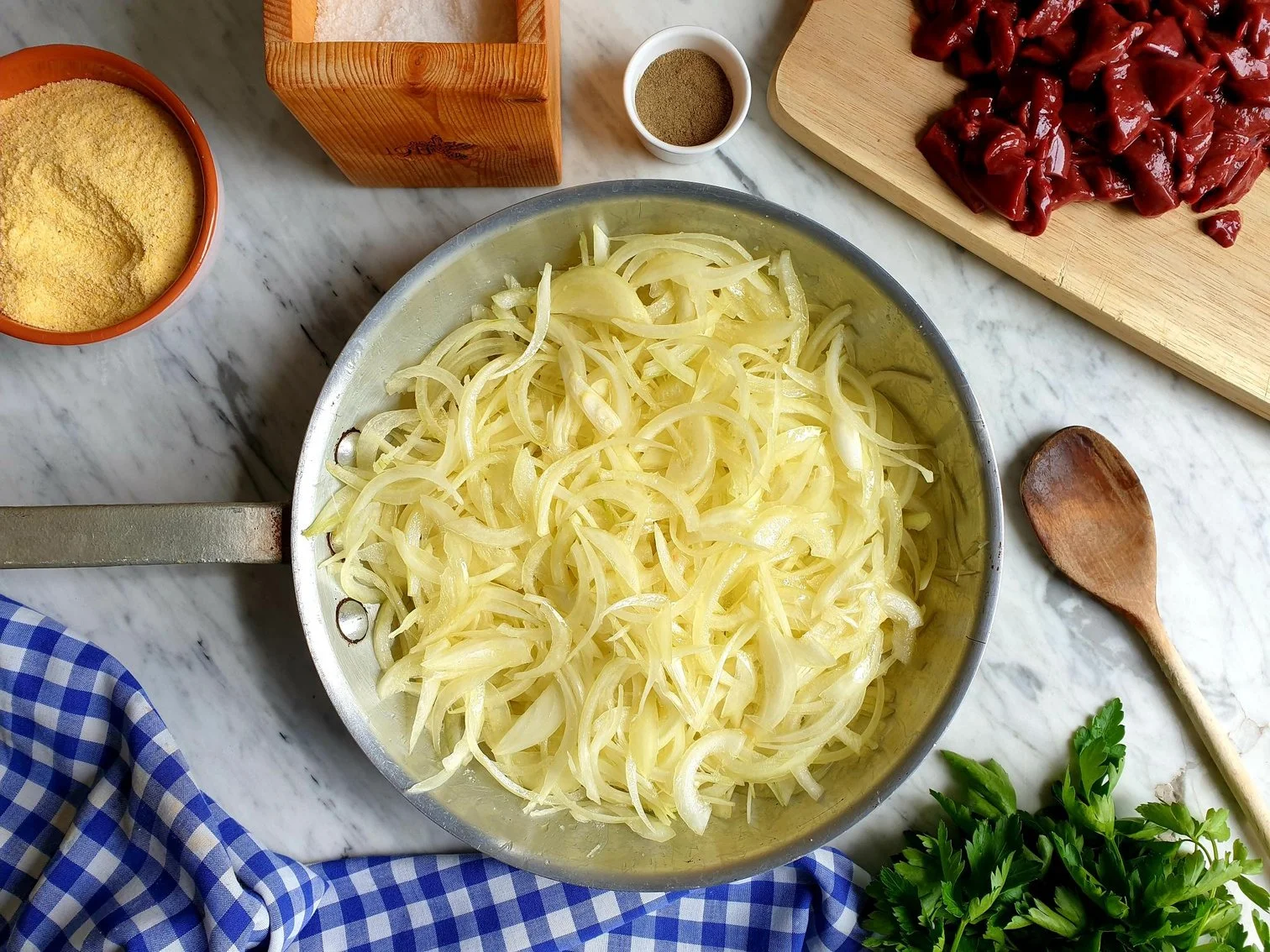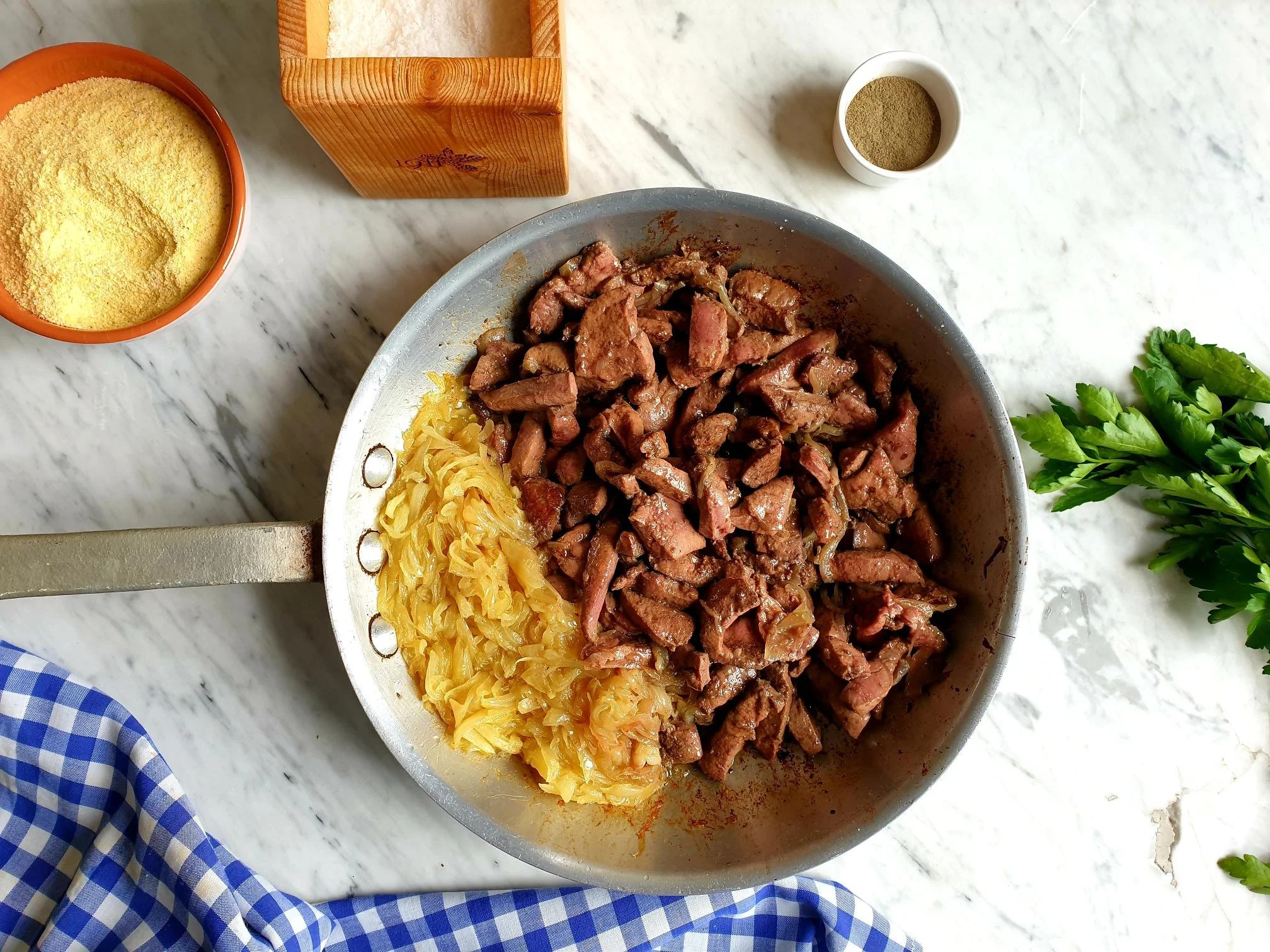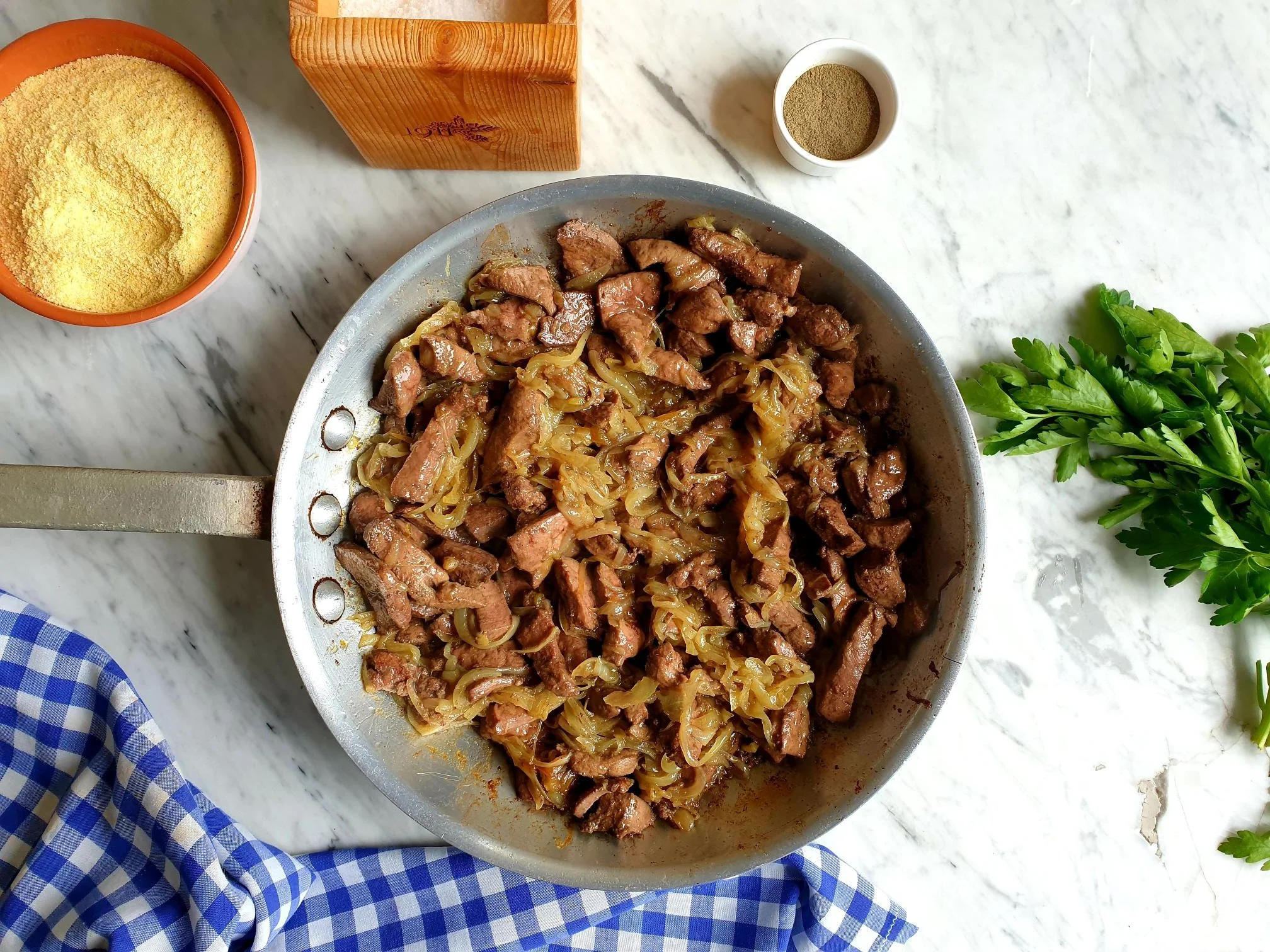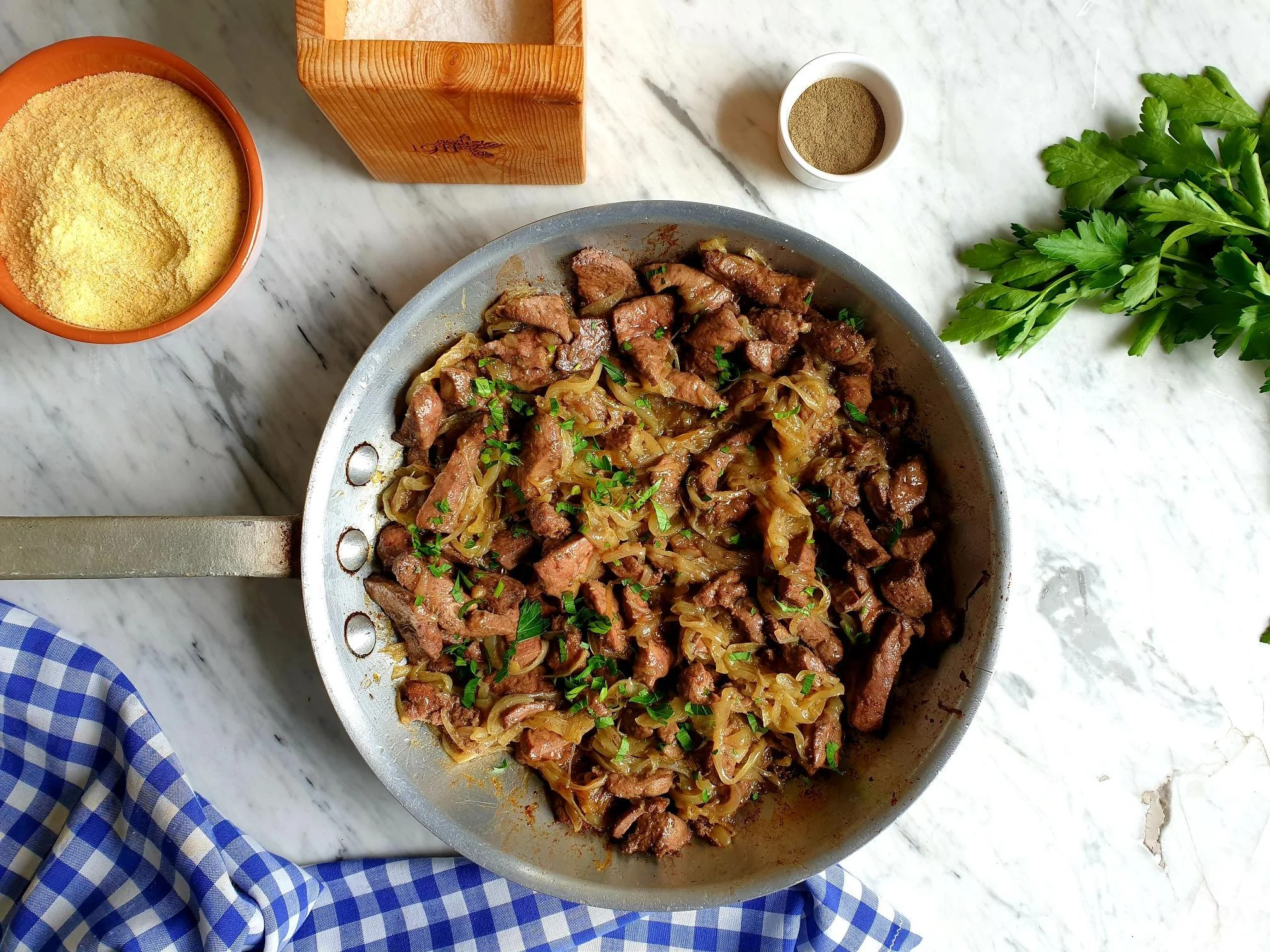Sea Bass Baked in Sea Salt Crust Recipe
Cooking sea bass, or any medium to large fish, covered in sea salt is one of the best ways of preparing it. The crust that forms during the baking helps to seal in the fish juices resulting in the fish meat having a very delicate taste and staying very moist and succulent which makes it incredibly flavoursome and deliciously tender to eat.
Sea salt crust prevents and shelters the fish in the oven from direct heat and allows it to bake evenly without the risk of overbaking it and therefore drying the fish. This recipe is also incredibly healthy as there is no need for additional fats or condiments.
This recipe for sure is a real showstopper and meant for special occasions. When you break the sea salt crust in front of your guests you create a bit of drama and bring a bit of theatre to your meal, it will leave them very impressed indeed!
The recipe has a very cheffy feel to it, but on the contrary to what you might think, the recipe is surprisingly simple.
This simple method of cooking the fish has been widely known and practised in various countries in the Mediterranean. It would have been expensive to prepare this dish, as quite a large amount of salt is needed. The dish would have been reserved as a feast dish for prosperous and wealthy, but it is believed that the recipe originated from the people on a more modest budget living in the areas where sea salt was produced.
This way of cooking is very popular in the Venetian area where preparing the fish this way is traced back before the end of the Roman Empire, during which time the salt pans were fully operating in the lagoon of Venice.
This practice of cooking the fish covered in sea salt crust has been also very popular along the Slovenian coastline since the time when La Serenissima (the Most Serene Republic of Venice) occupied this territory which is also blessed with the presence of the salt pans and the abundance of sea salt.
This recipe is not really suggested as your mid-week dinner. The locals would sometimes prepare the fish baked in sea salt crust in the households to mark and celebrate special occasions, but most of the time it would be enjoyed and ordered as a treat in the restaurants specialised in serving fish and sea food where you can find this dish on the menu in Slovenian as Brancin v soli or in Italian (due to present bilingualism) as Branzino al sale.
I am sharing here my family recipe to enjoy.
Recipe
Ingredients
Serves 2-4 people
2 whole sea bass (each weighing about 400g), clean, gutted and ideally not scaled, however, you can use the fish that has been scaled already. Ask the fishmonger to help you with this task if uncomfortable tackling it yourself.
2kg sea salt
fresh rosemary or parsley sprigs, optional
pepper, optional
Method
Preheat the oven to 180 °C.
Gut and clean the fish.
Rinse well the fish inside and out under cold running water and pat dry with kitchen paper.
If you wish you can stuff the inside of the fish belly (cavity) with fresh spring of parsley or rosemary and season with pepper.
Prepare the salt mixture to make the salt crust by putting the sea salt in a bowl and add enough water (about 100ml but you might need a bit more) so the mixture is wet and moist enough to be moulded. A bit like the sand on the beach when you are trying to build a sandcastle, if the sand is too dry or too wet you cannot shape it.
The principal for making sea salt mixture is similar, use a little bit of your judgment how much water you should use.
Line a baking tray (large enough to fit the fish comfortably) with baking parchment.
Put half of the salt mixture into a lined baking tray and flatten to make a bed for the fish.
Place the fish on top.
Cover completely with the remaining salt mixture.
Press with your hands to mould and seal.
Bake in the oven for about 50 minutes, or until the crust is crisp and lightly golden.
Remove the fish from the oven and bring it to the table in its crust.
Carefully crack the salt crust, remove it from the fish and discard.
Peel and remove the skin from the fish and discard that too.
Brush off any excess salt to avoid getting on to the fish.
Flake the fish from the bone in large pieces and place them onto a serving plate.
Spoon over a simple green sauce made with olive oil and finely chopped fresh parsley, and serve with some boiled new potatoes, spinach or chard with garlic and olive oil, salad, creamed spinach, bean salad, green beans salad, peperonata Istrian style.
Just a thought
You can stuff the cavity of the fish with herbs of your preference like fresh parsley, rosemary or thyme, or garlic and a slice of lemon, or a combination.












